Master culinary photography and storytelling, creating visually impactful food narratives with techniques in lighting, composition, and style
Discover the art of visual storytelling through culinary photography with this comprehensive specialization. Designed for photographers and content creators, this program guides you through mastering food photography, from basic lighting to complex conceptual compositions. Transform simple dishes into impactful visual narratives by learning essential techniques that evoke emotion and authenticity. Whether it's for artistic expression or commercial purposes, you'll develop a personal style that captivates audiences across various platforms.
Led by a diverse group of industry experts, including Adrian Mueller, Kimberly Espinel, Nia and Kyle, Gerard + Belevender, Colors Collective, and Victoria Granof, this specialization offers a unique blend of technical skill and creative exploration. Delve into natural light photography, Instagram-ready food styling, dynamic floating effects, and more. Each instructor brings their expertise, providing you with the tools to craft compelling food stories that resonate deeply with viewers. Embark on this creative journey to elevate your photography skills and discover new perspectives in the world of culinary art.
What will you learn in this specialization?

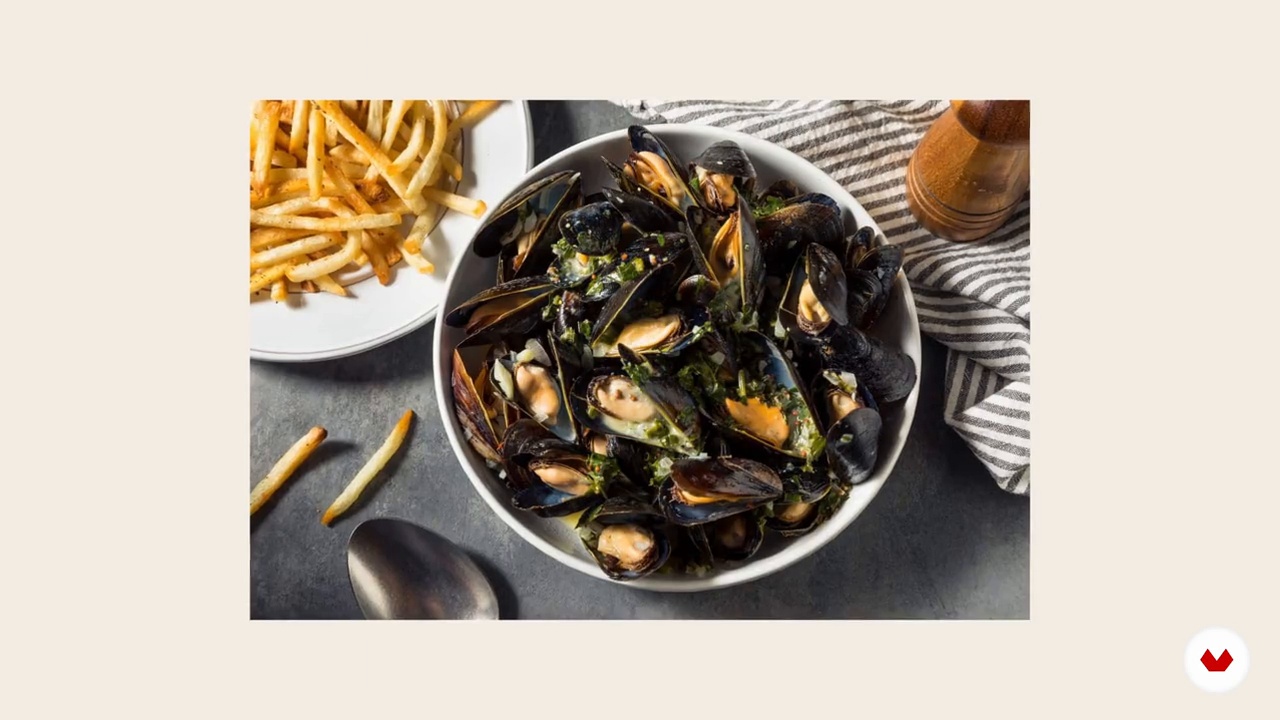
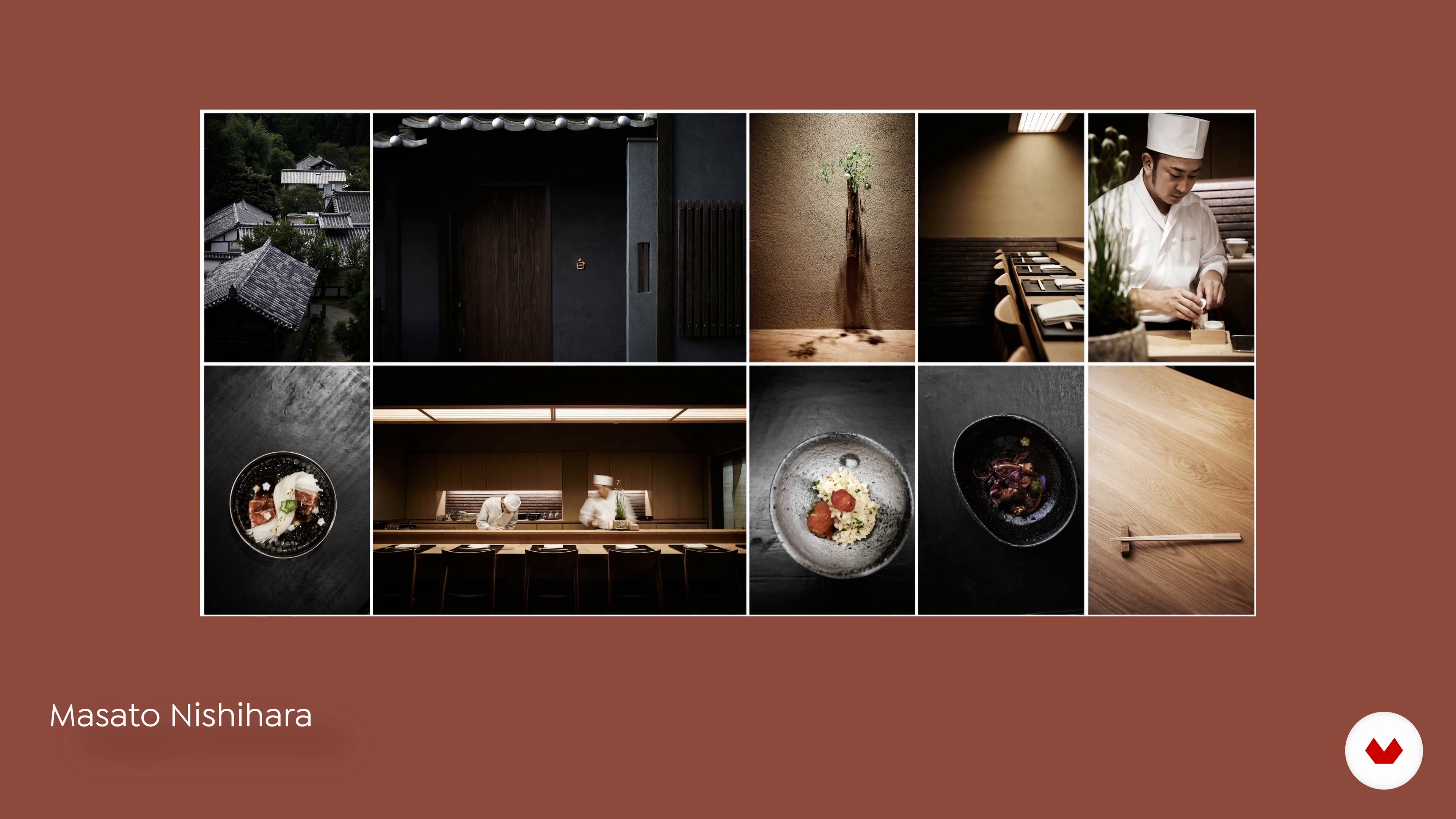
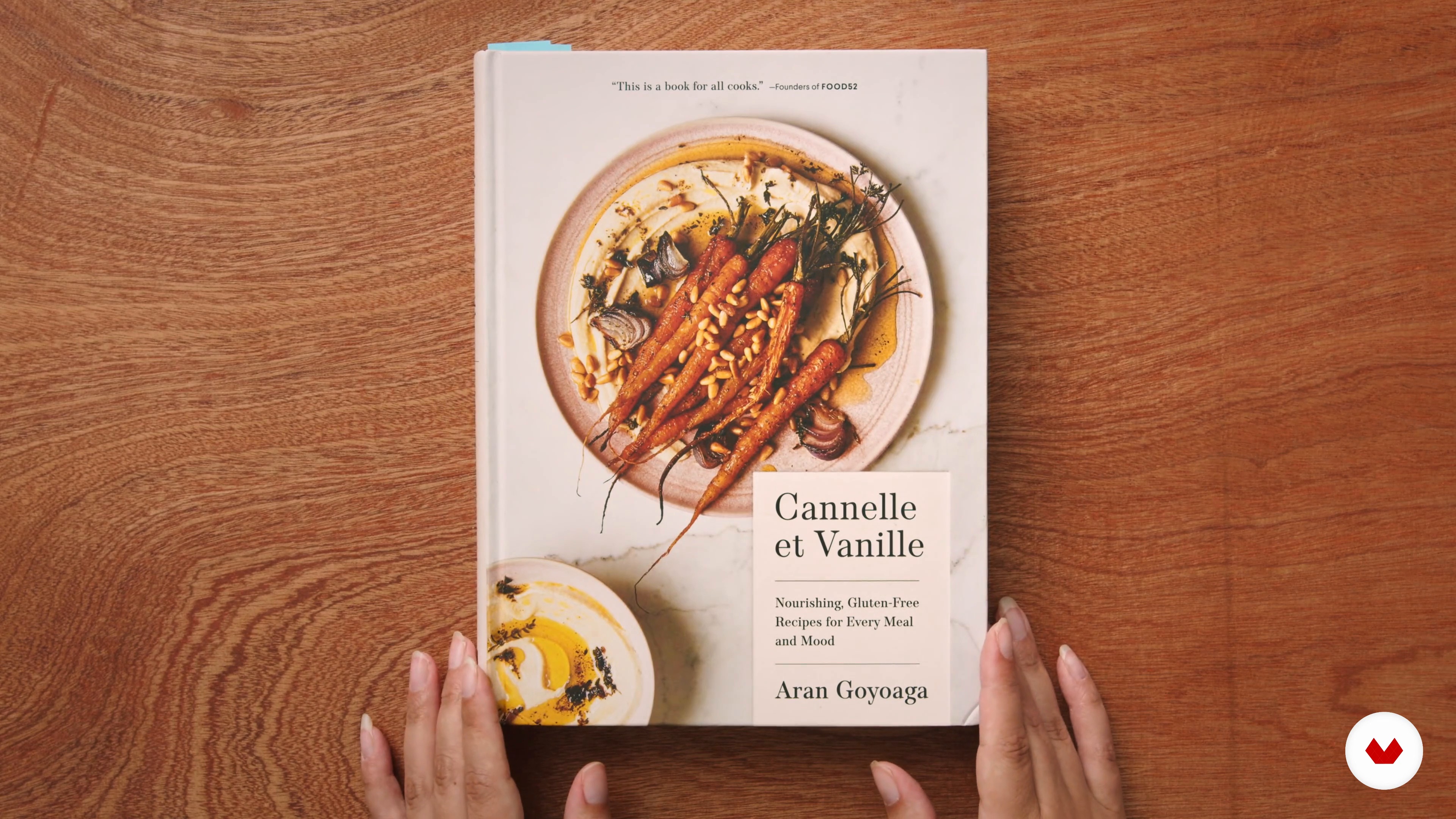
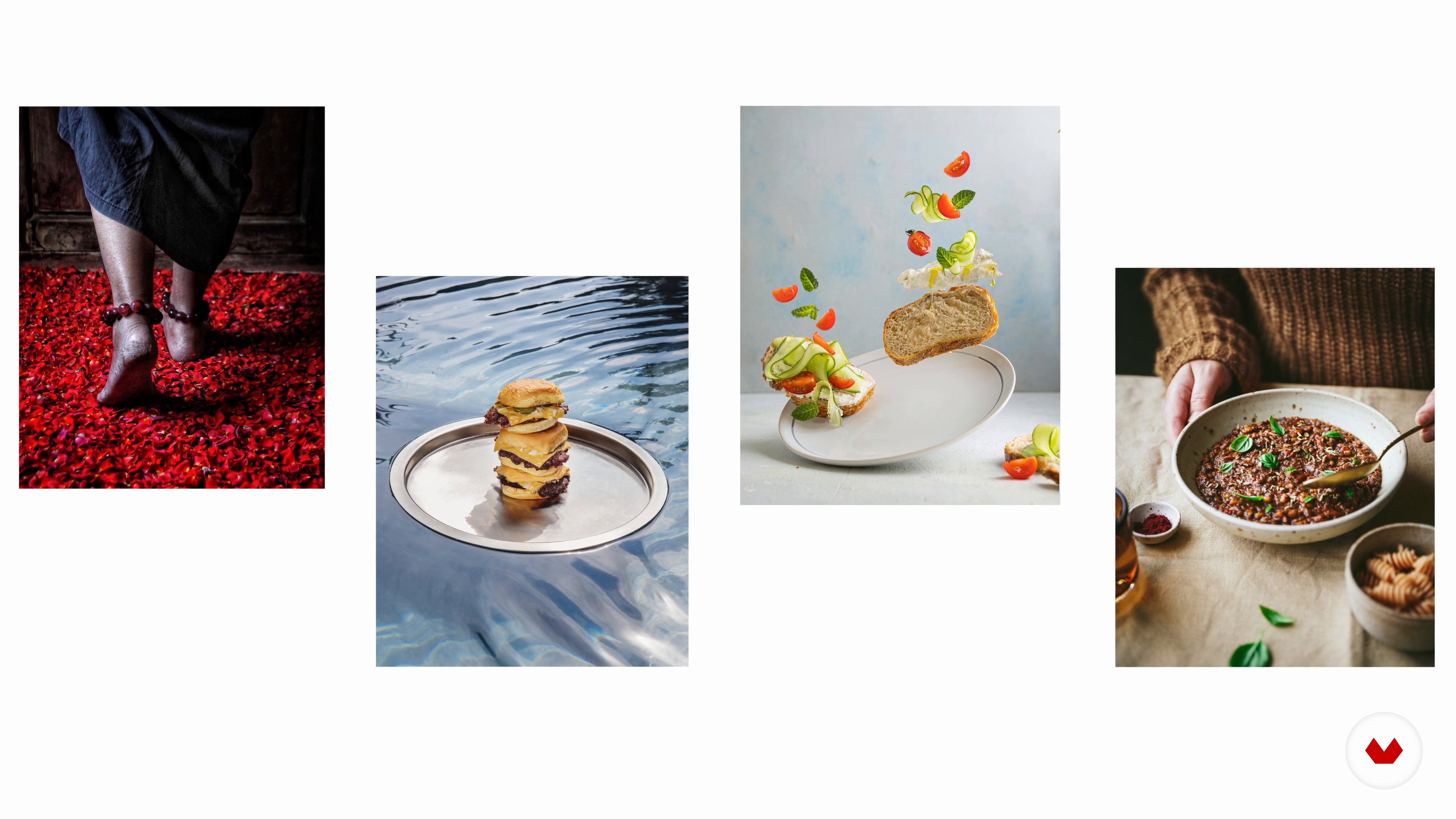
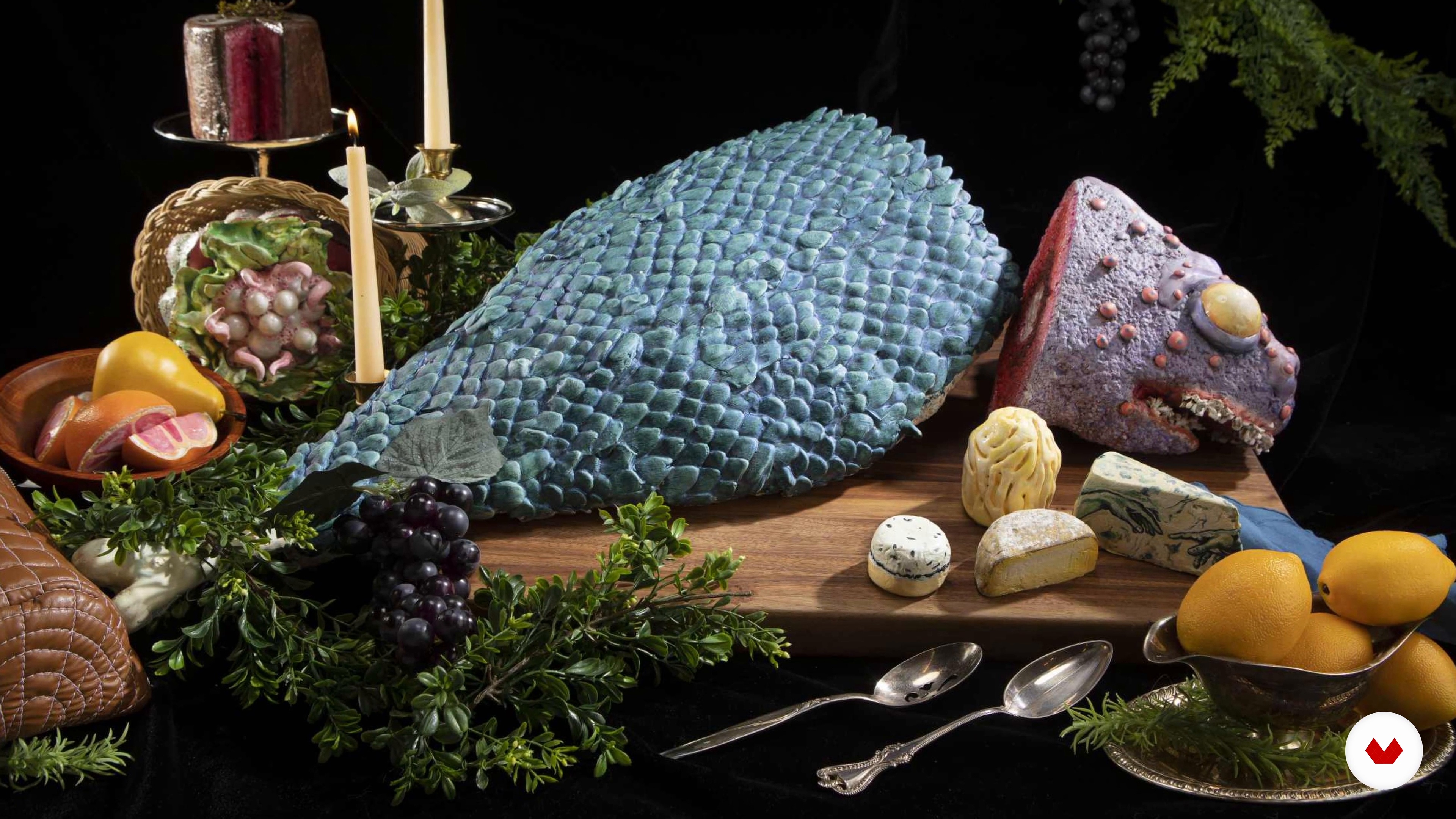
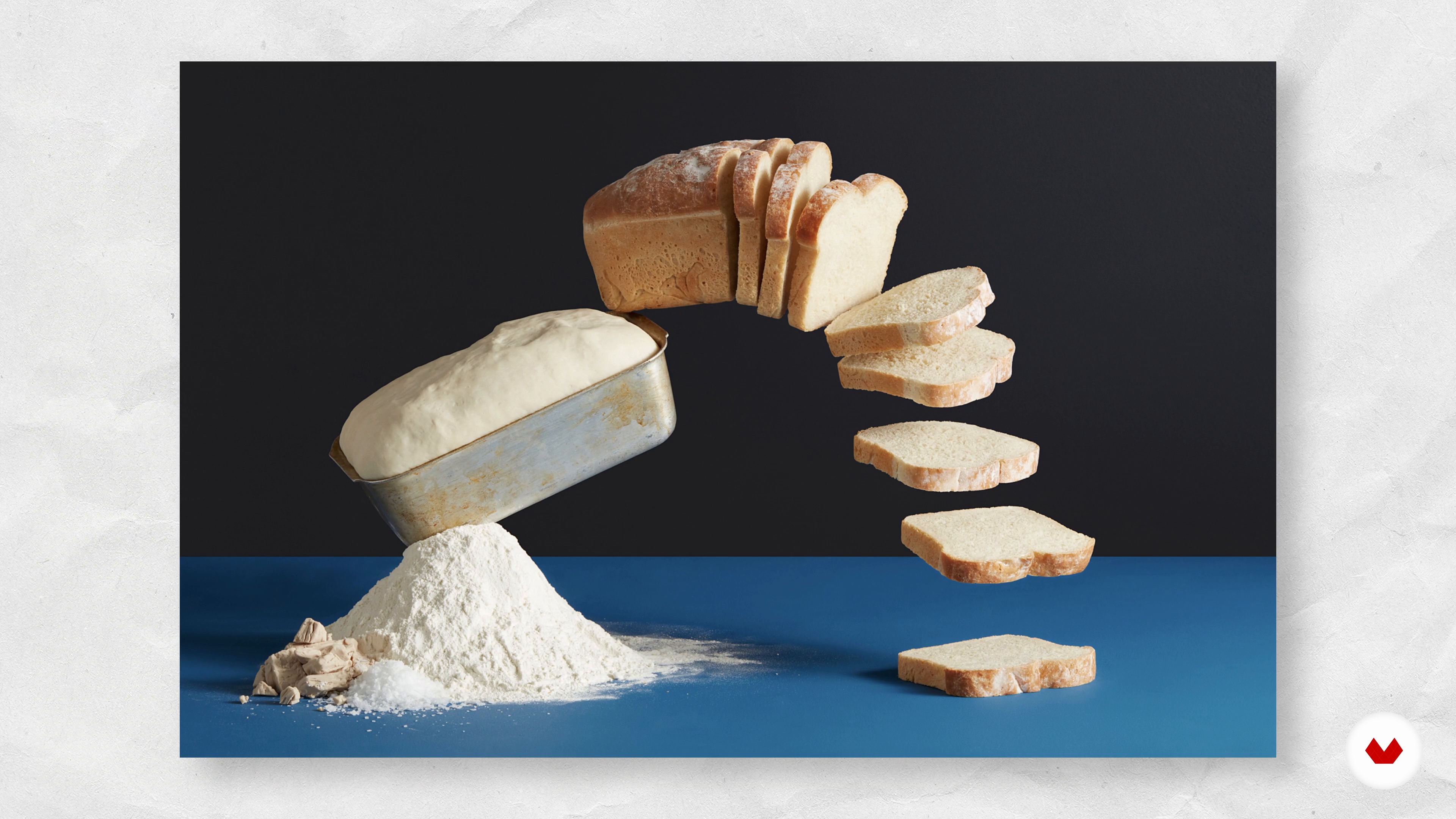
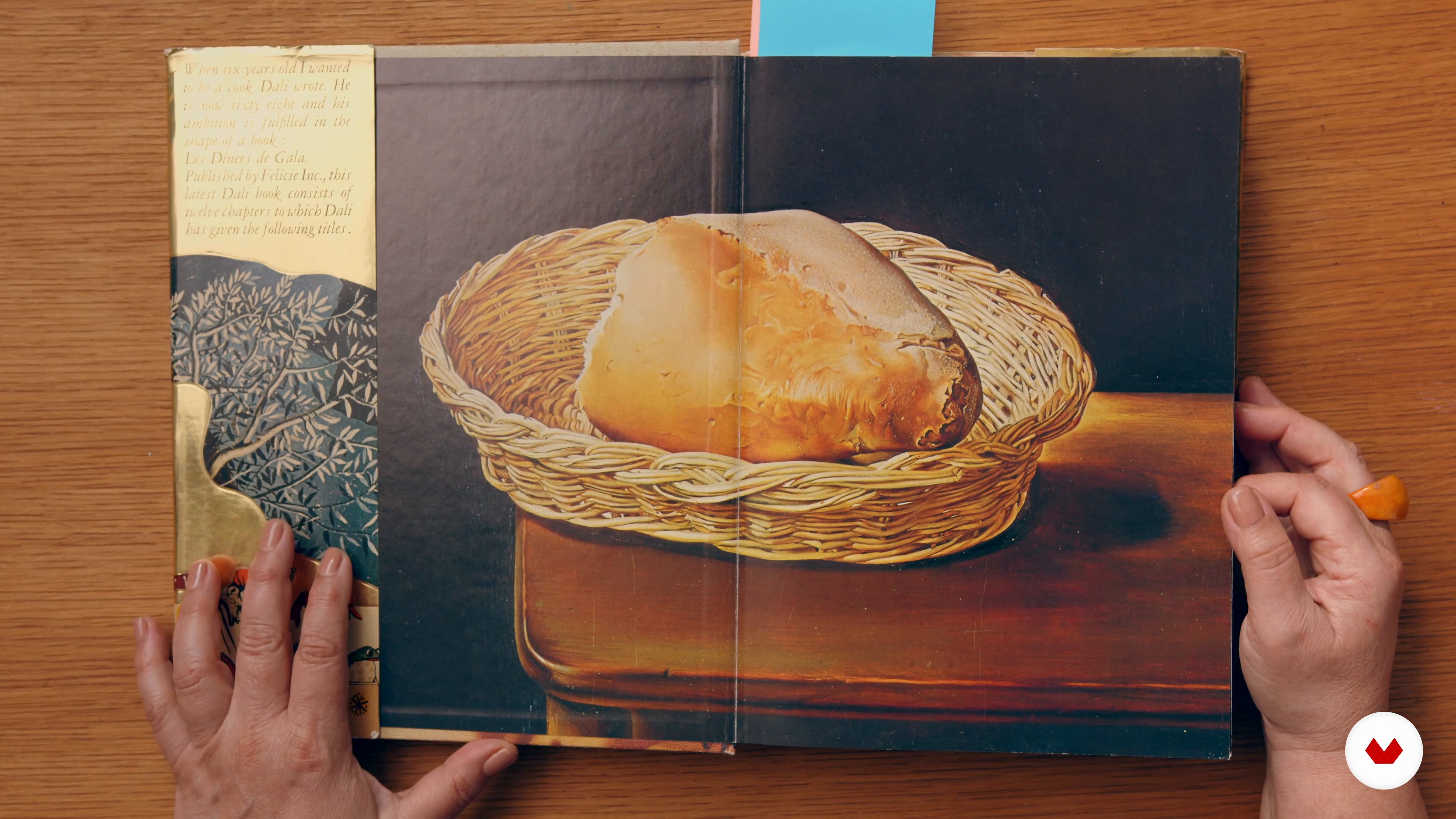

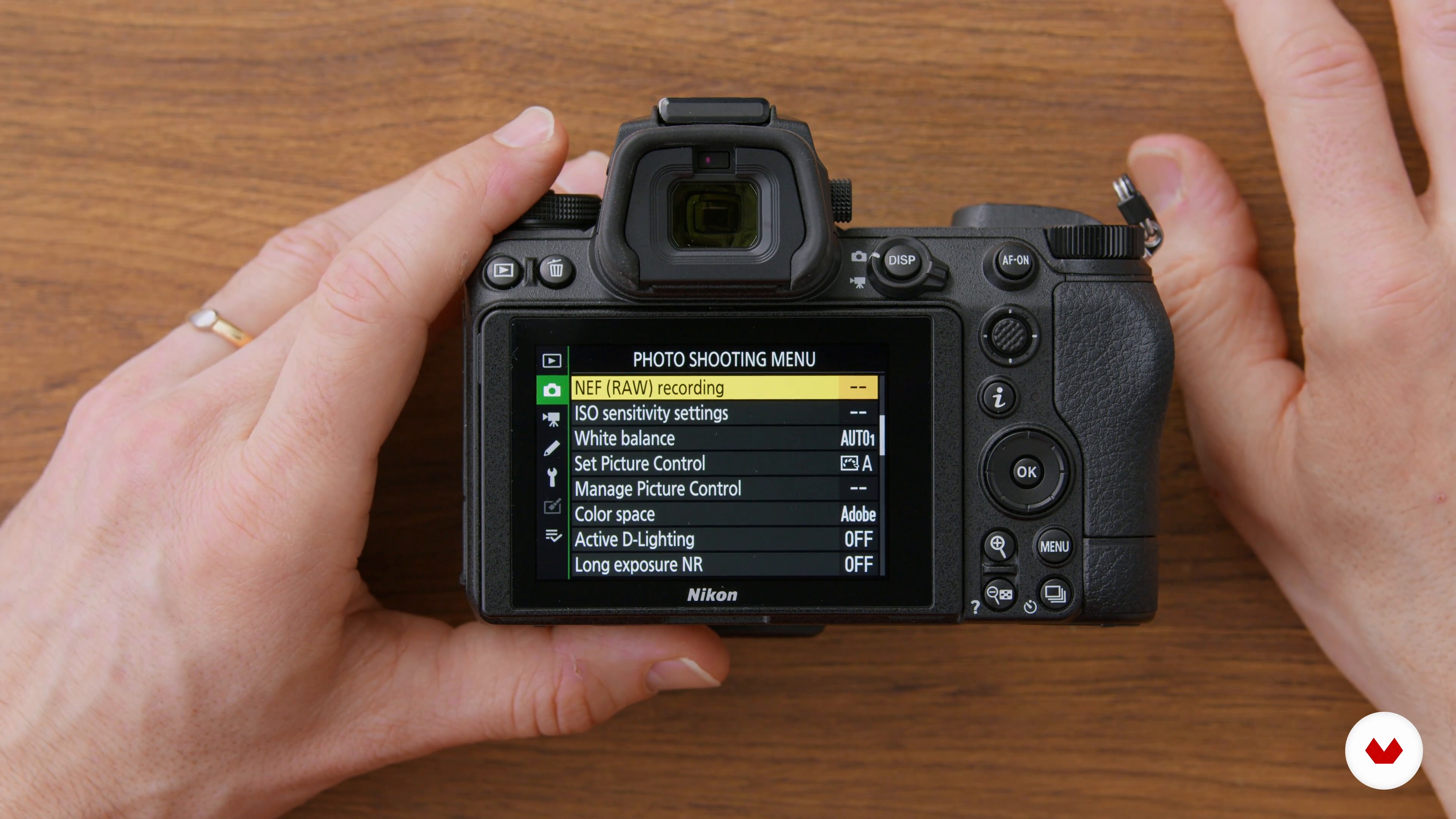
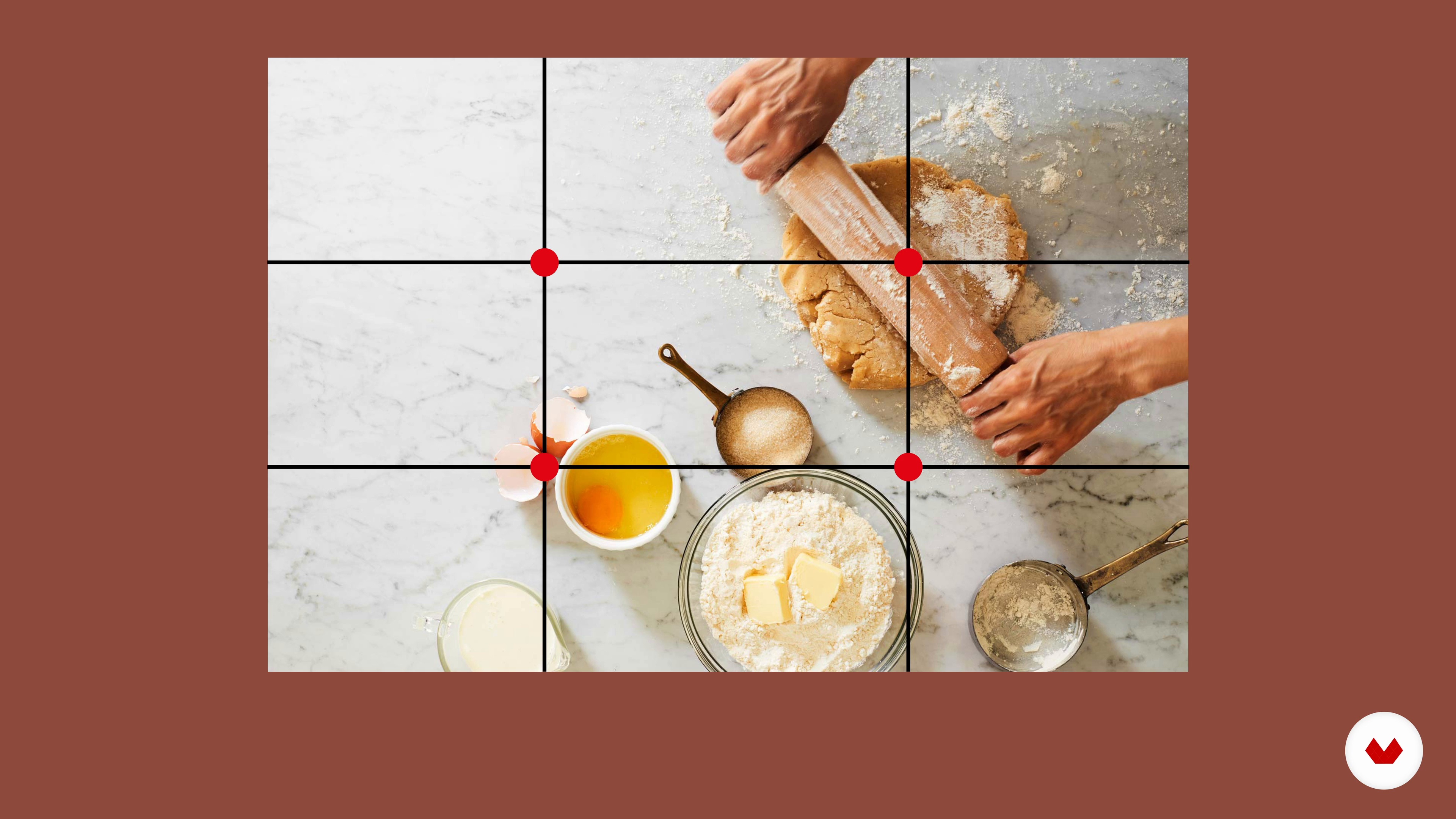
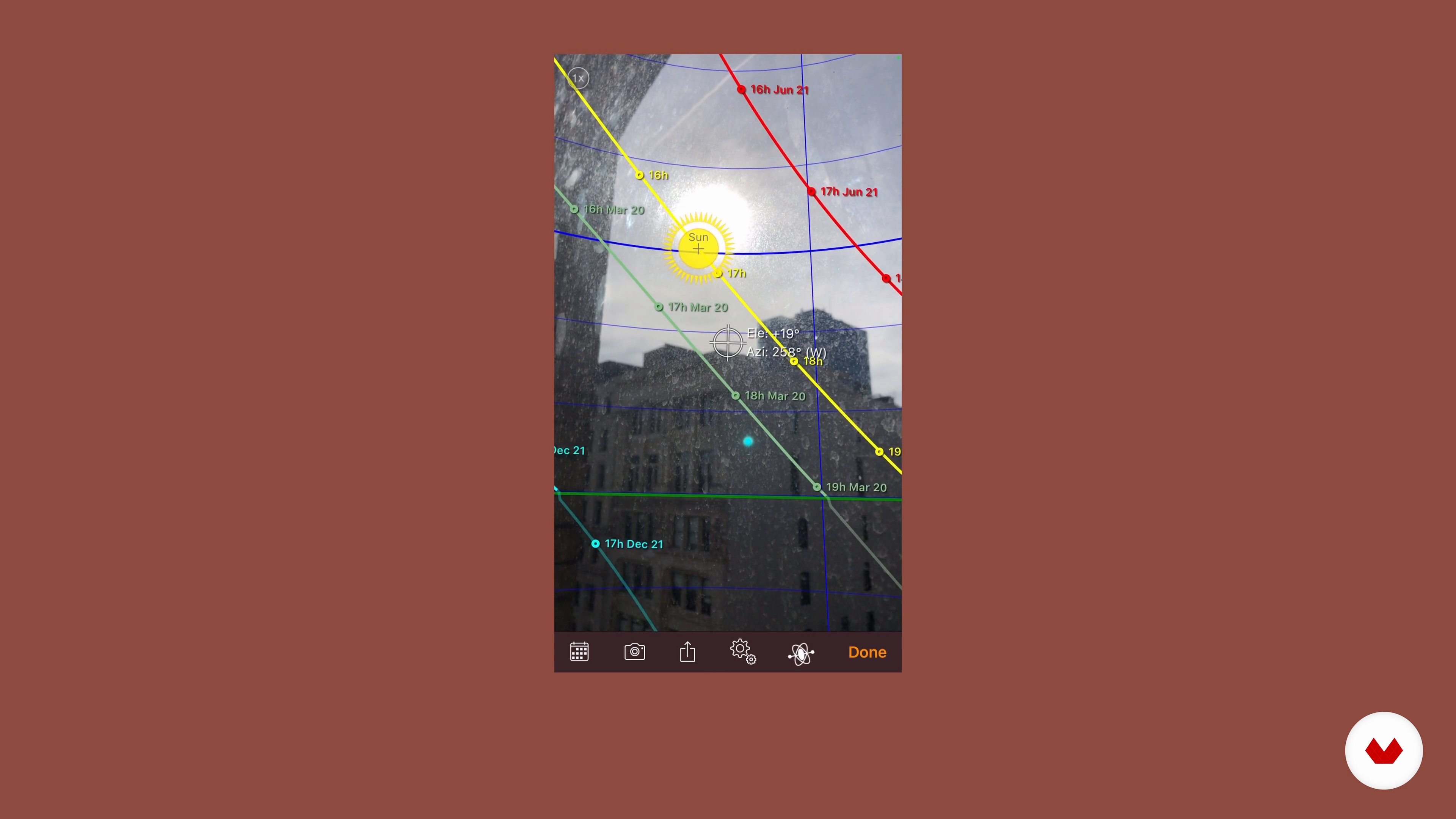
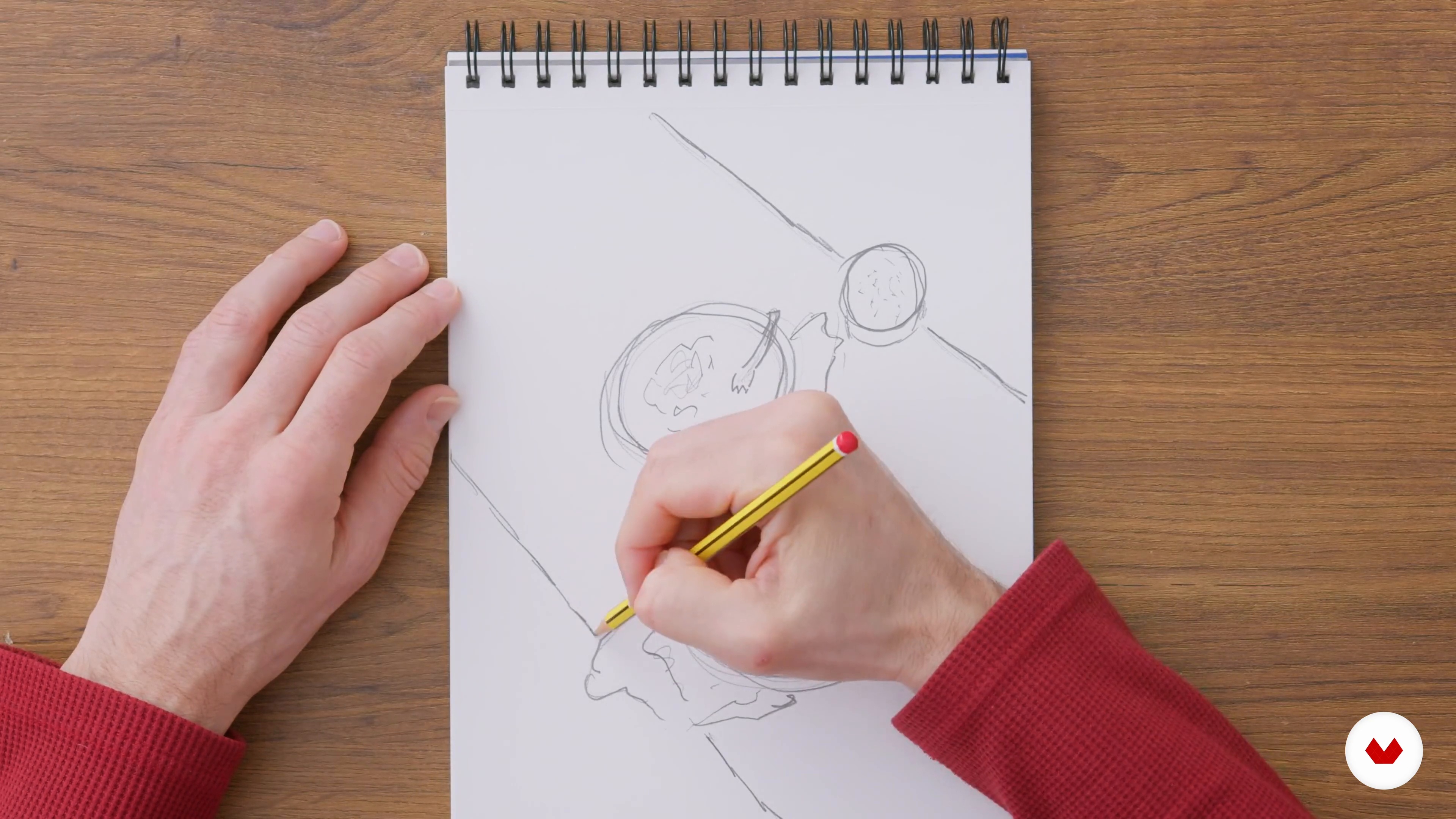
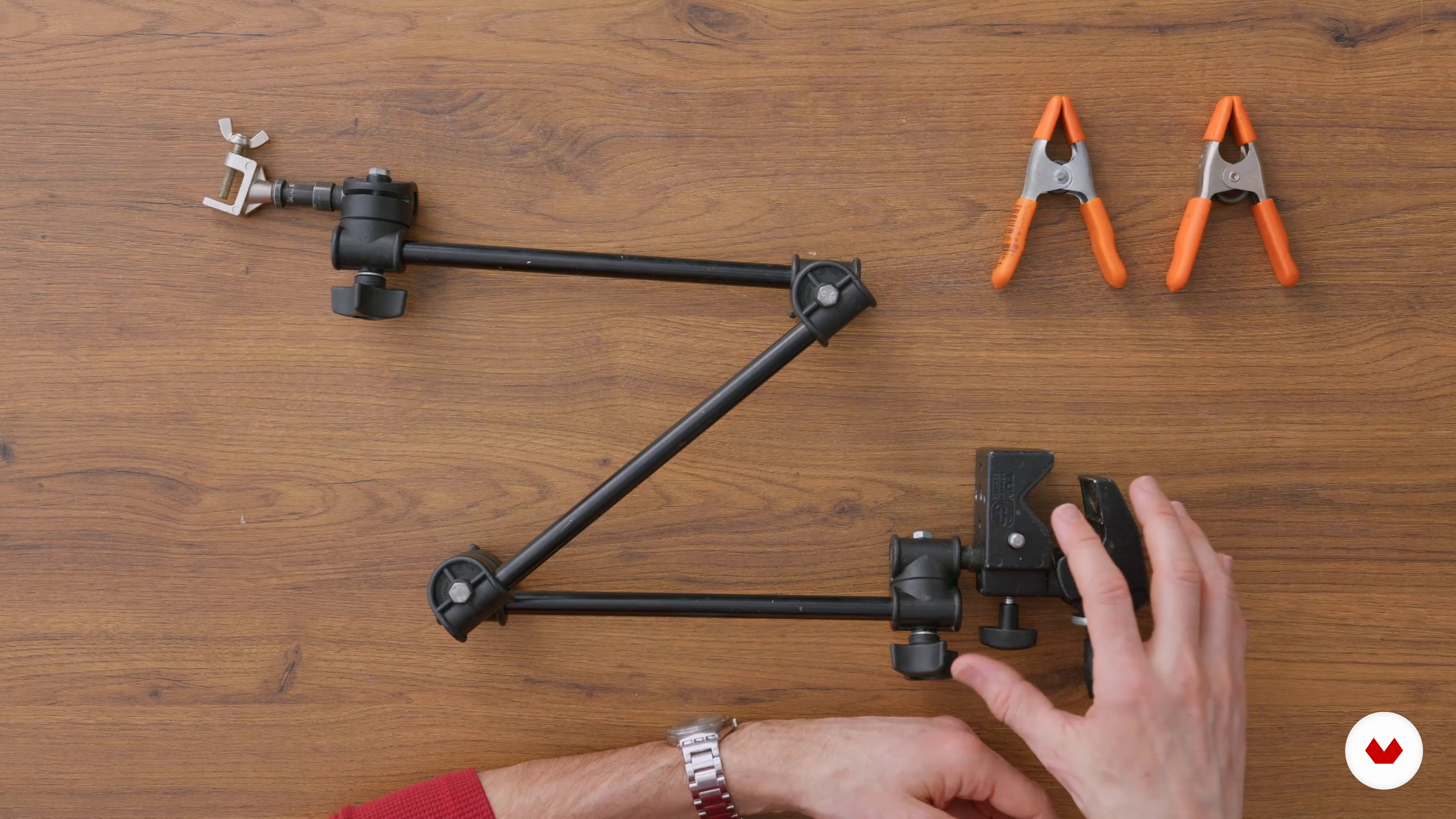
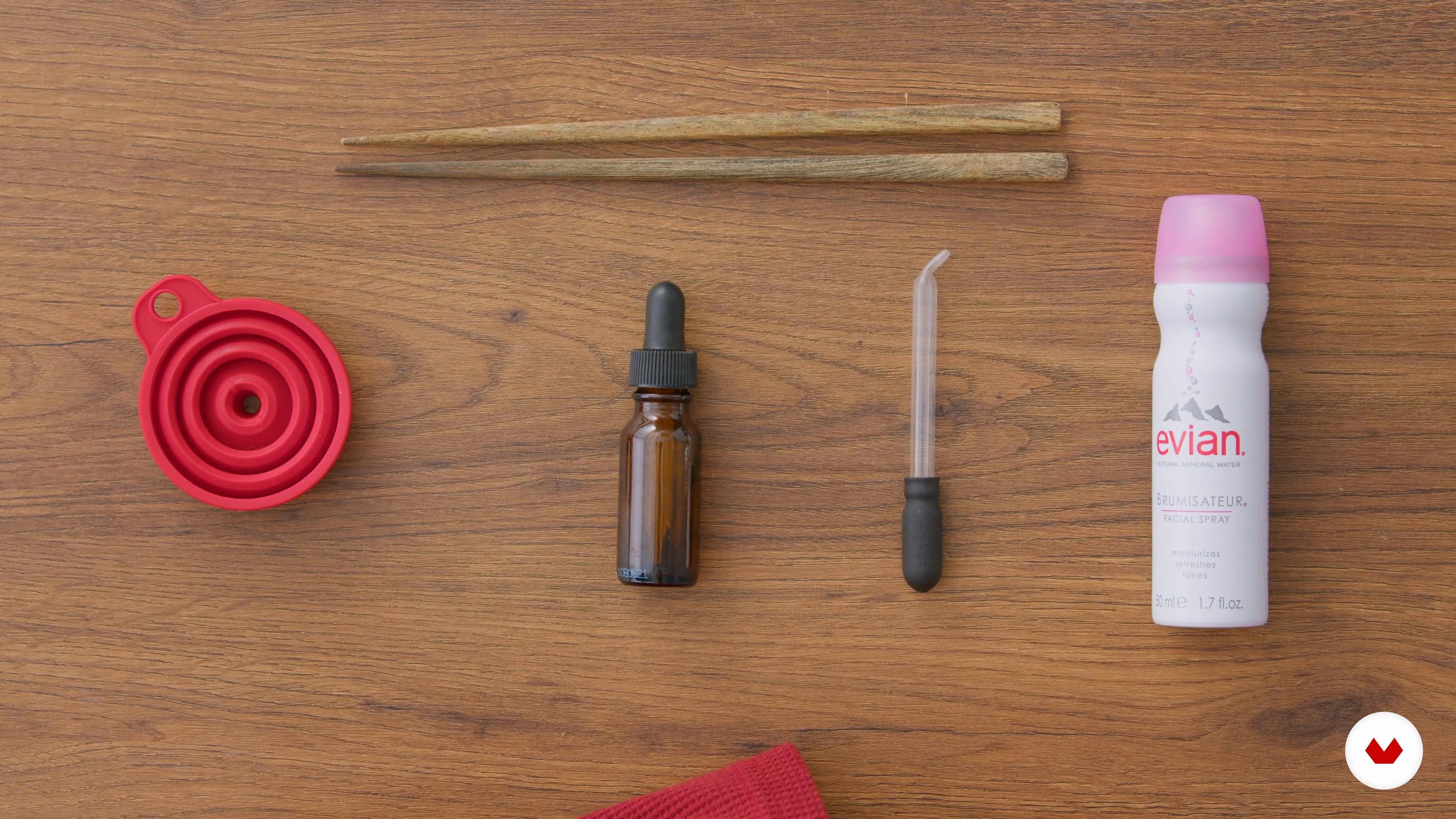
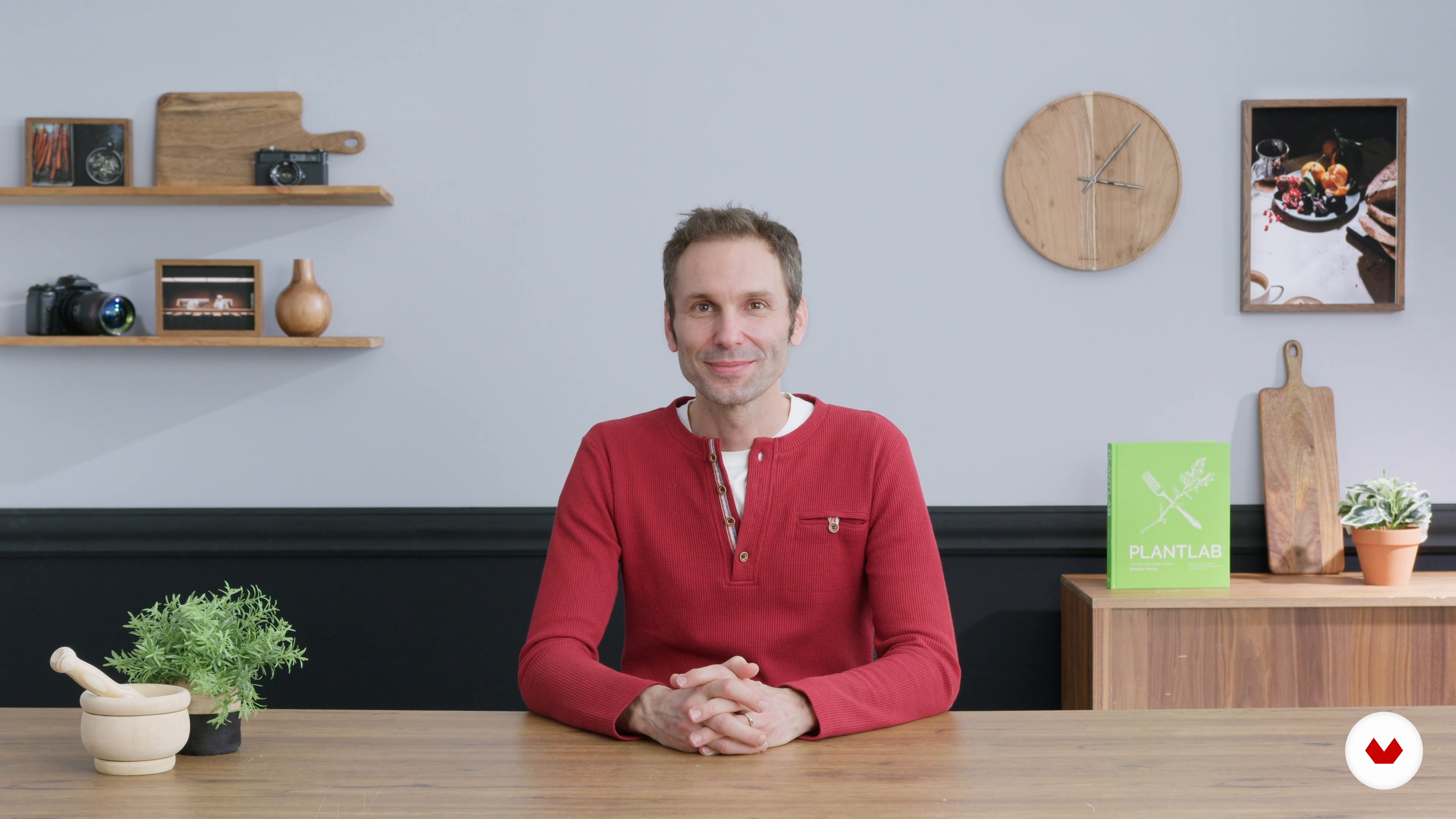
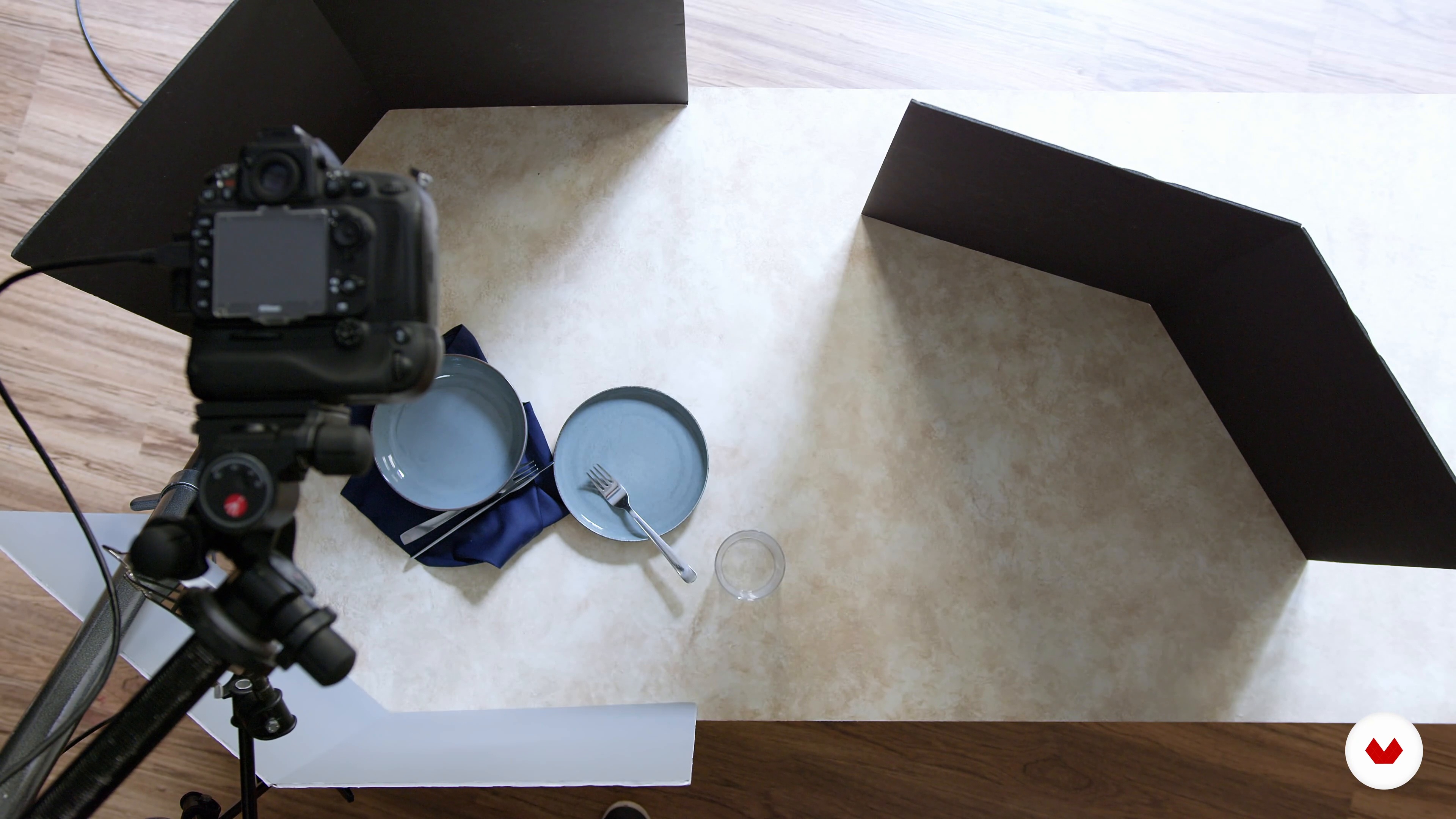
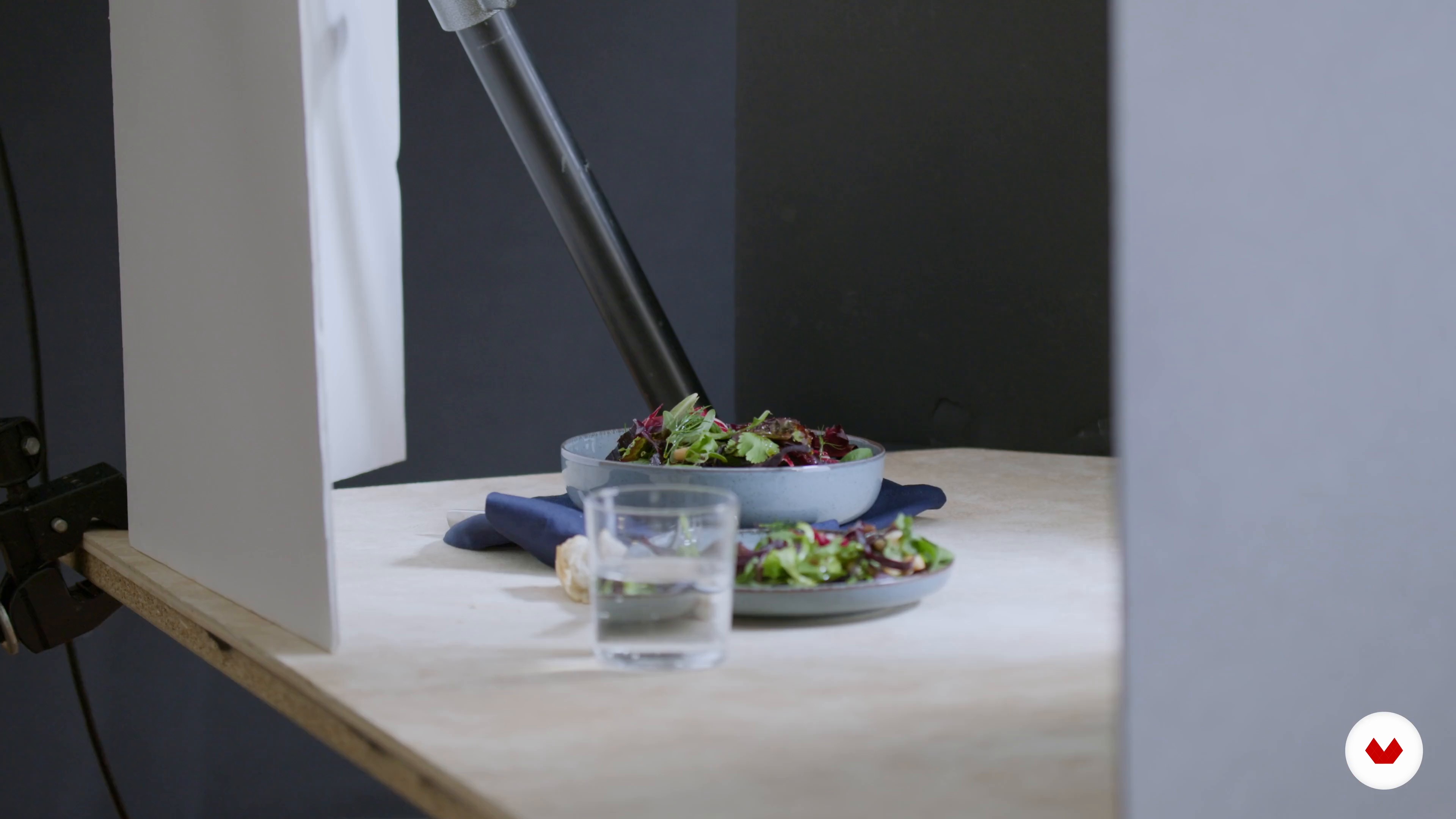
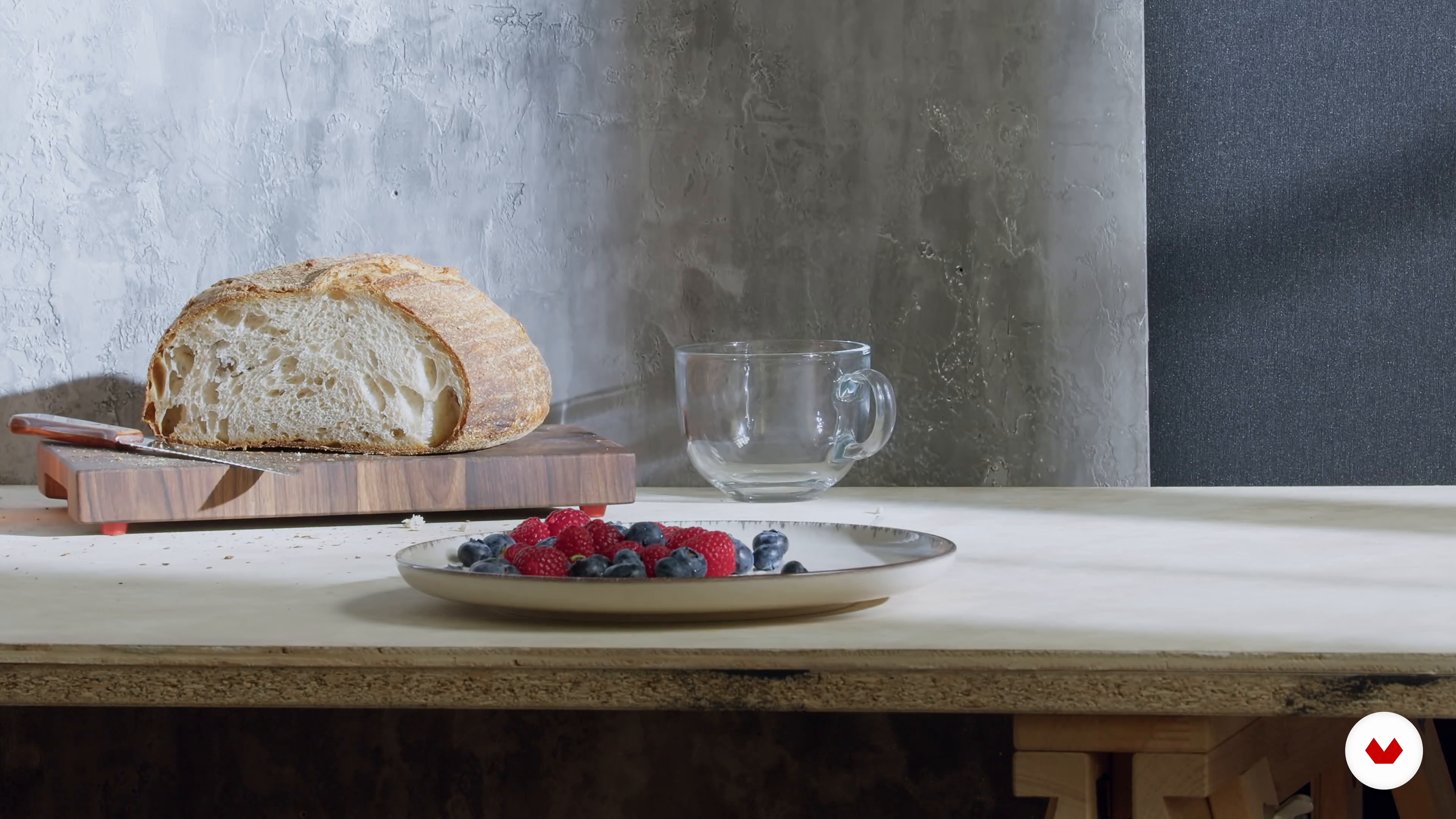

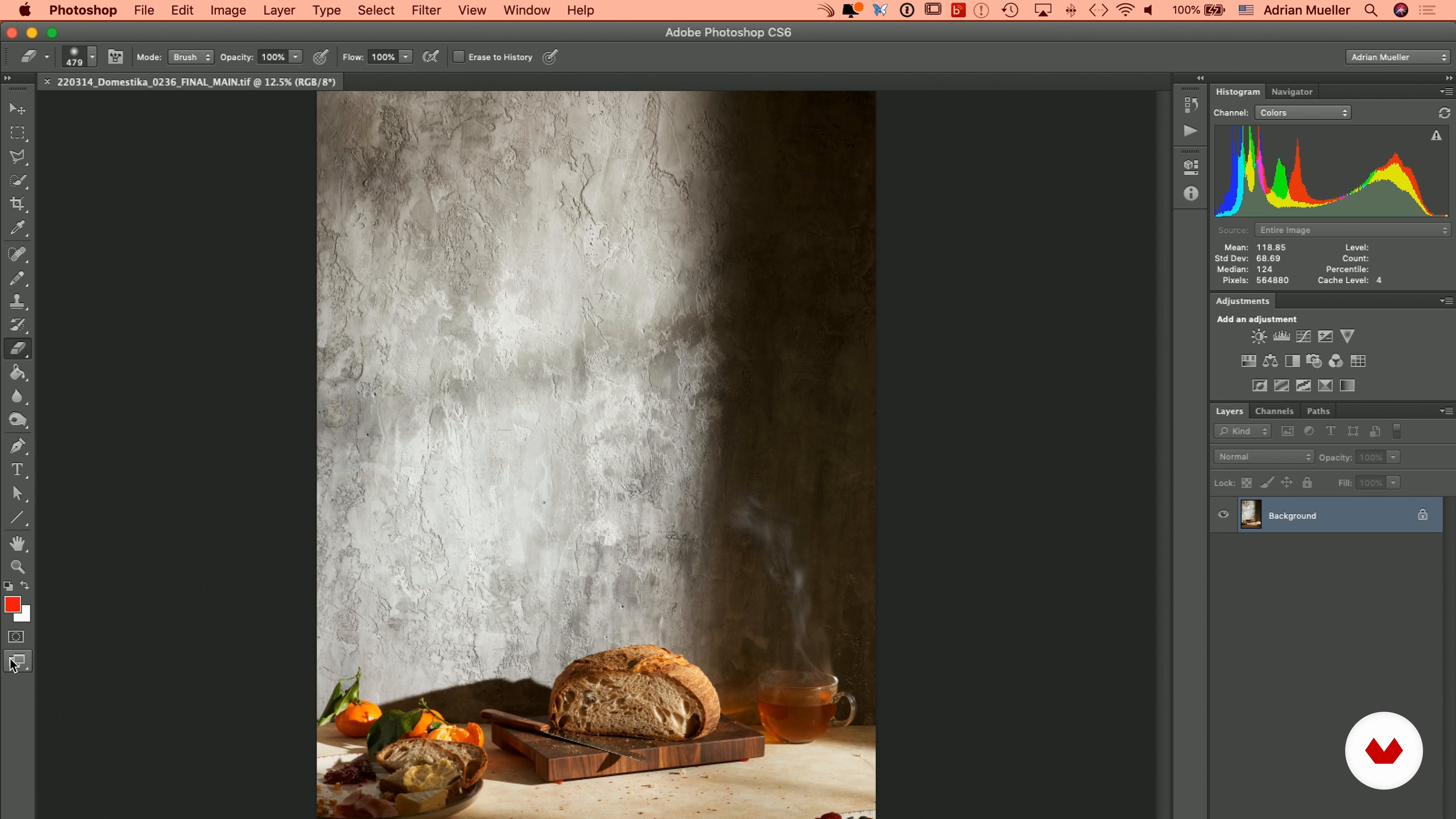


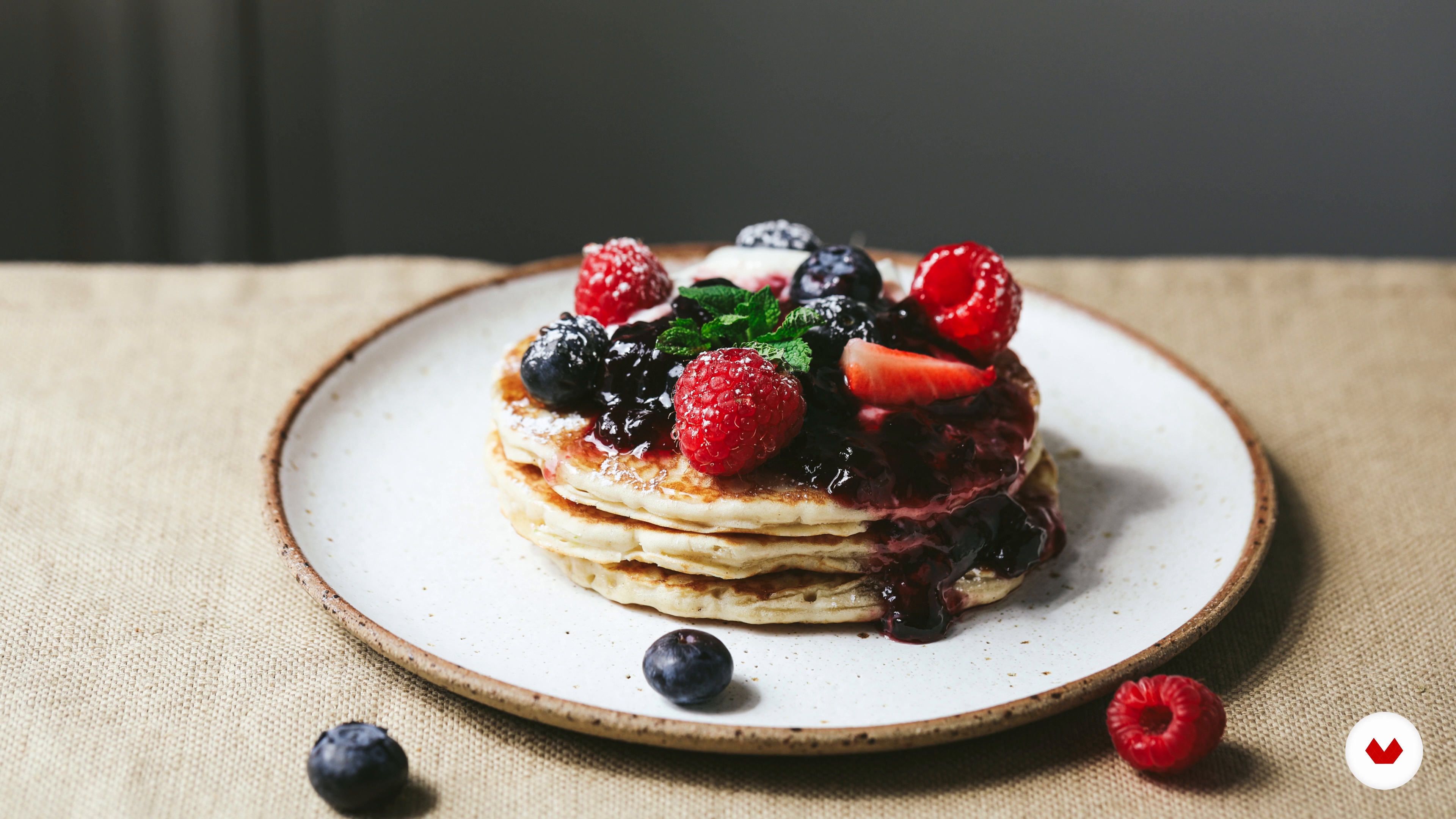
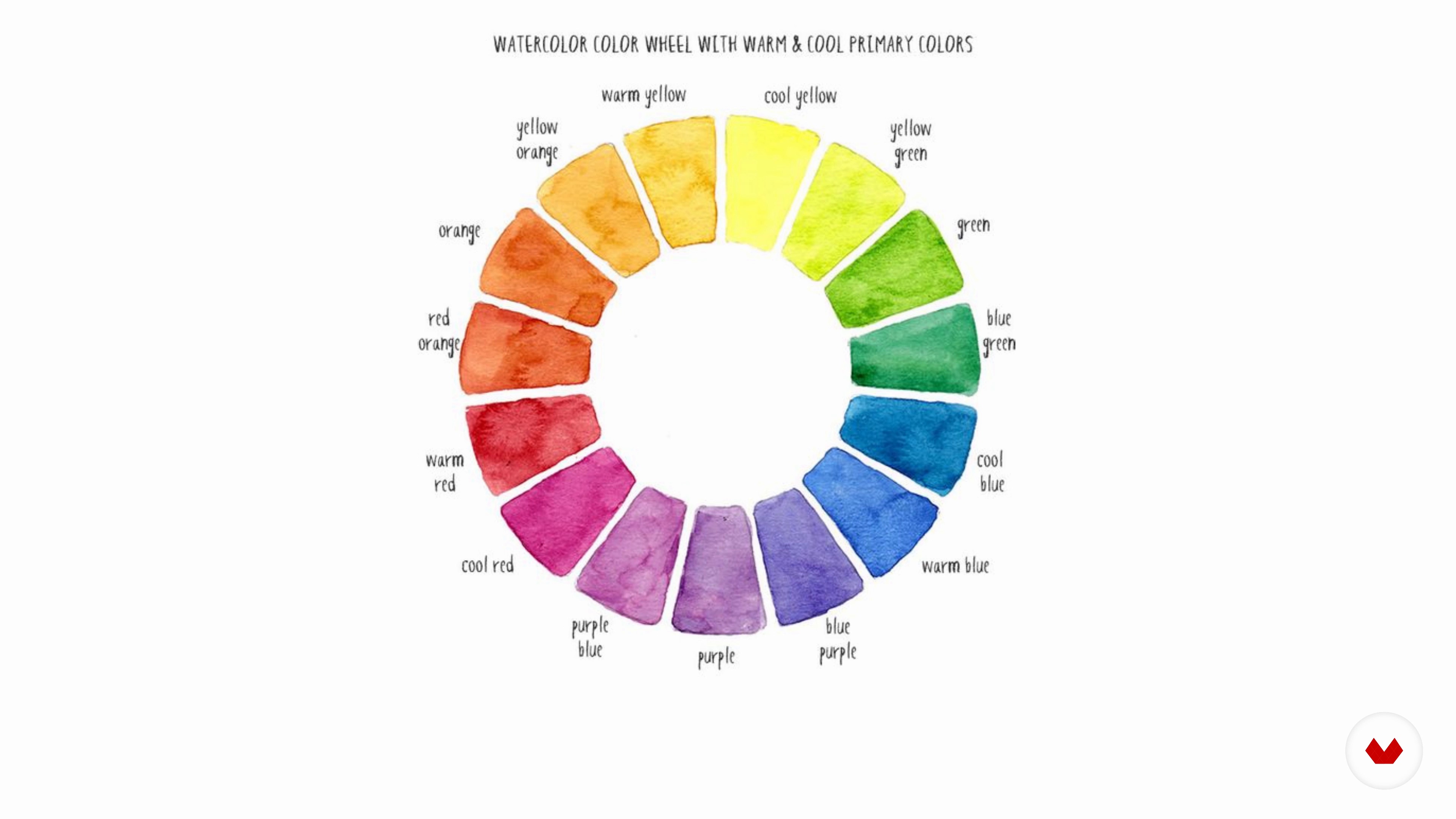
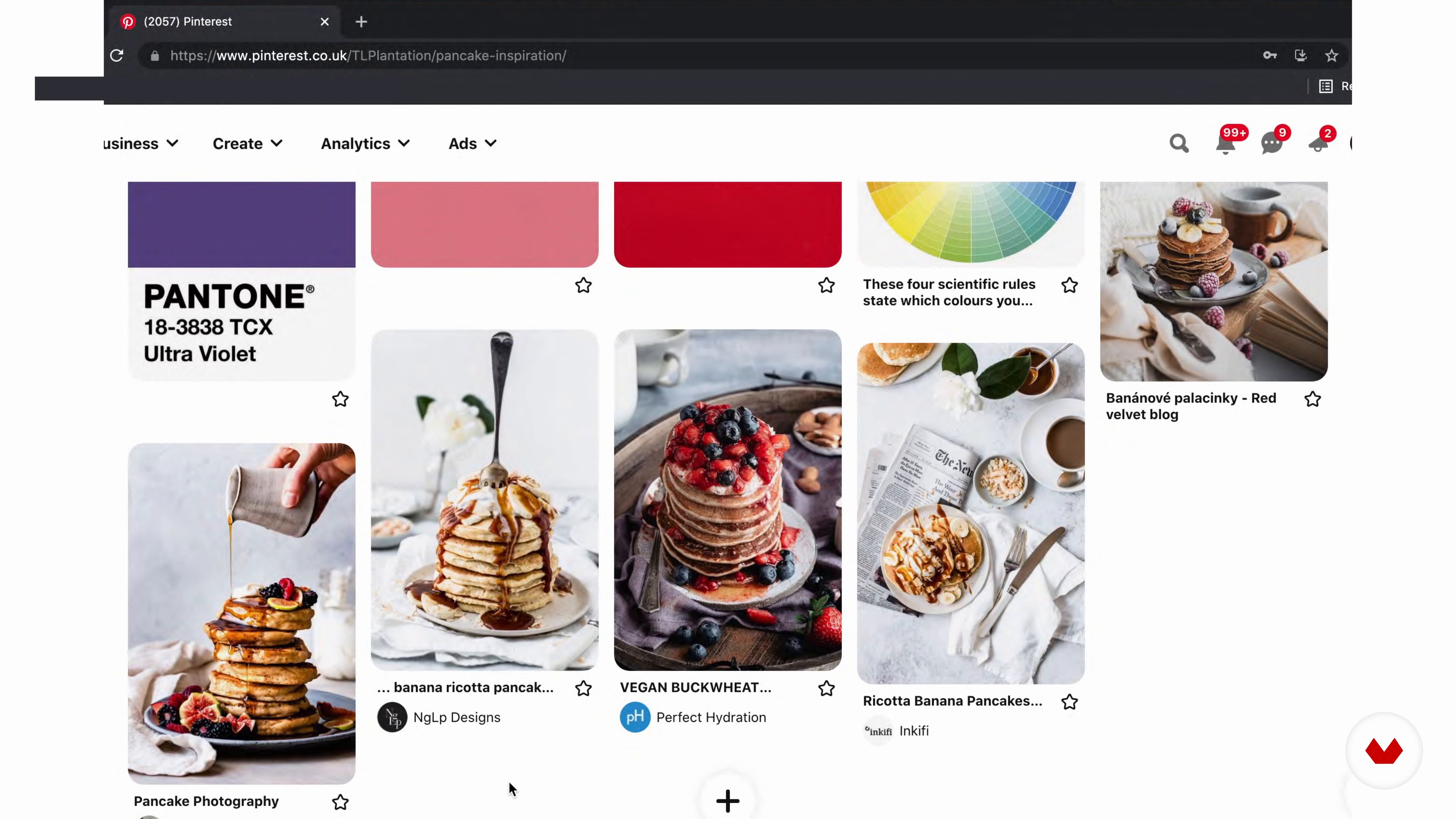
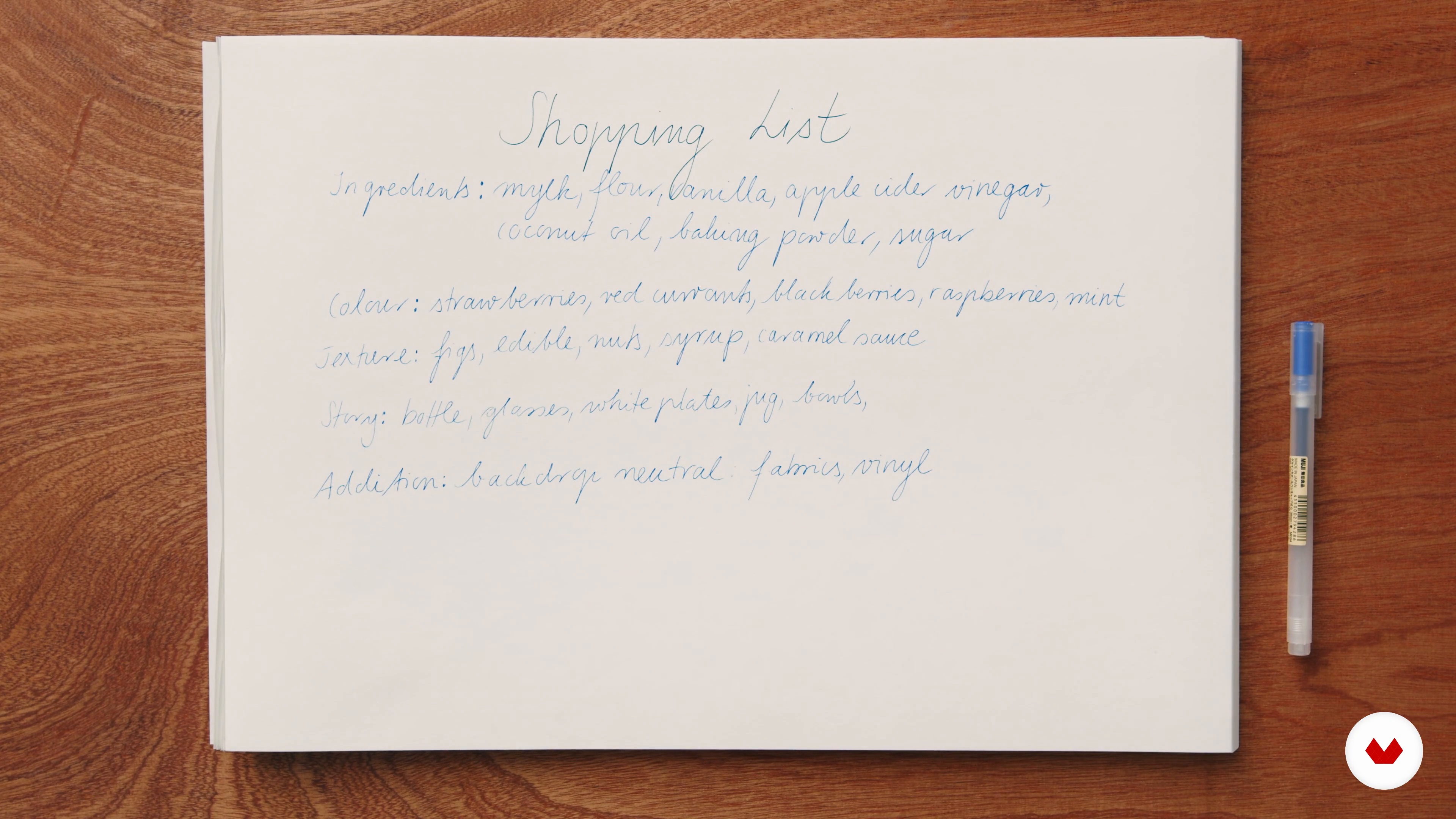
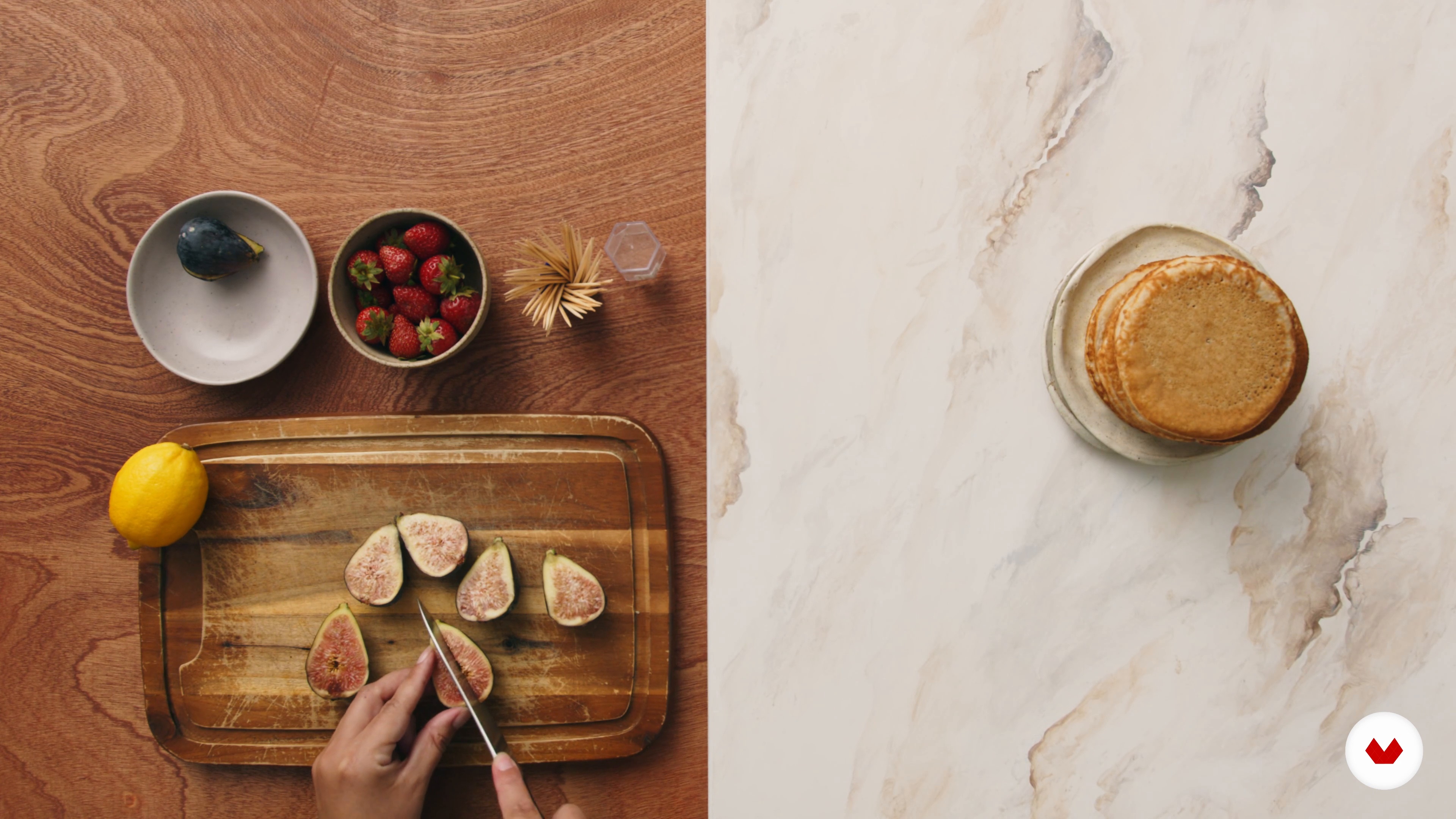
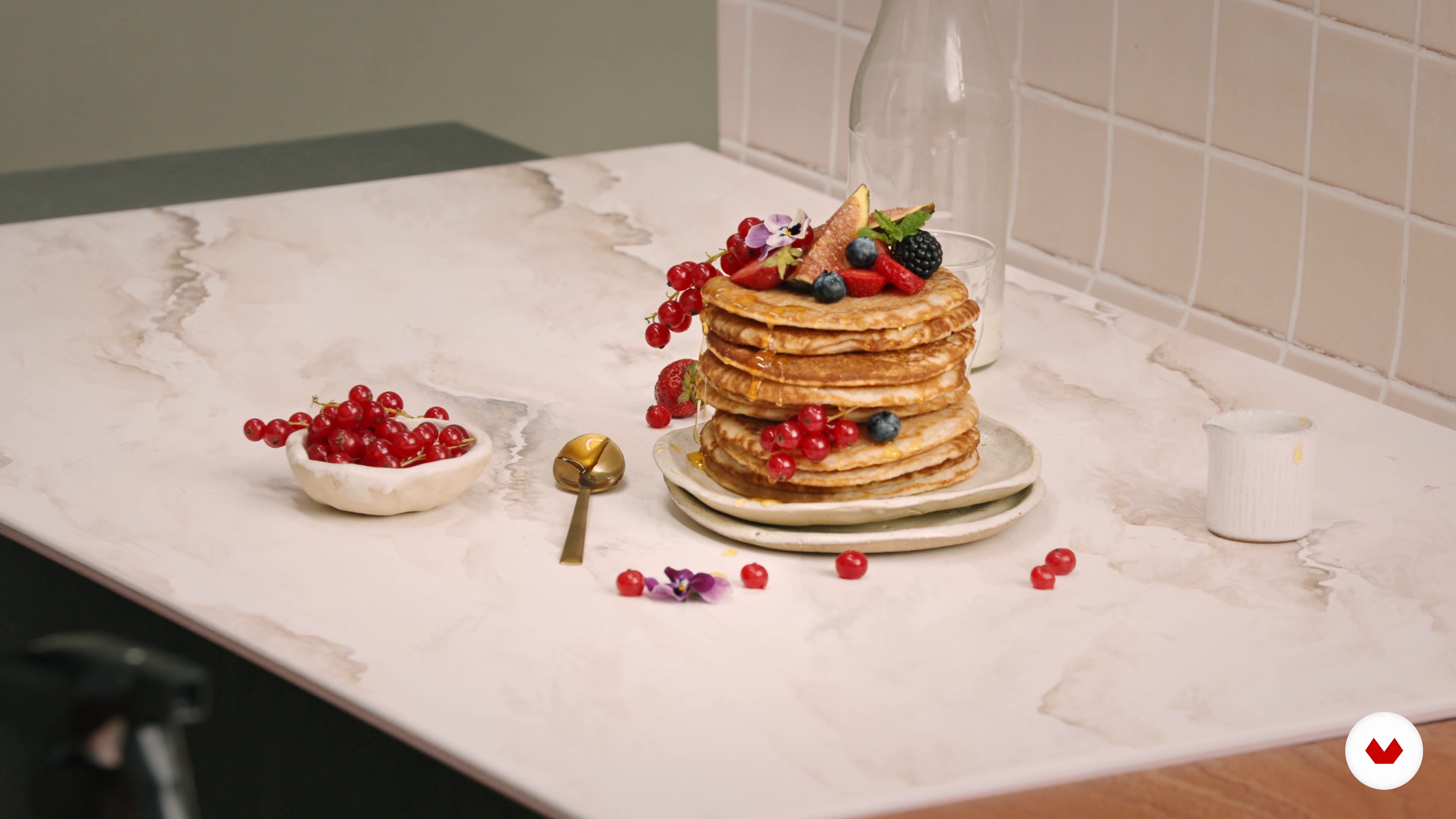
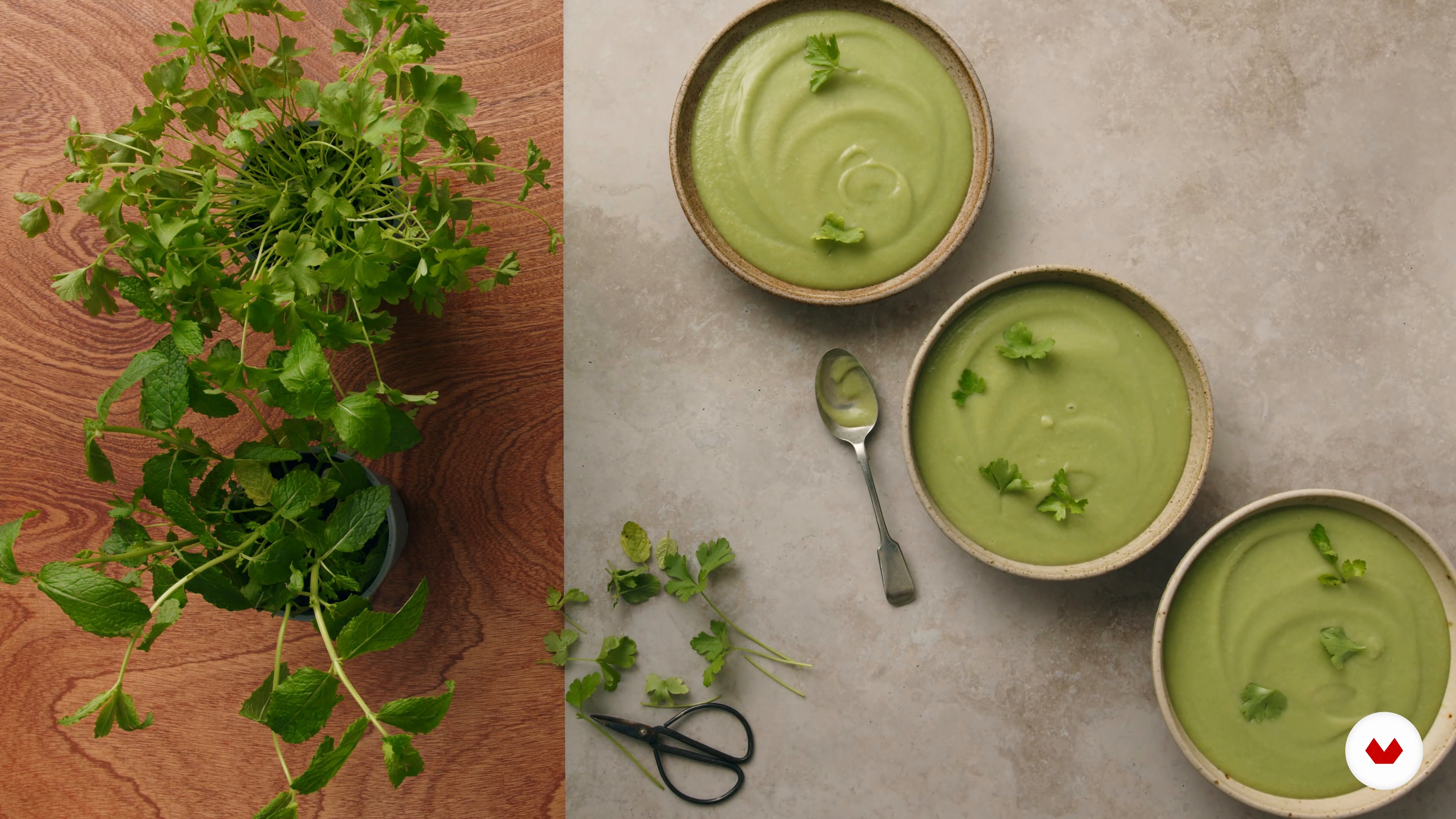
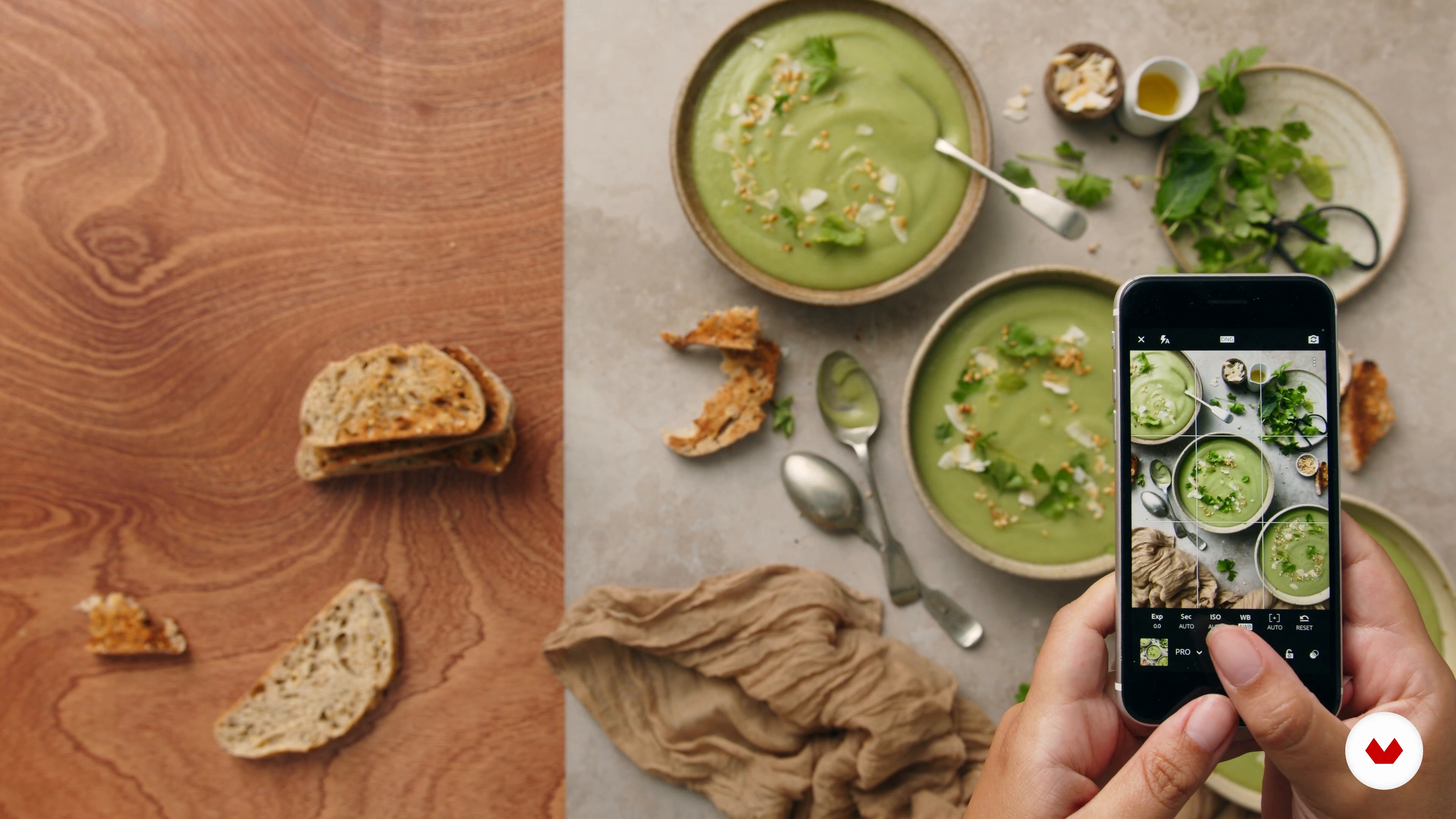

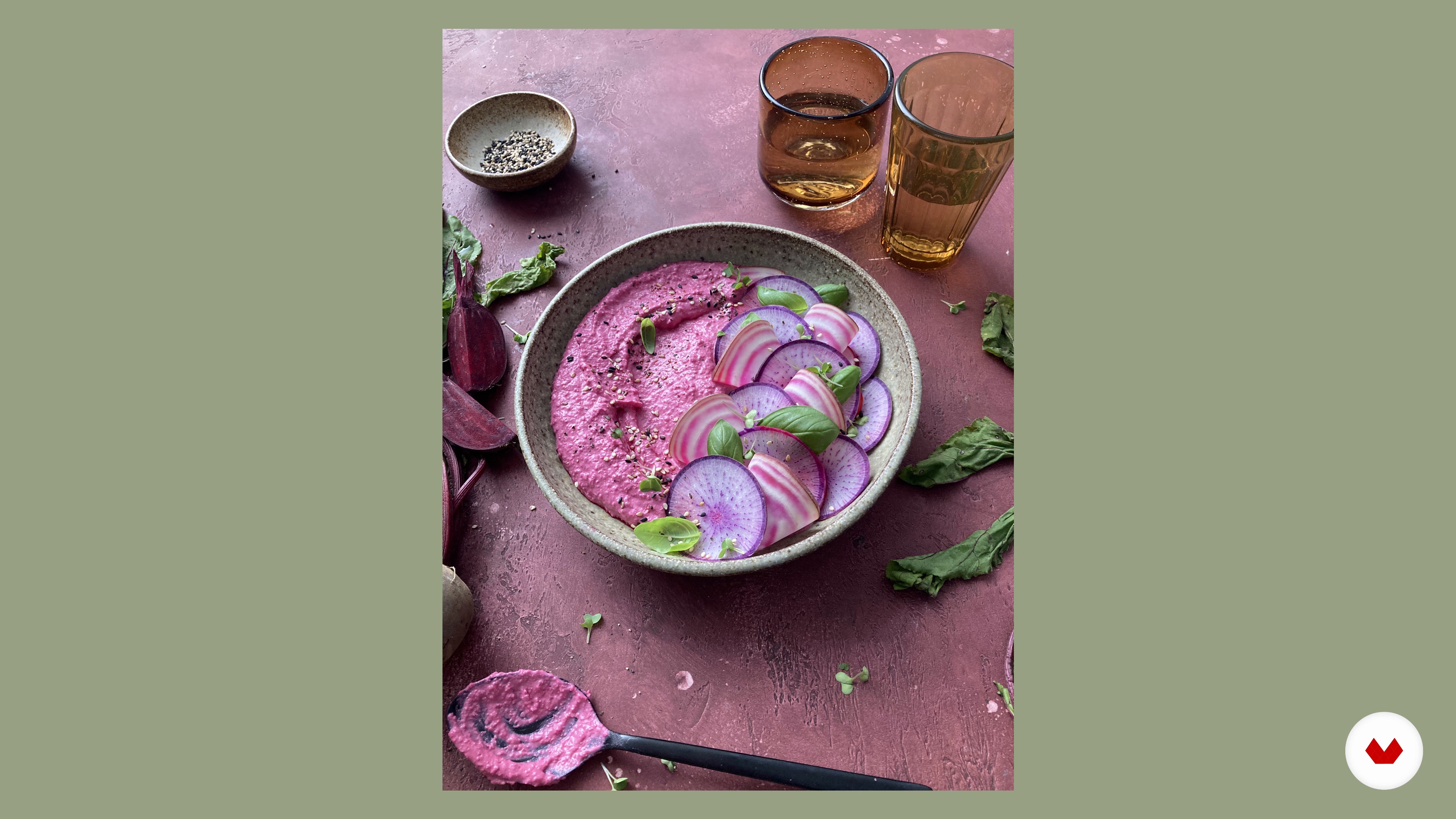
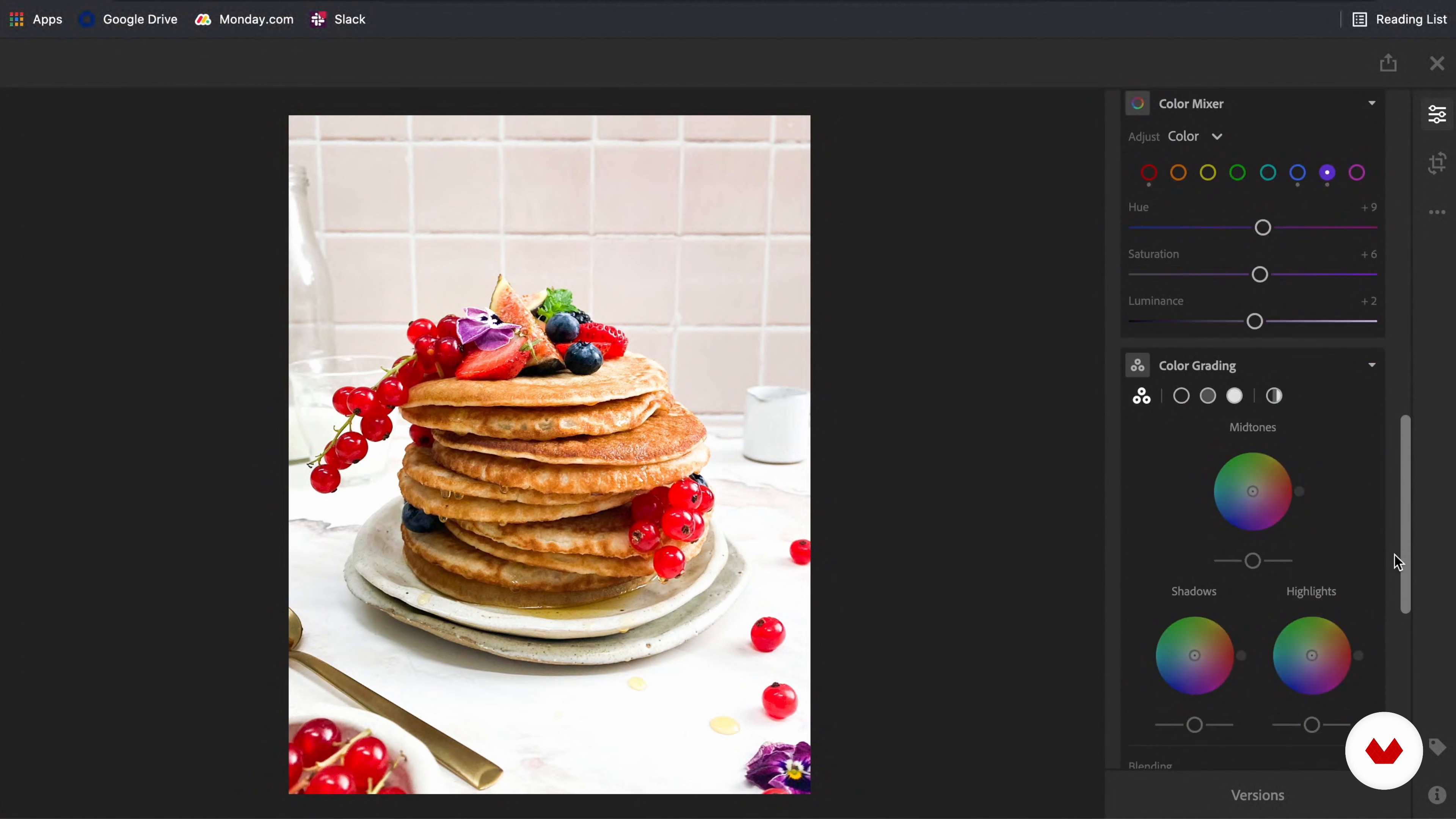
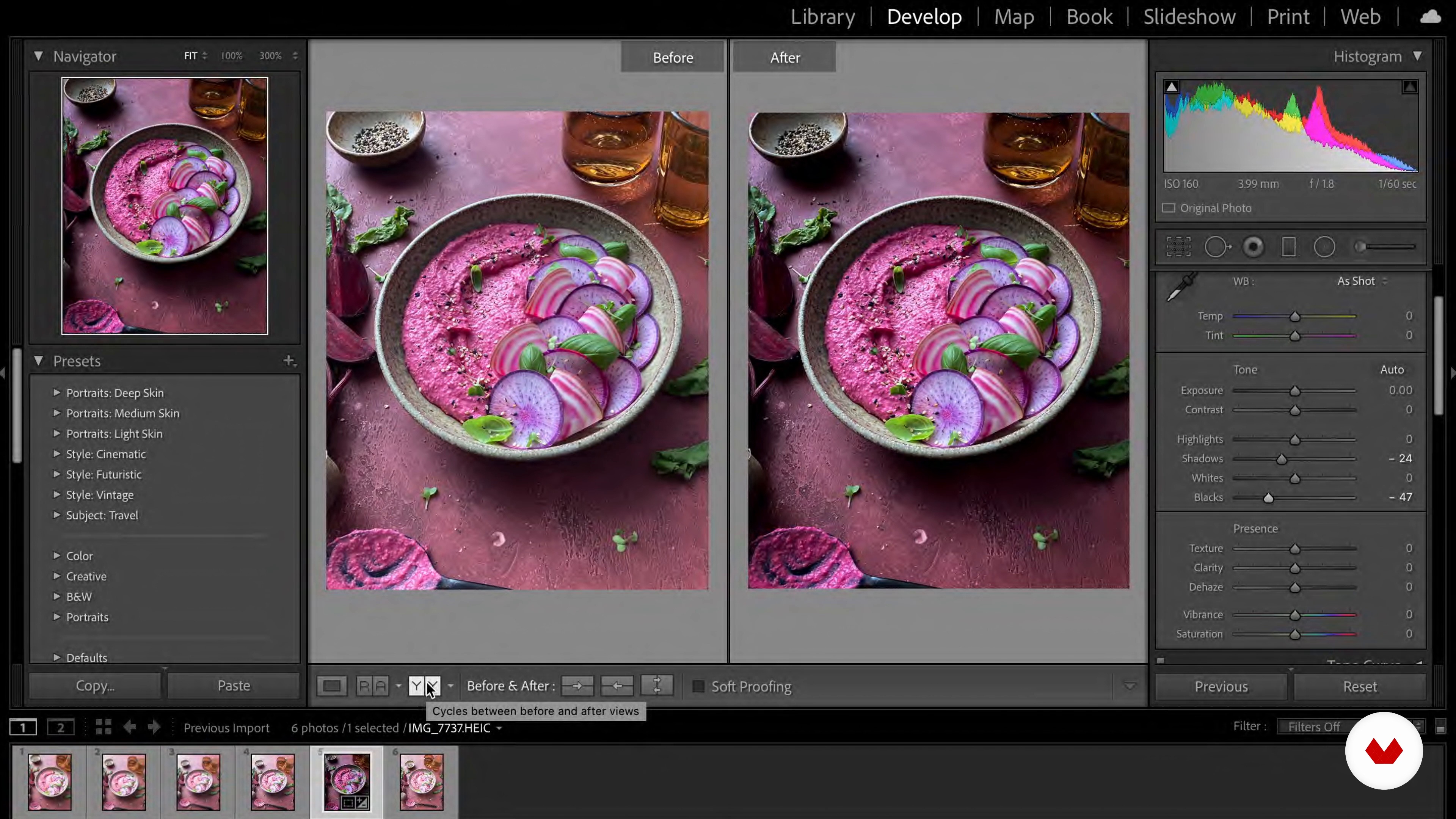
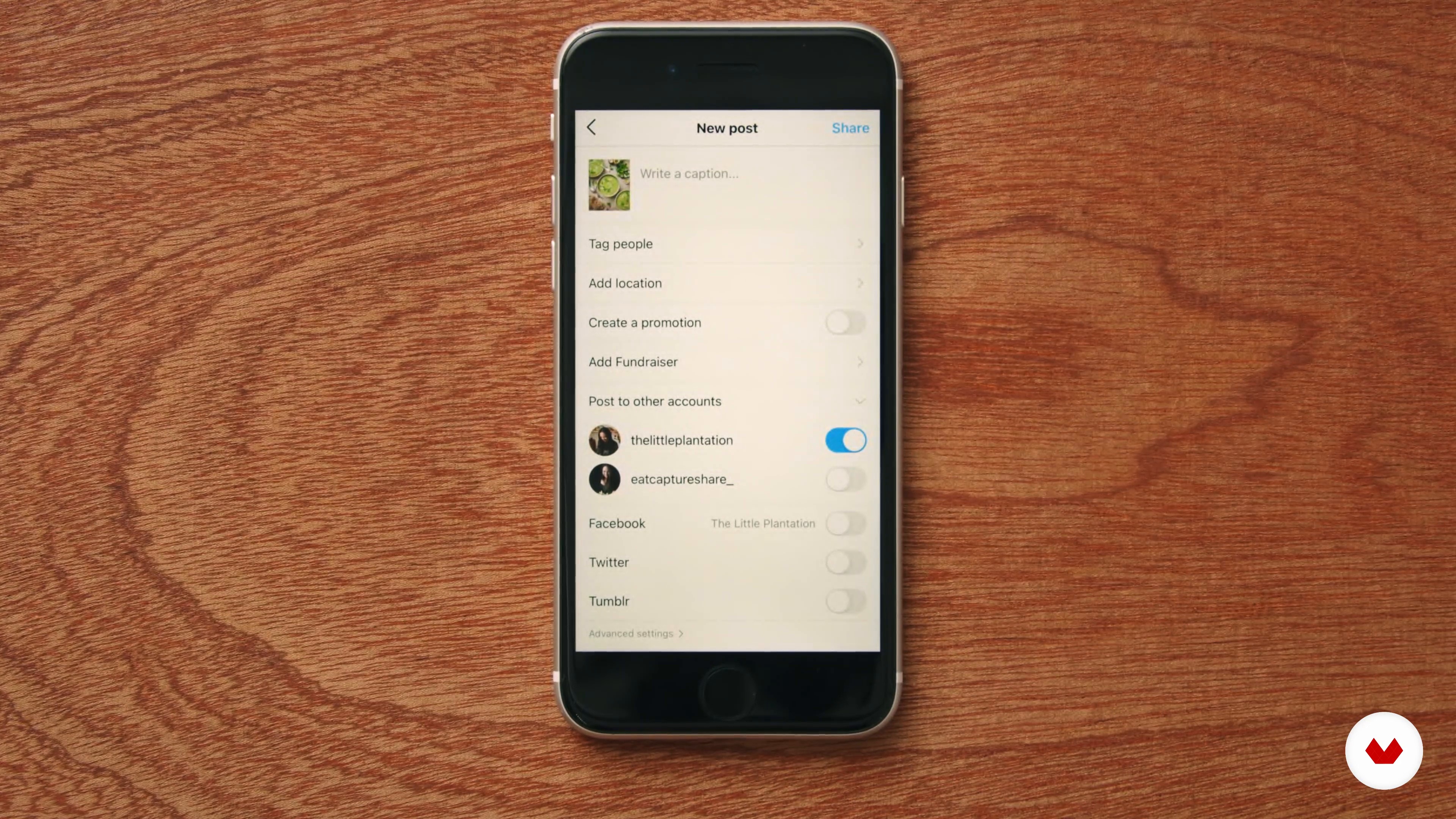

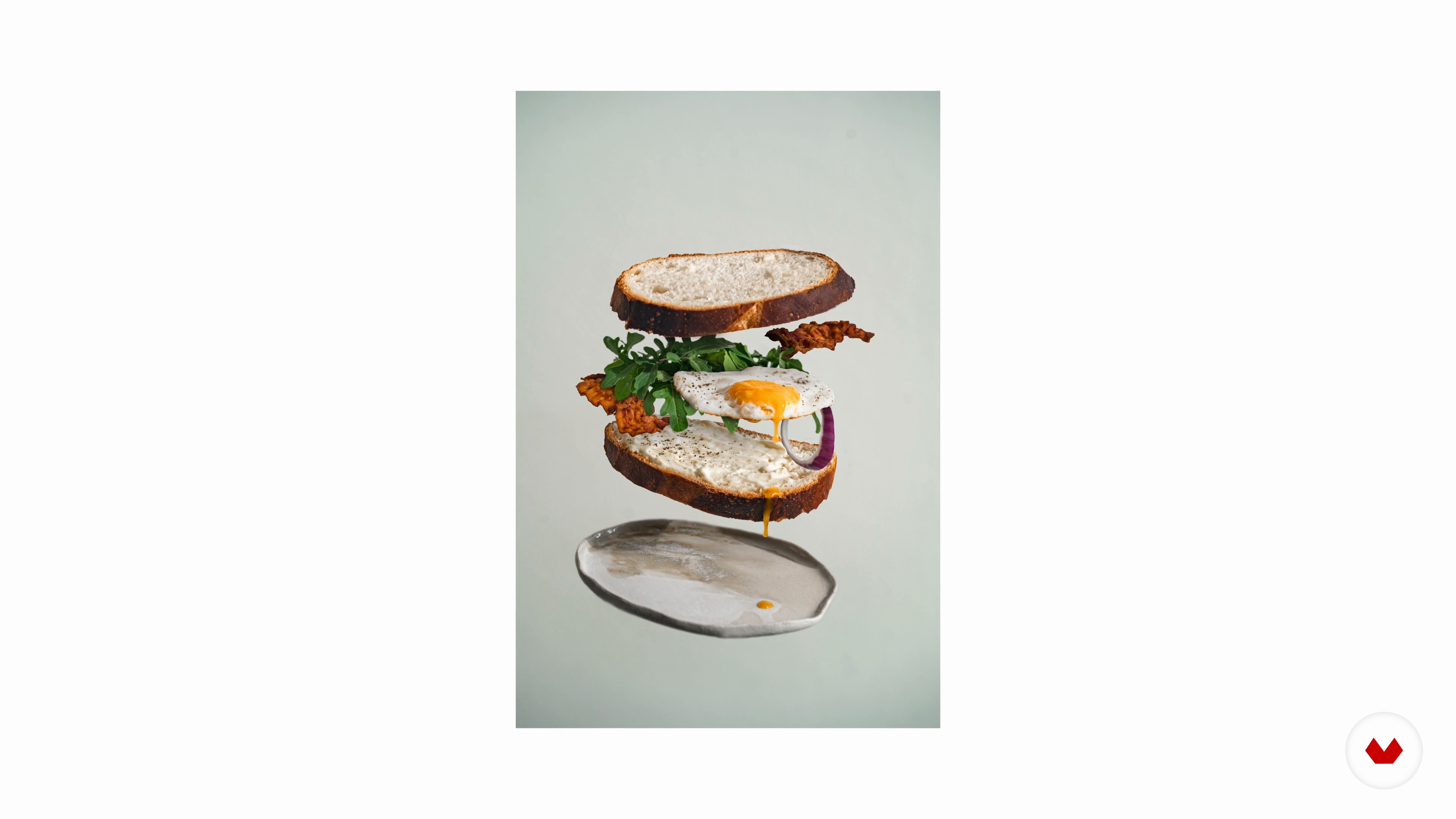

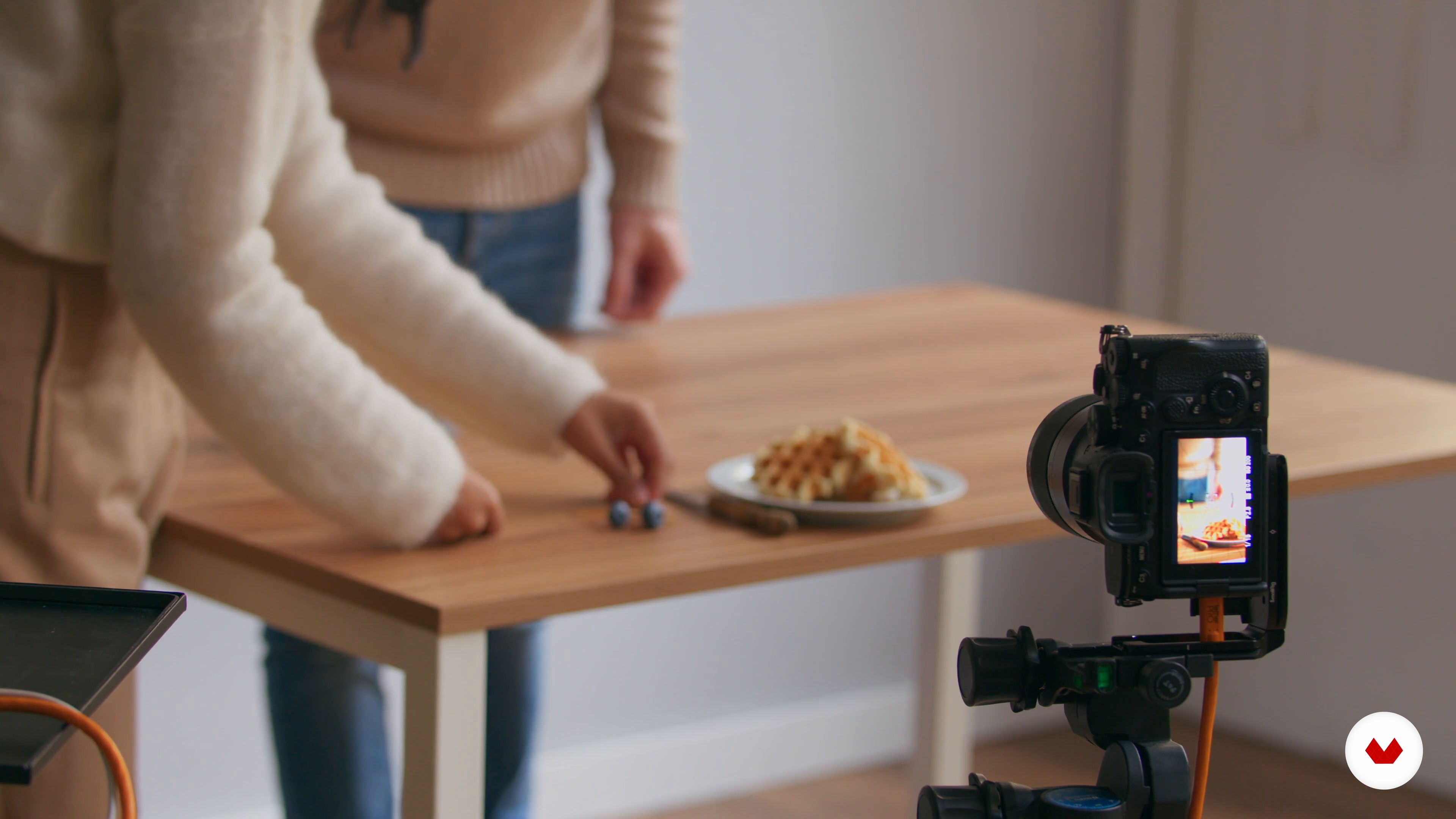
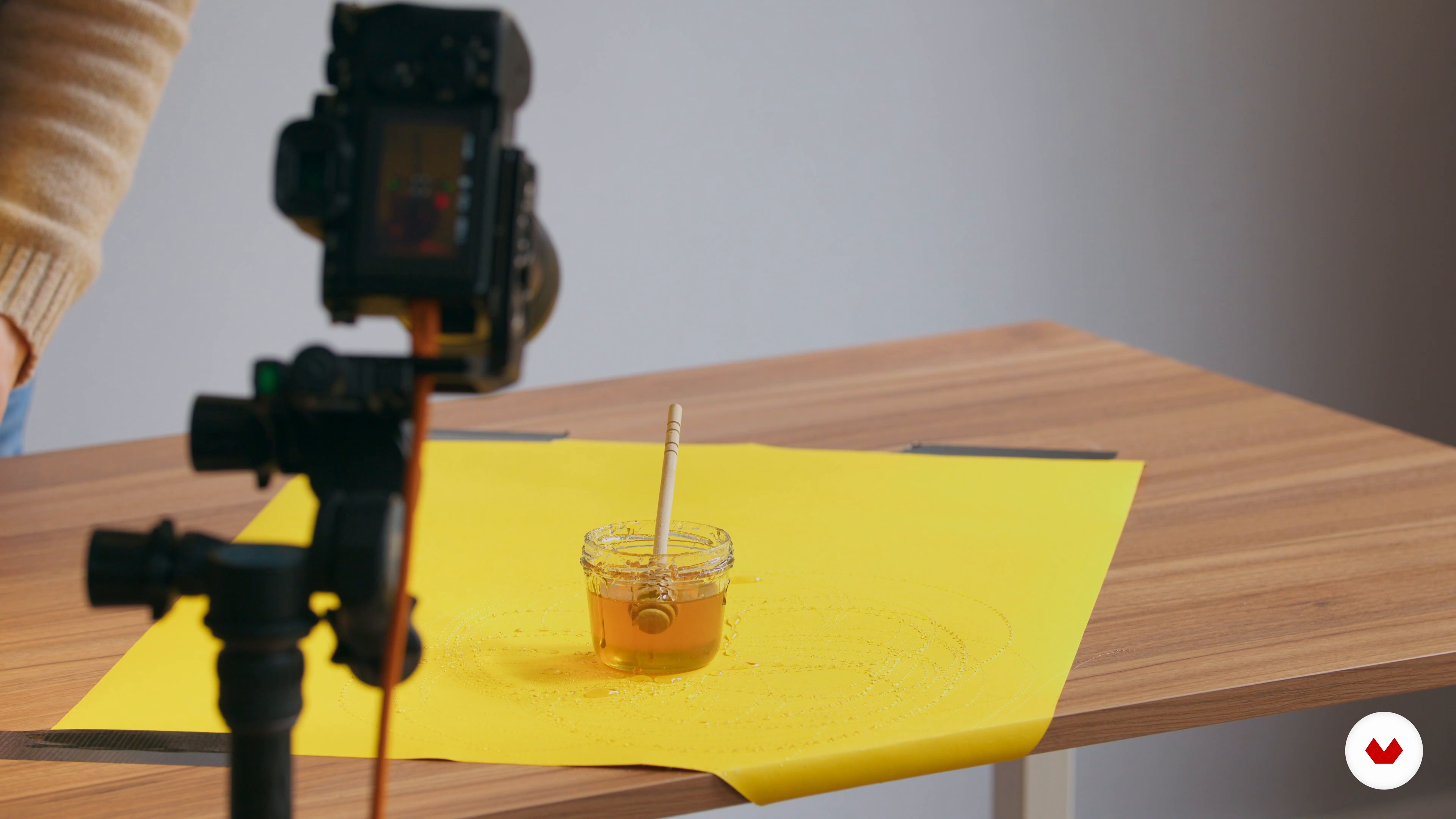


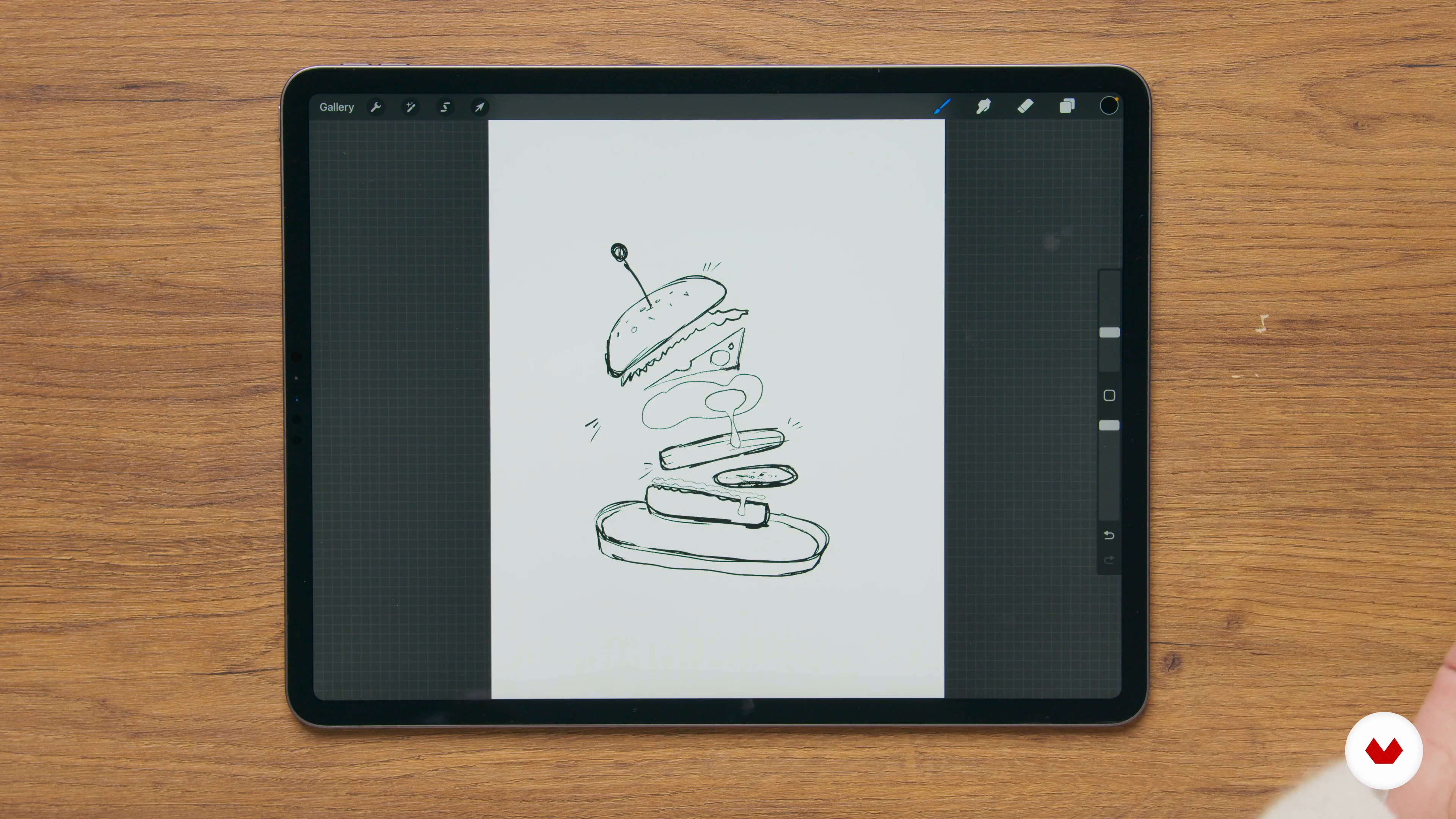
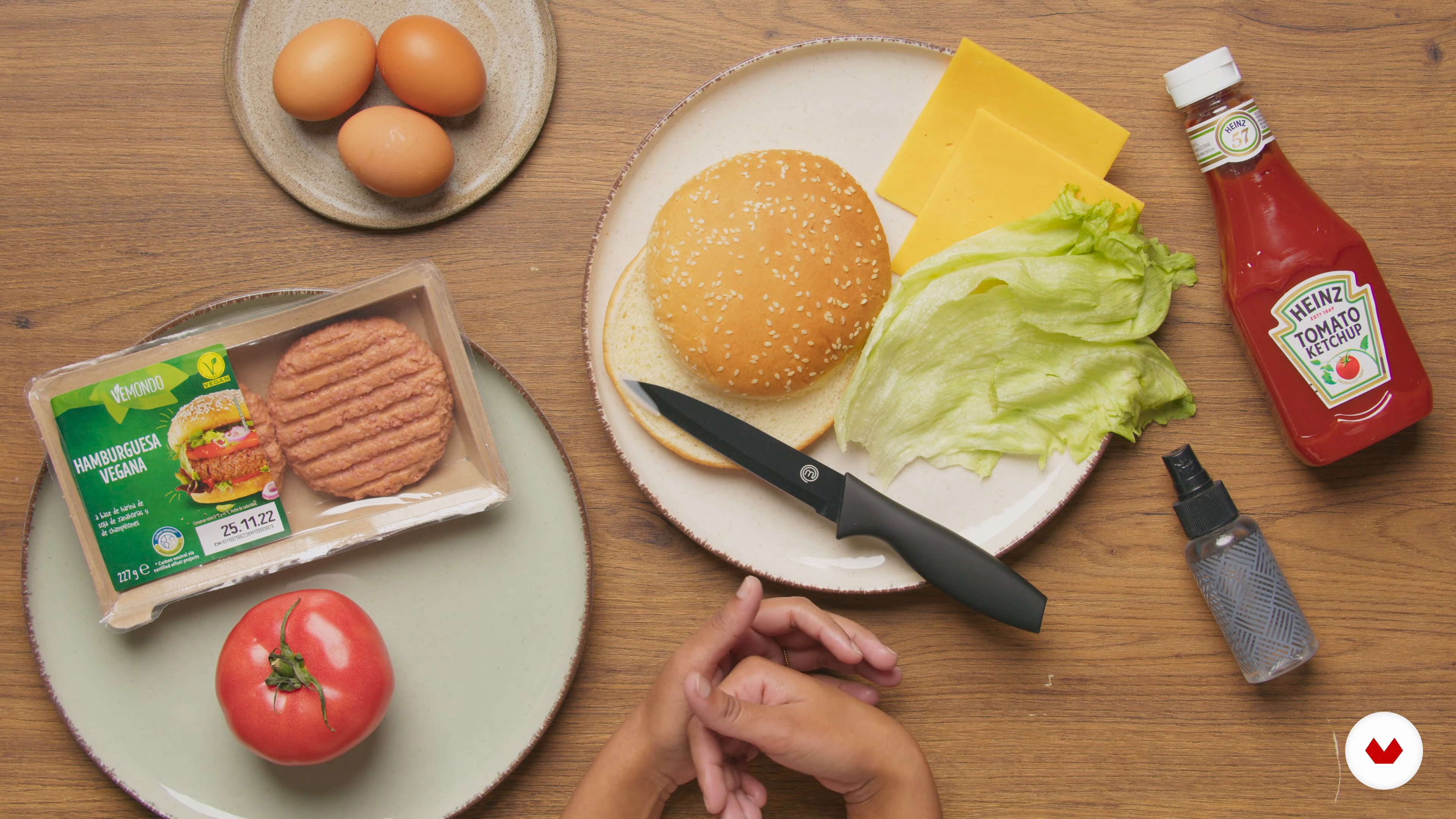
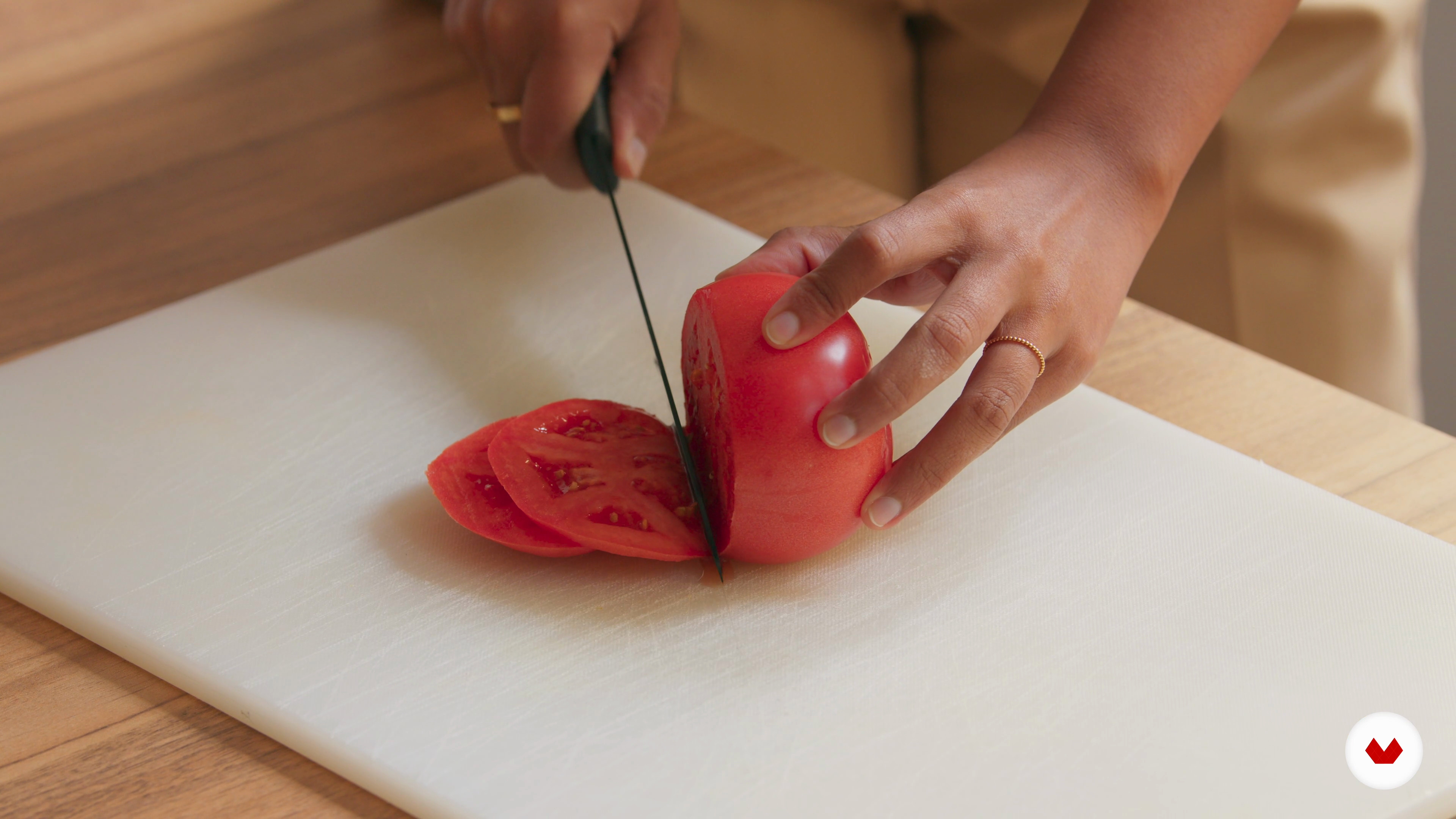
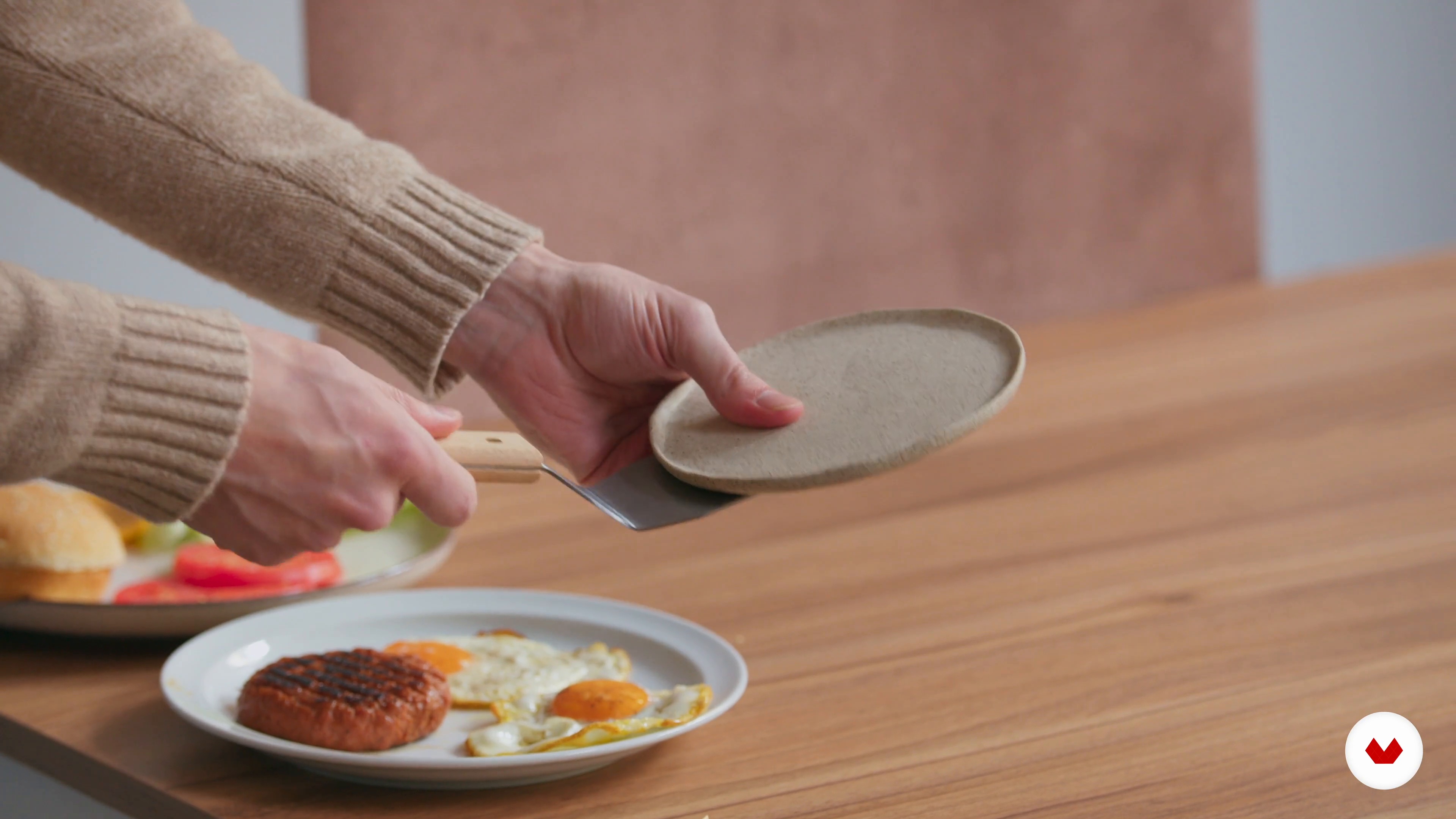
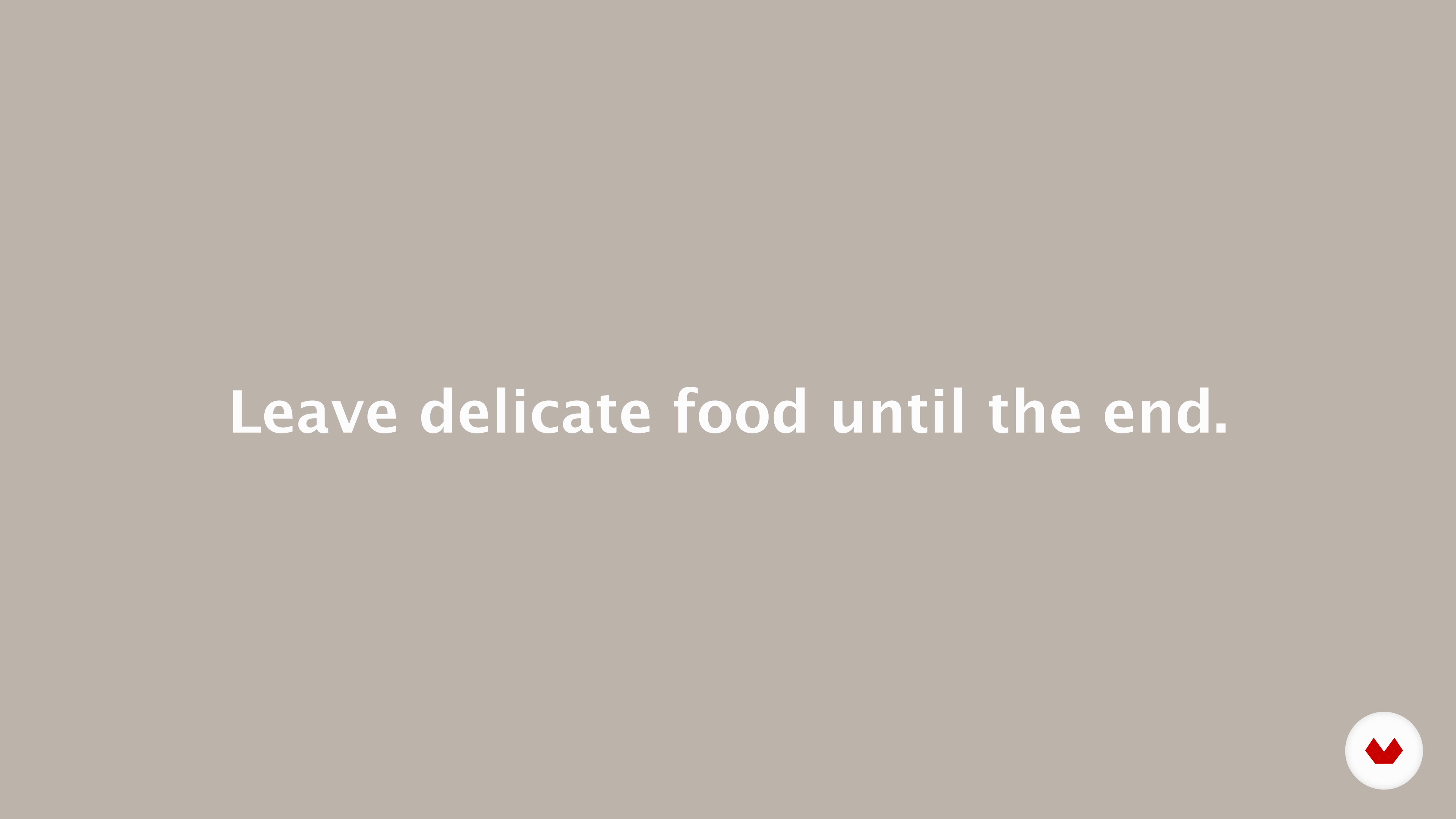
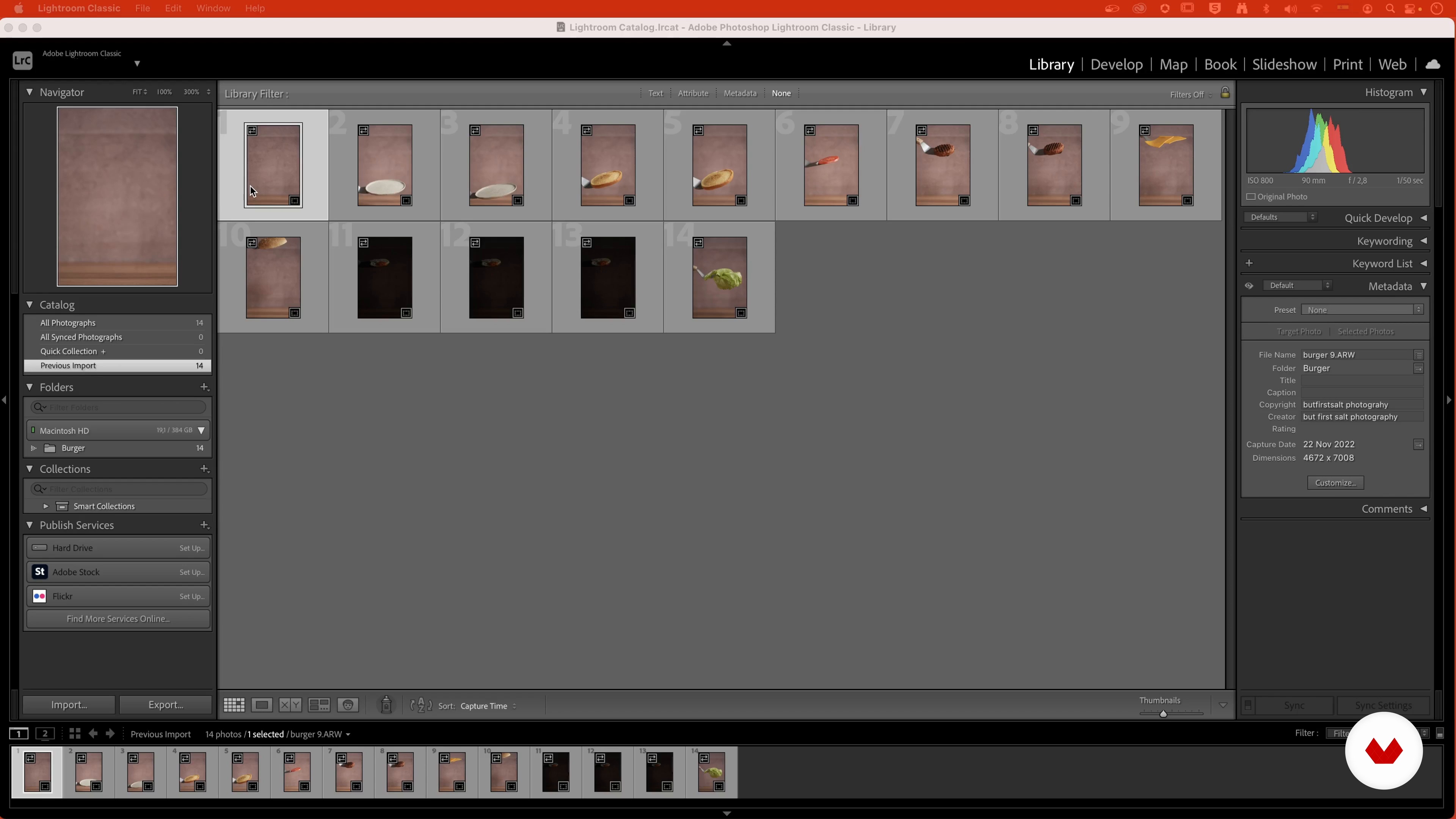
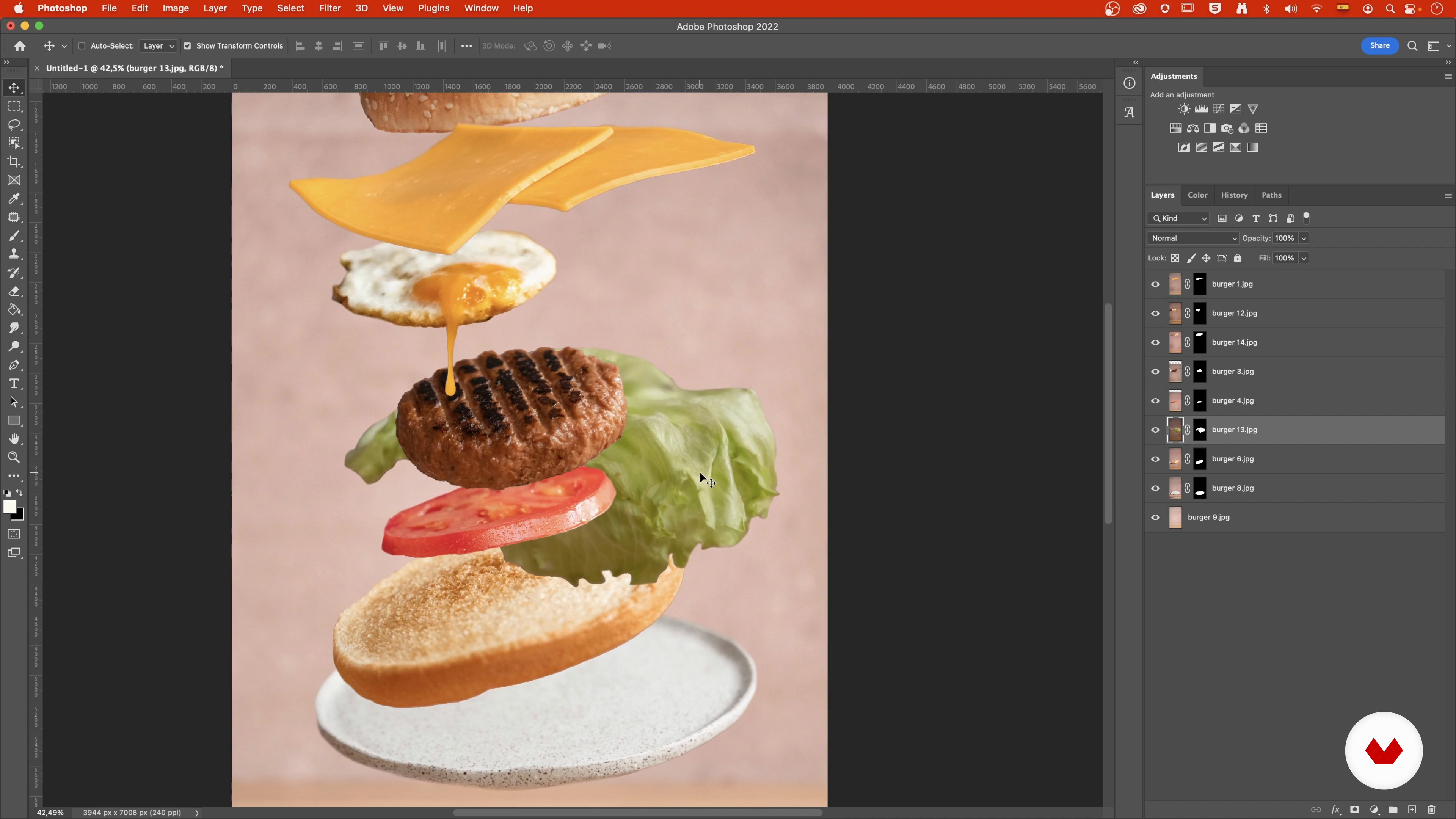
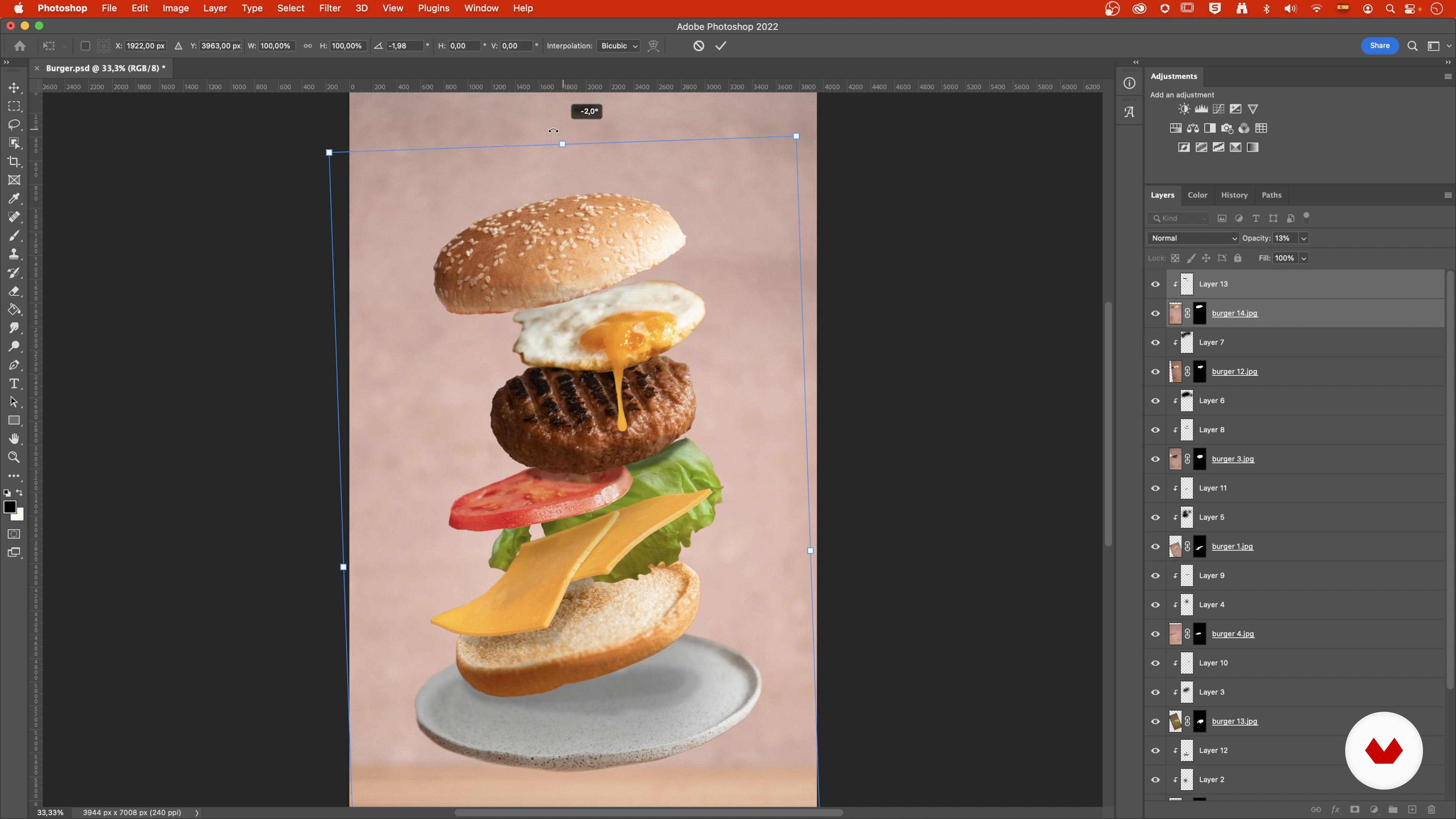

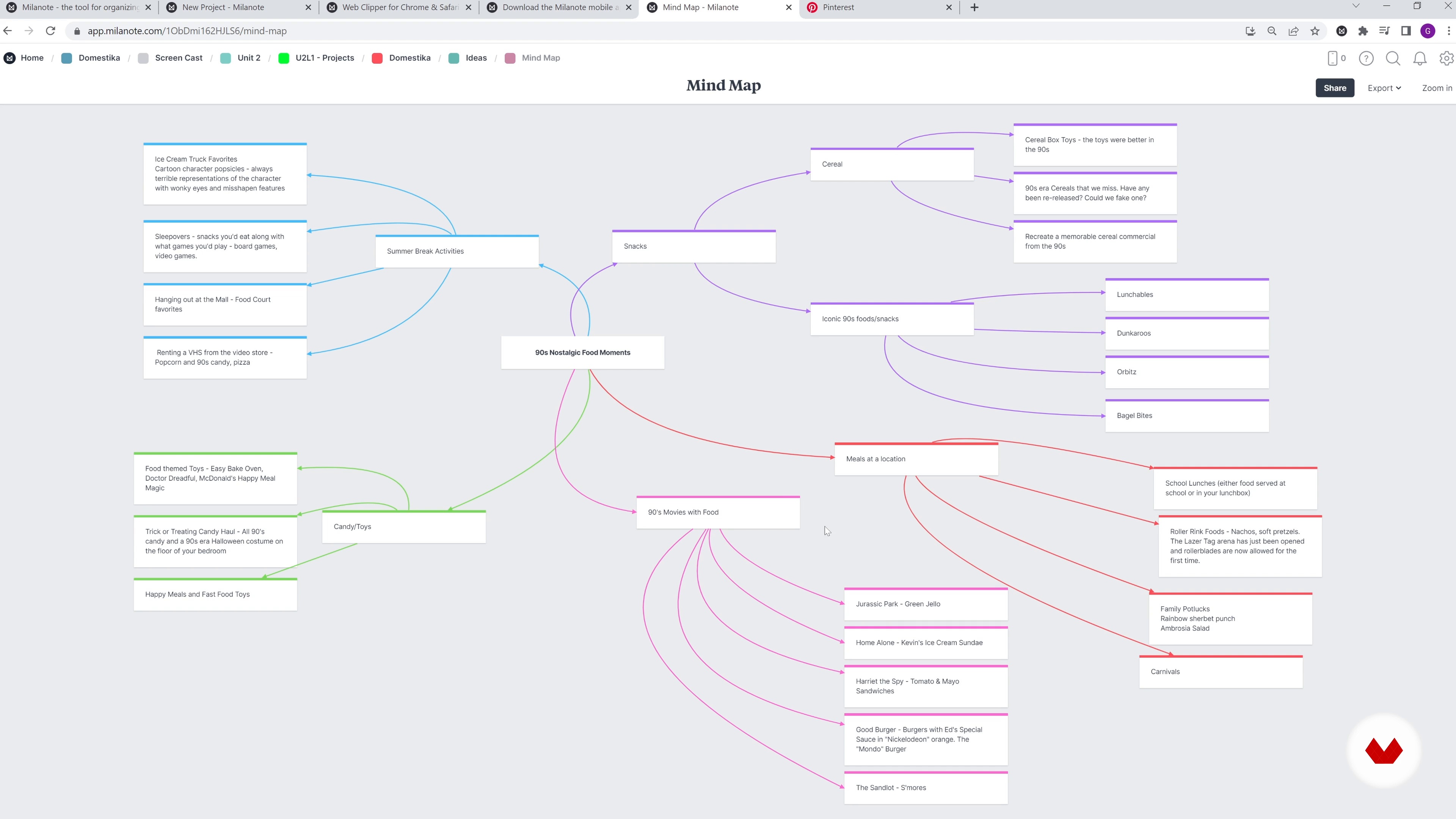
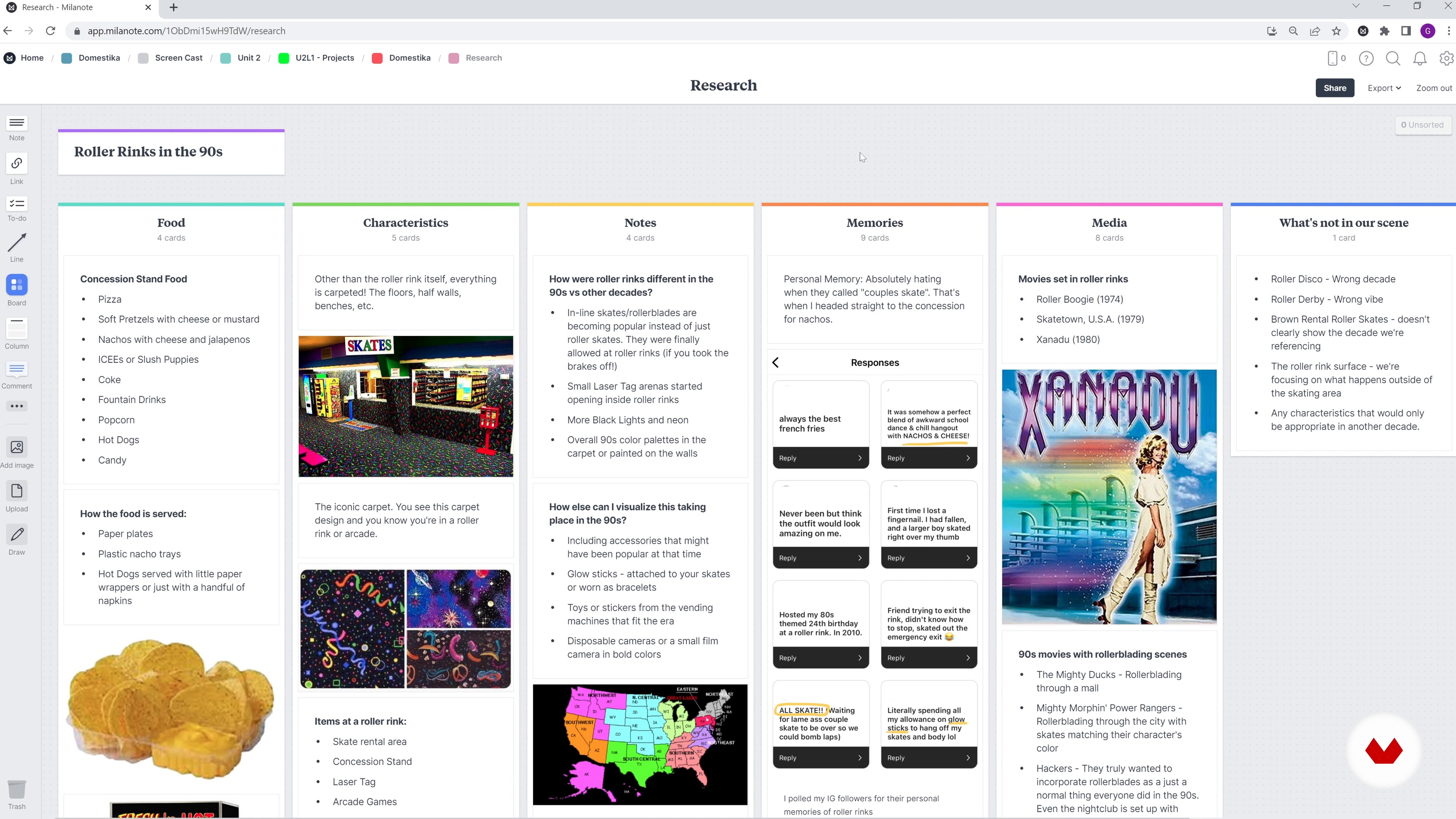
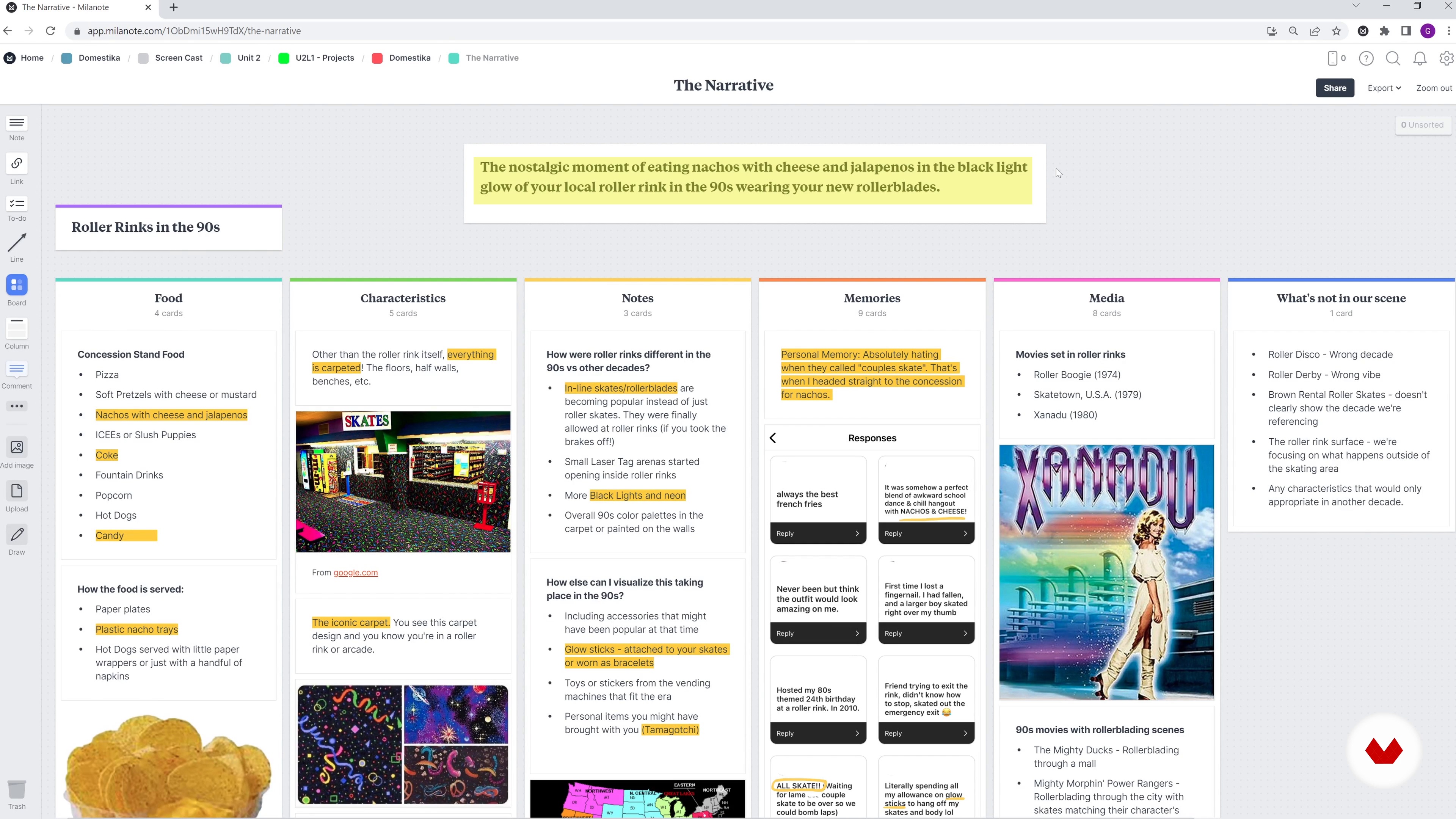
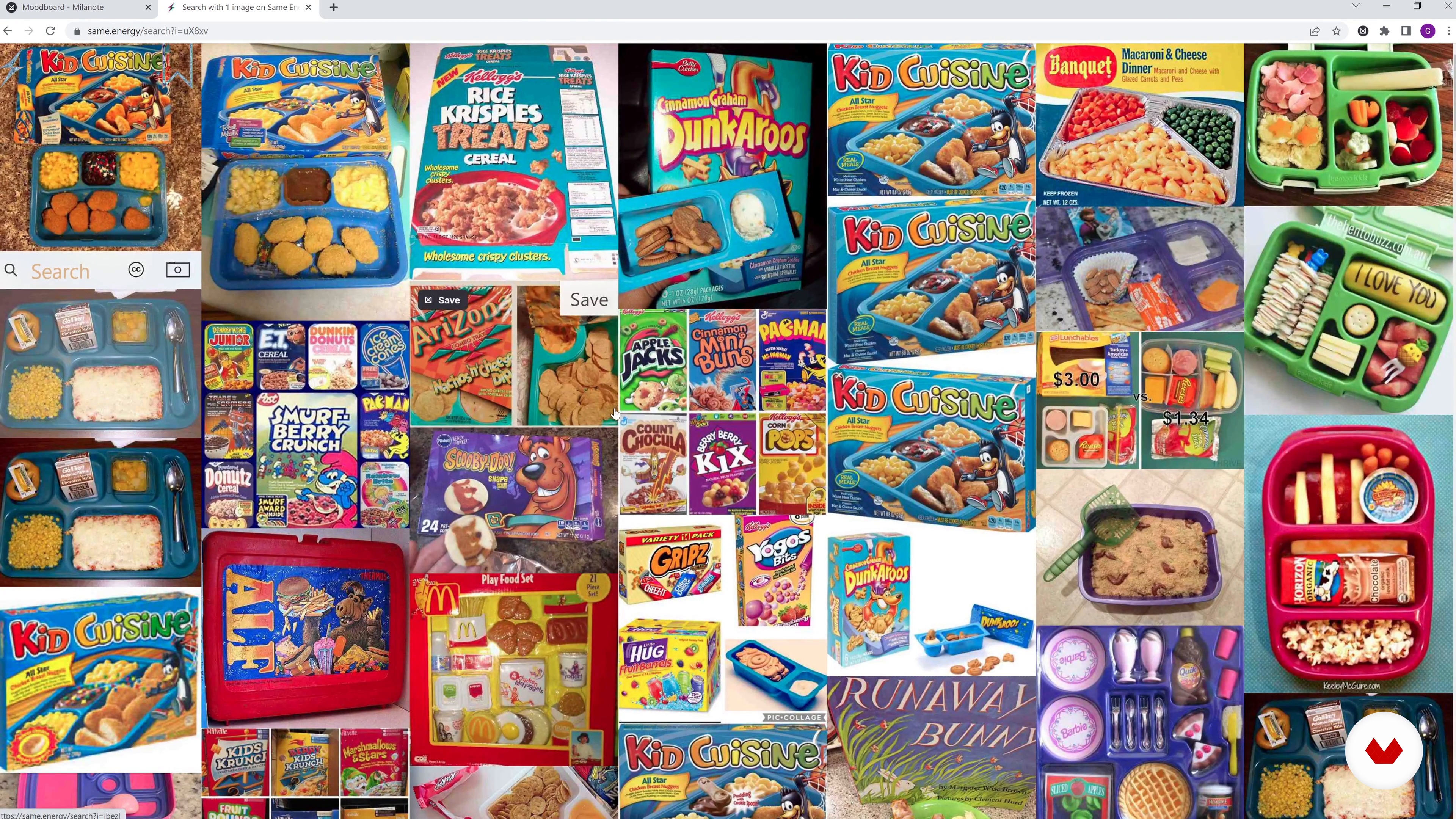
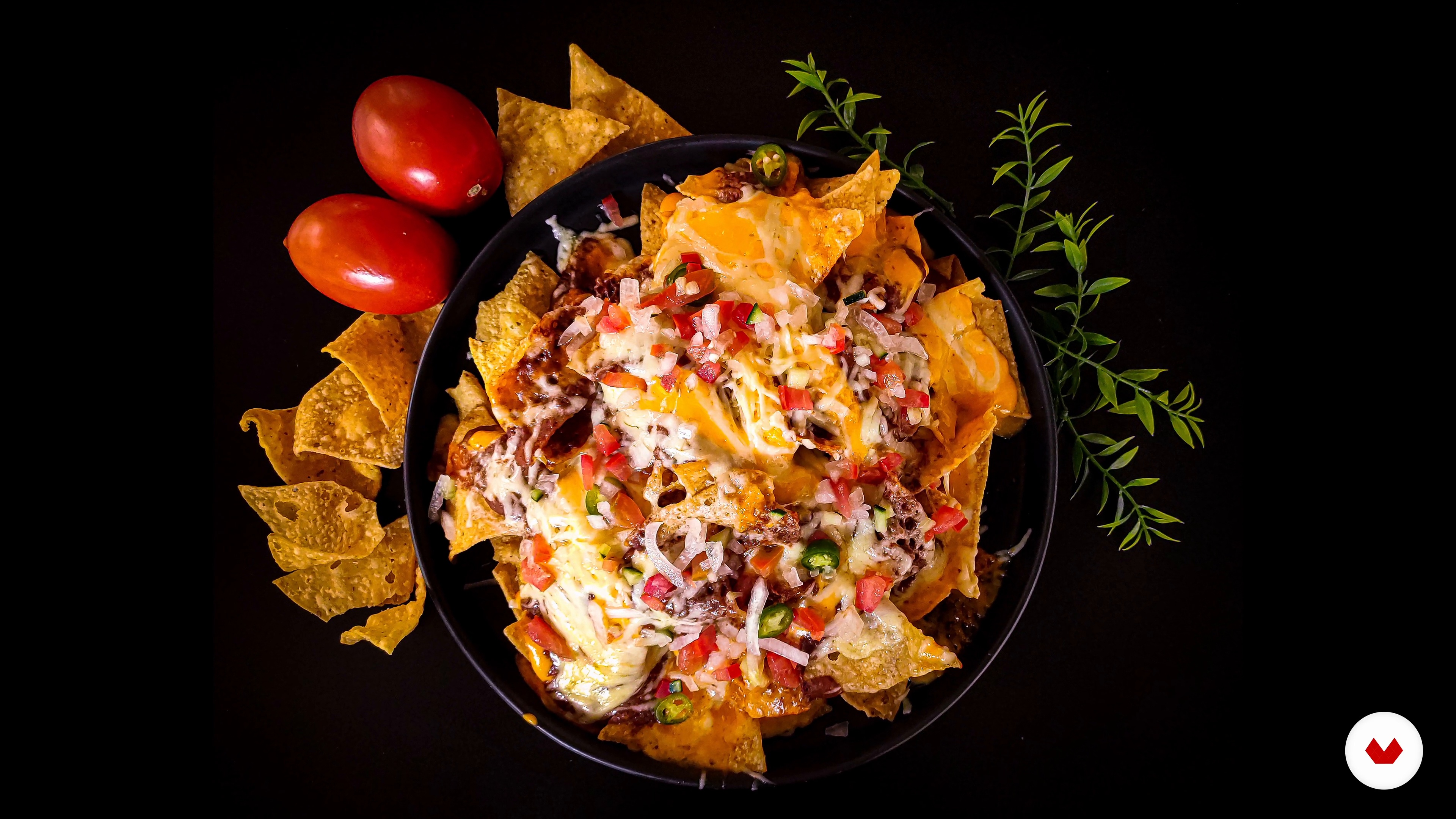
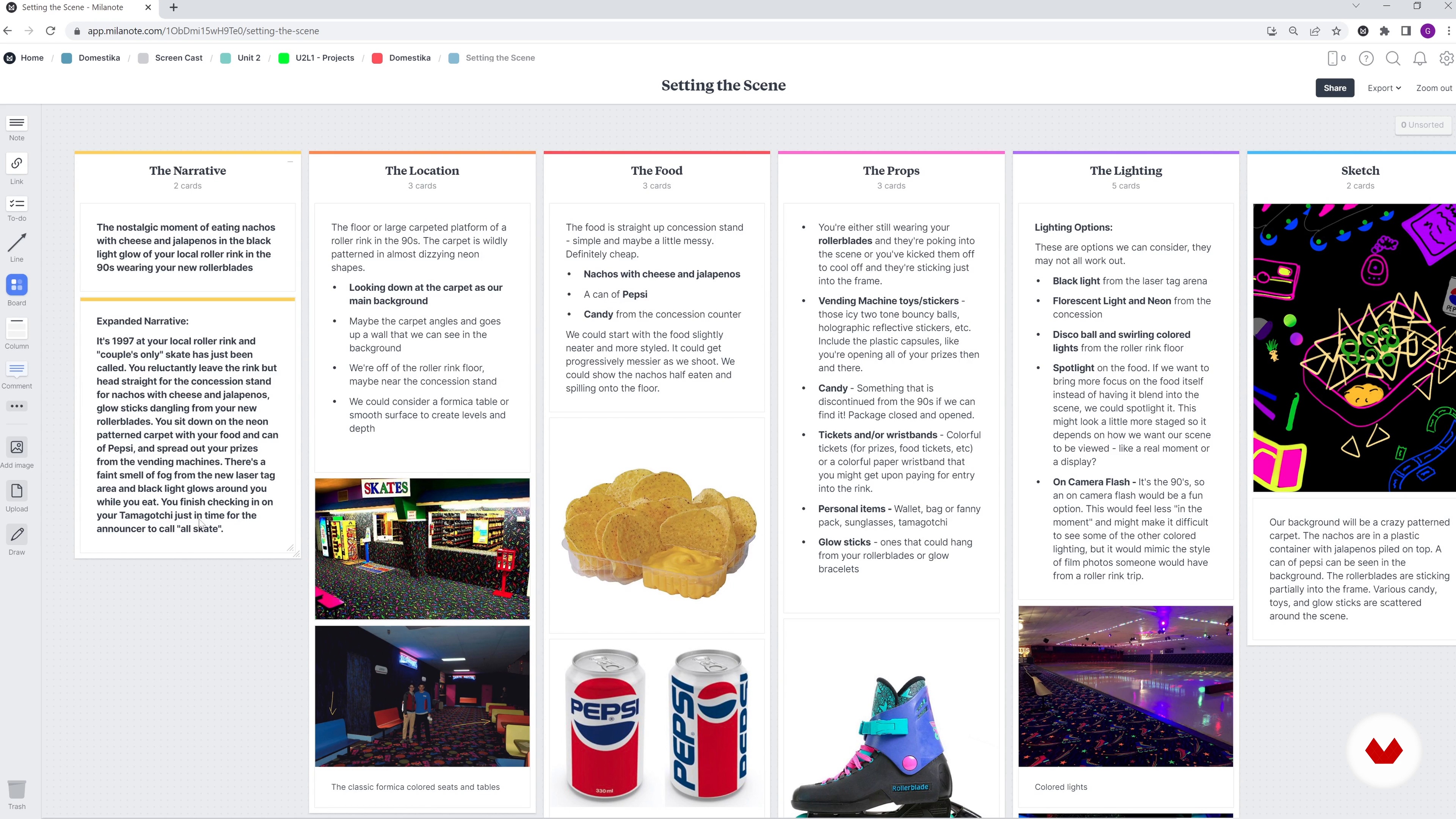

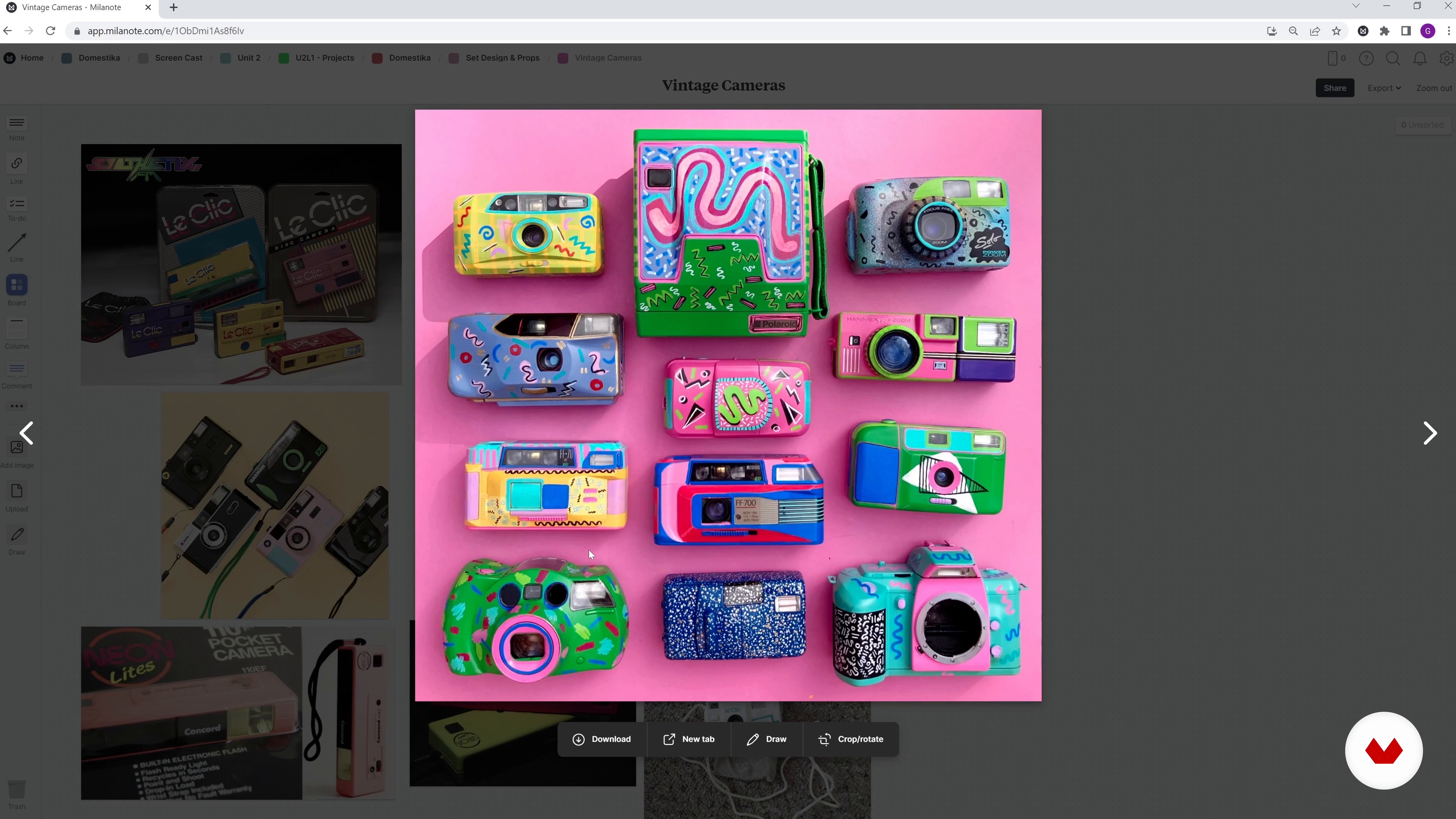
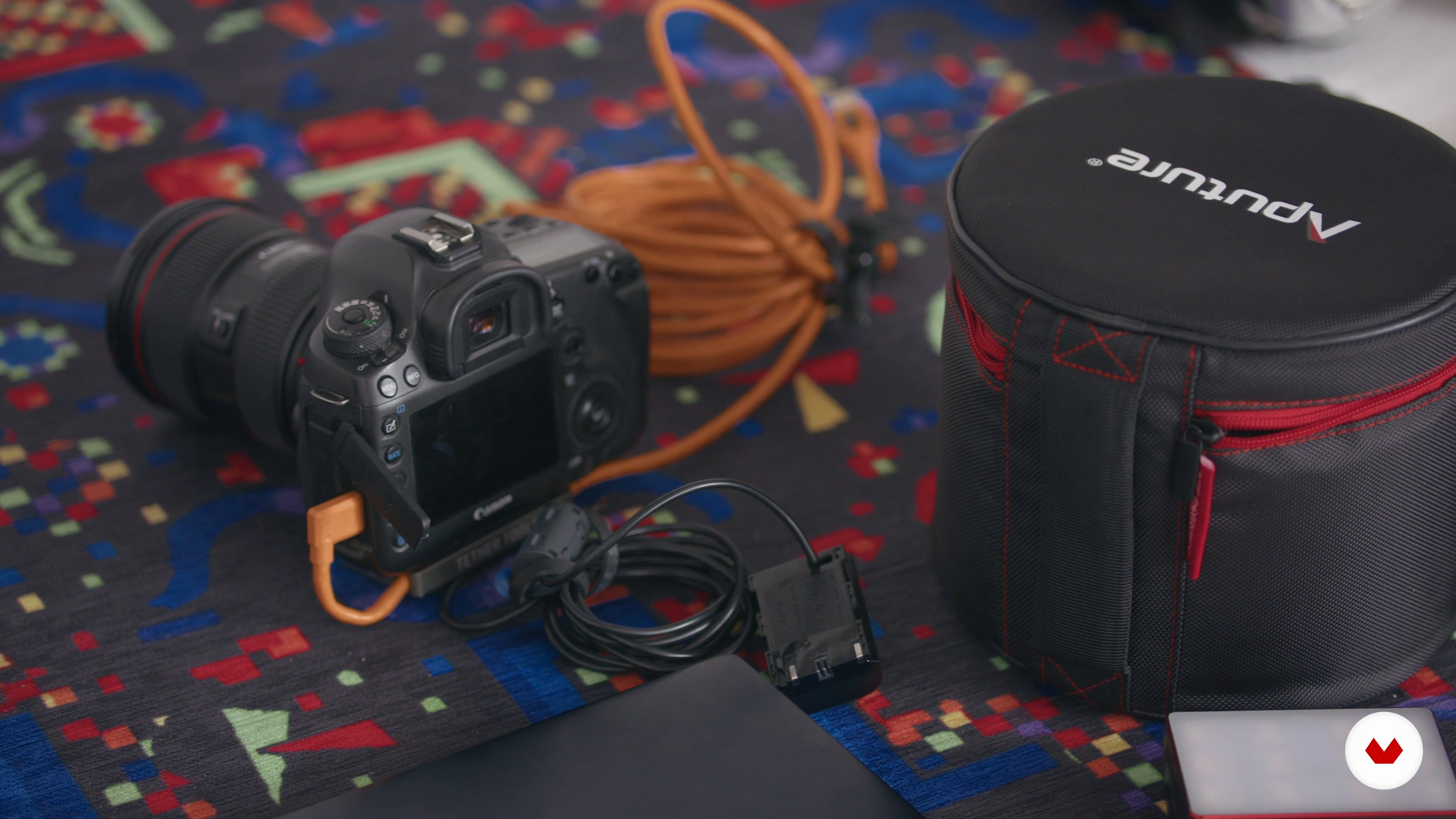
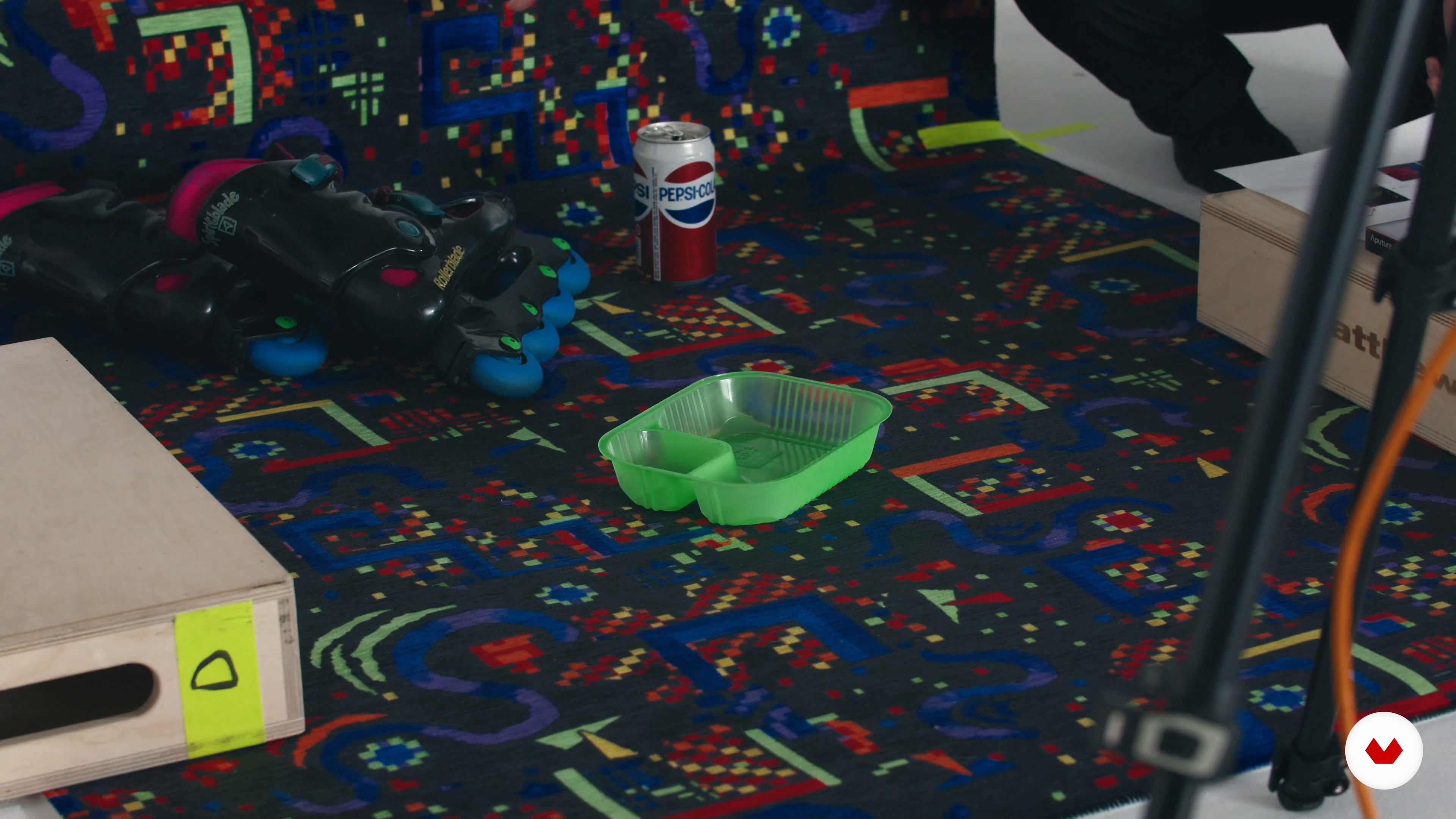
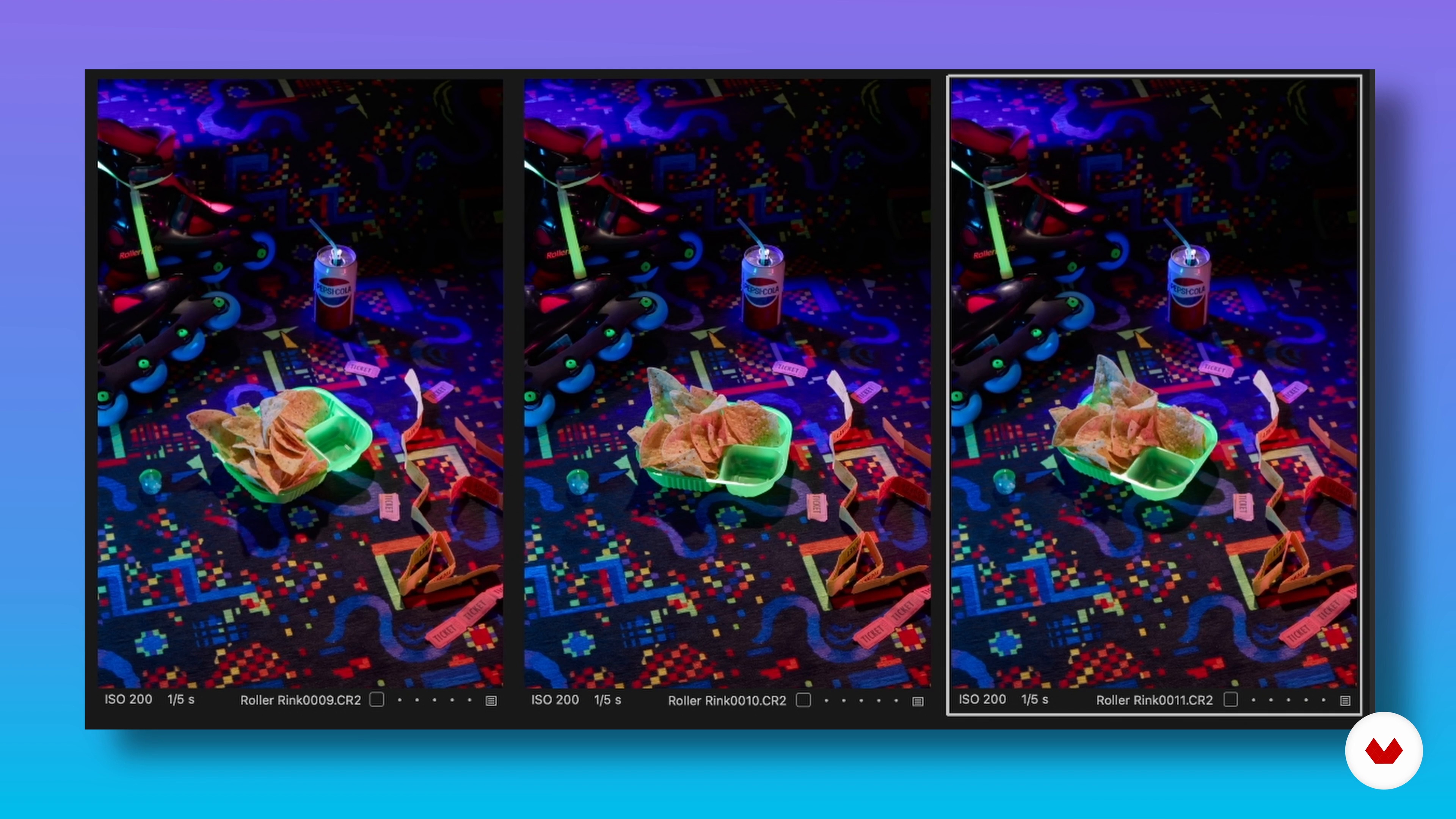
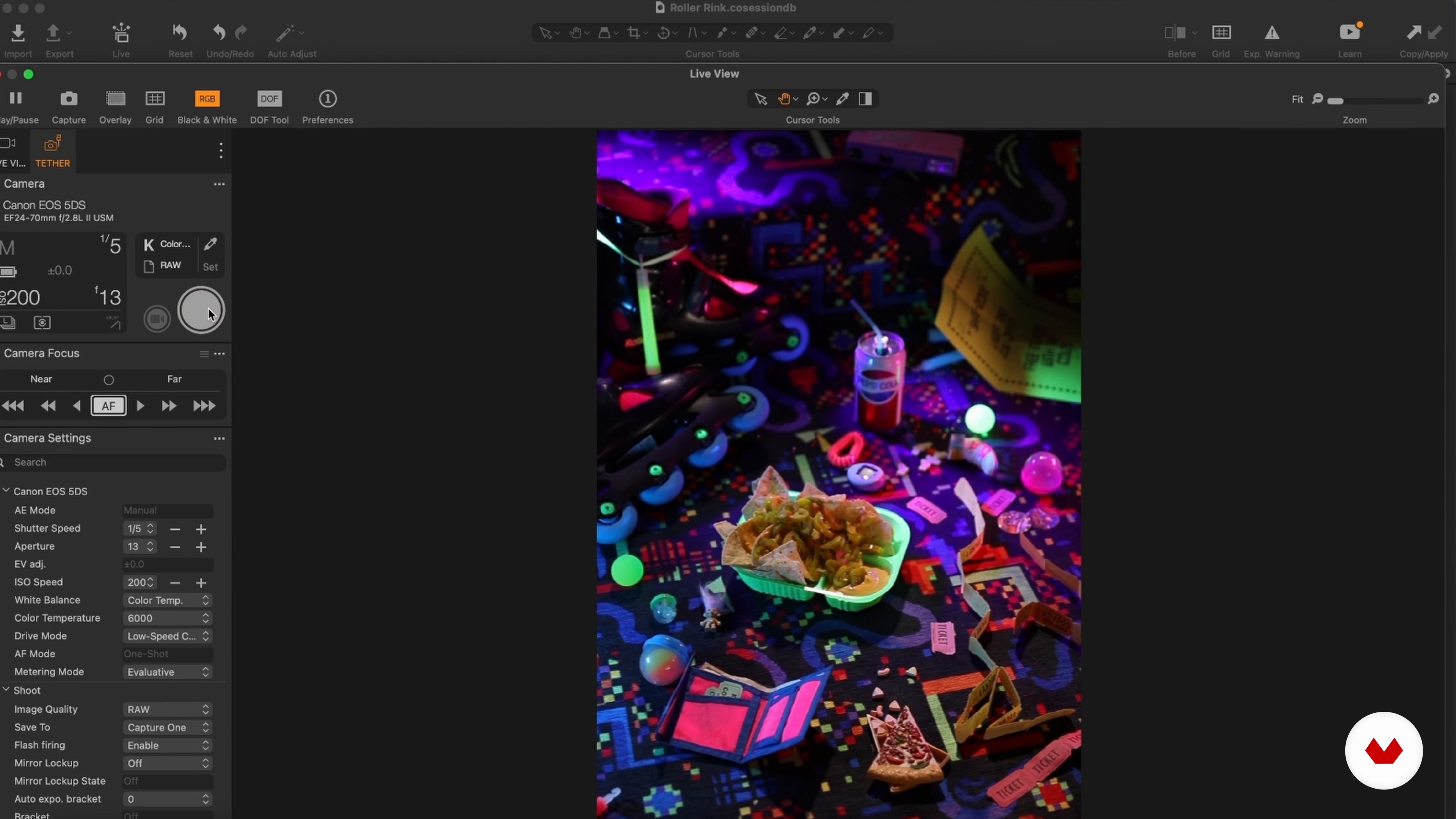
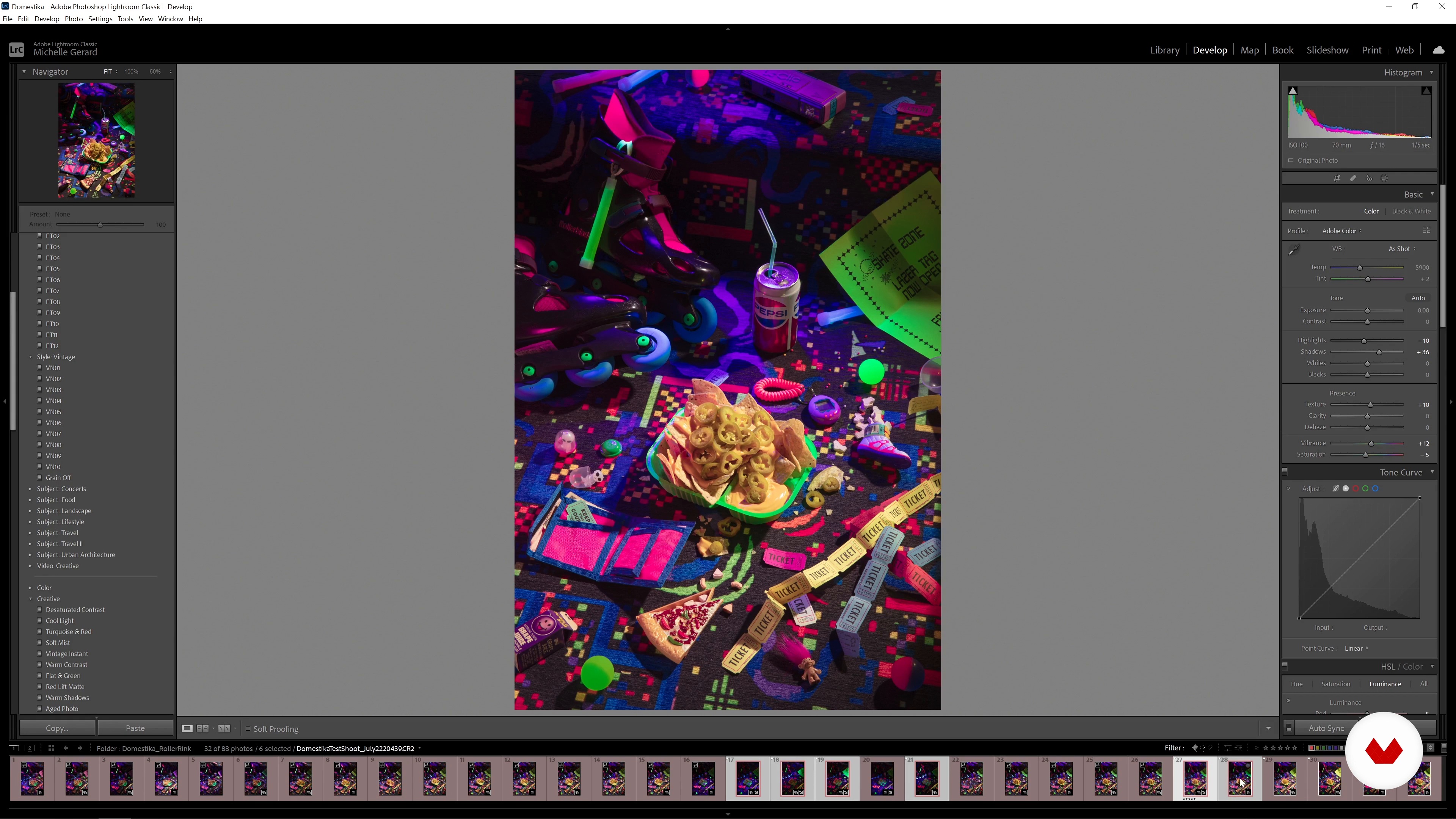
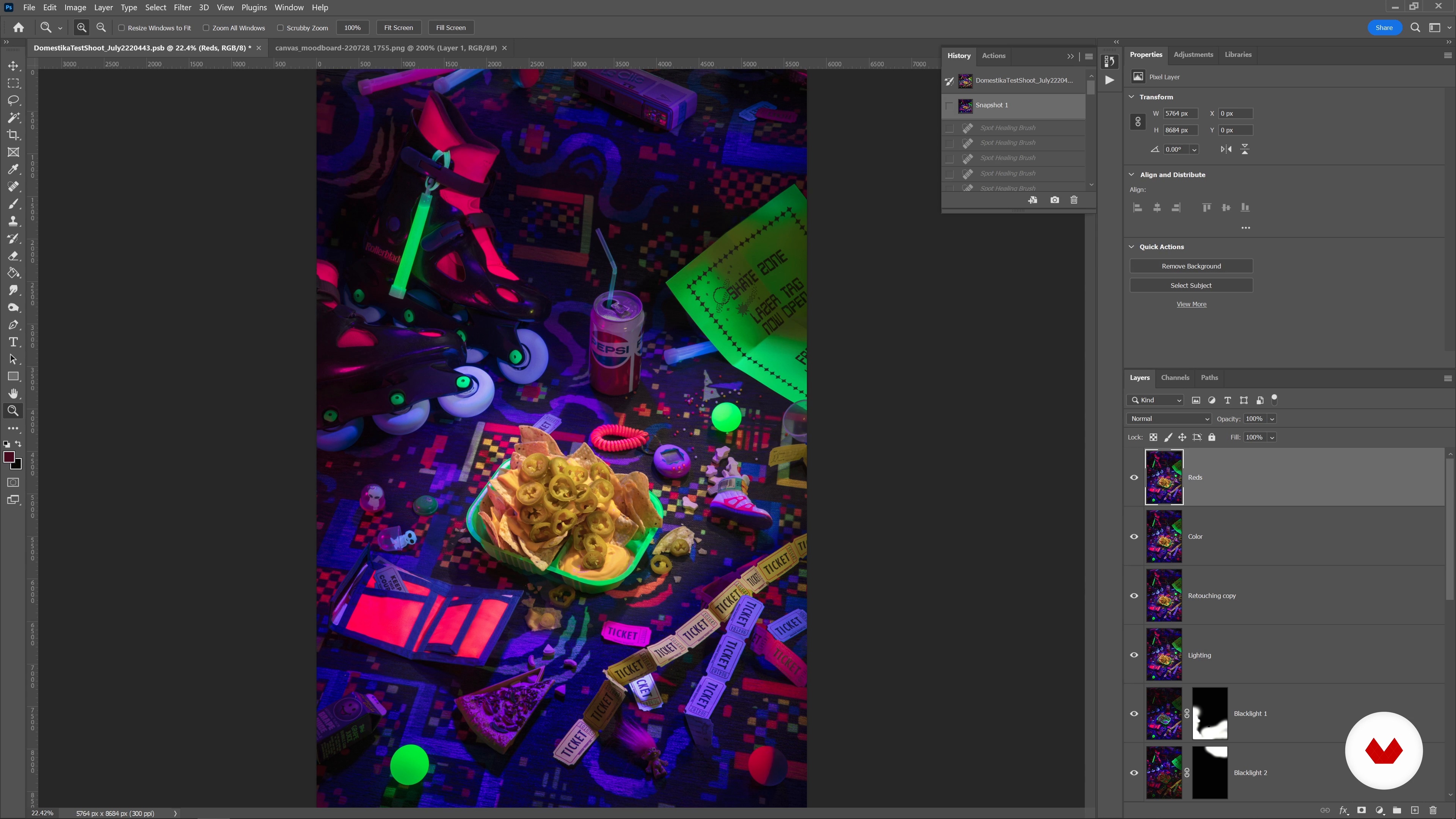

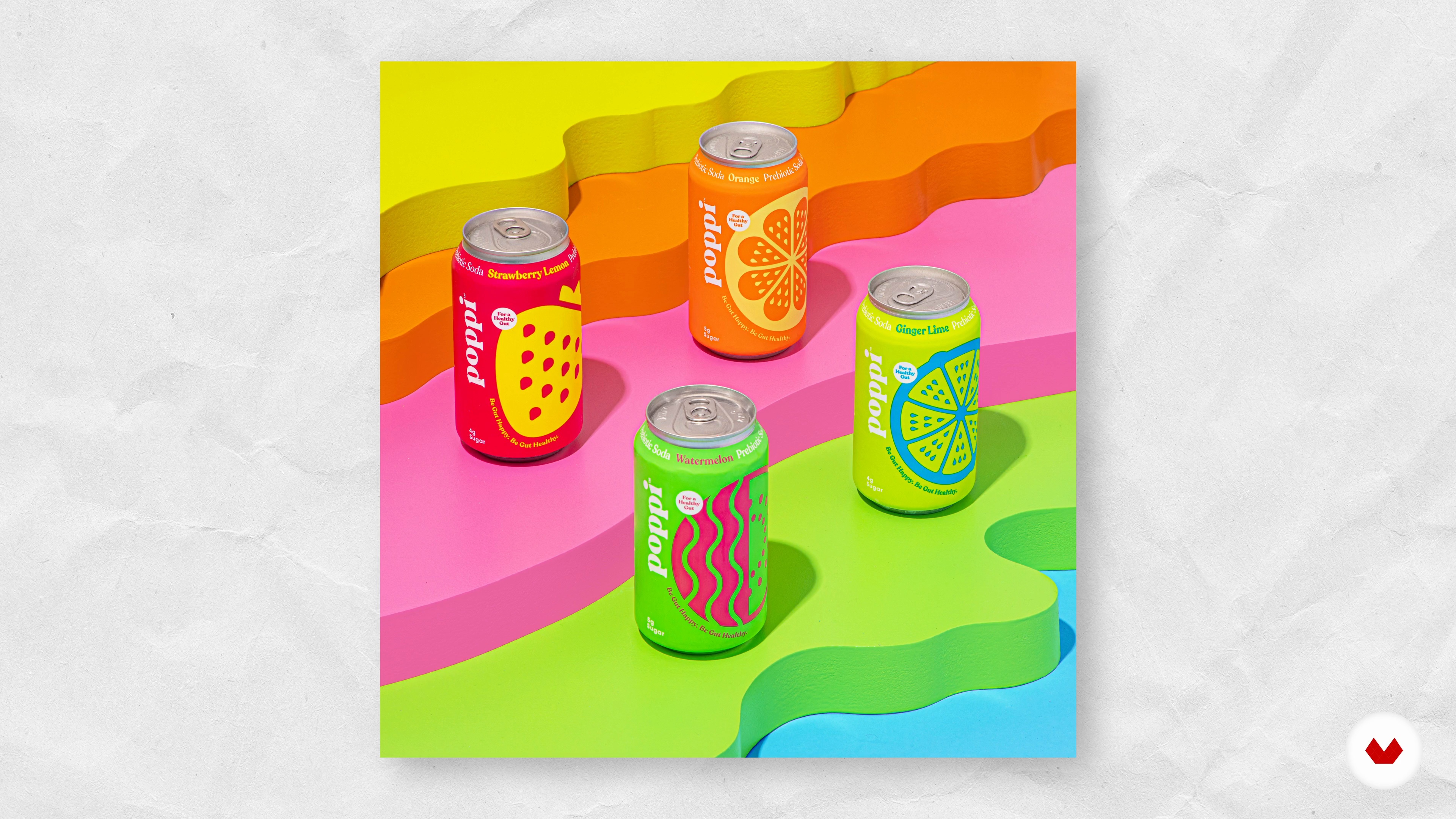
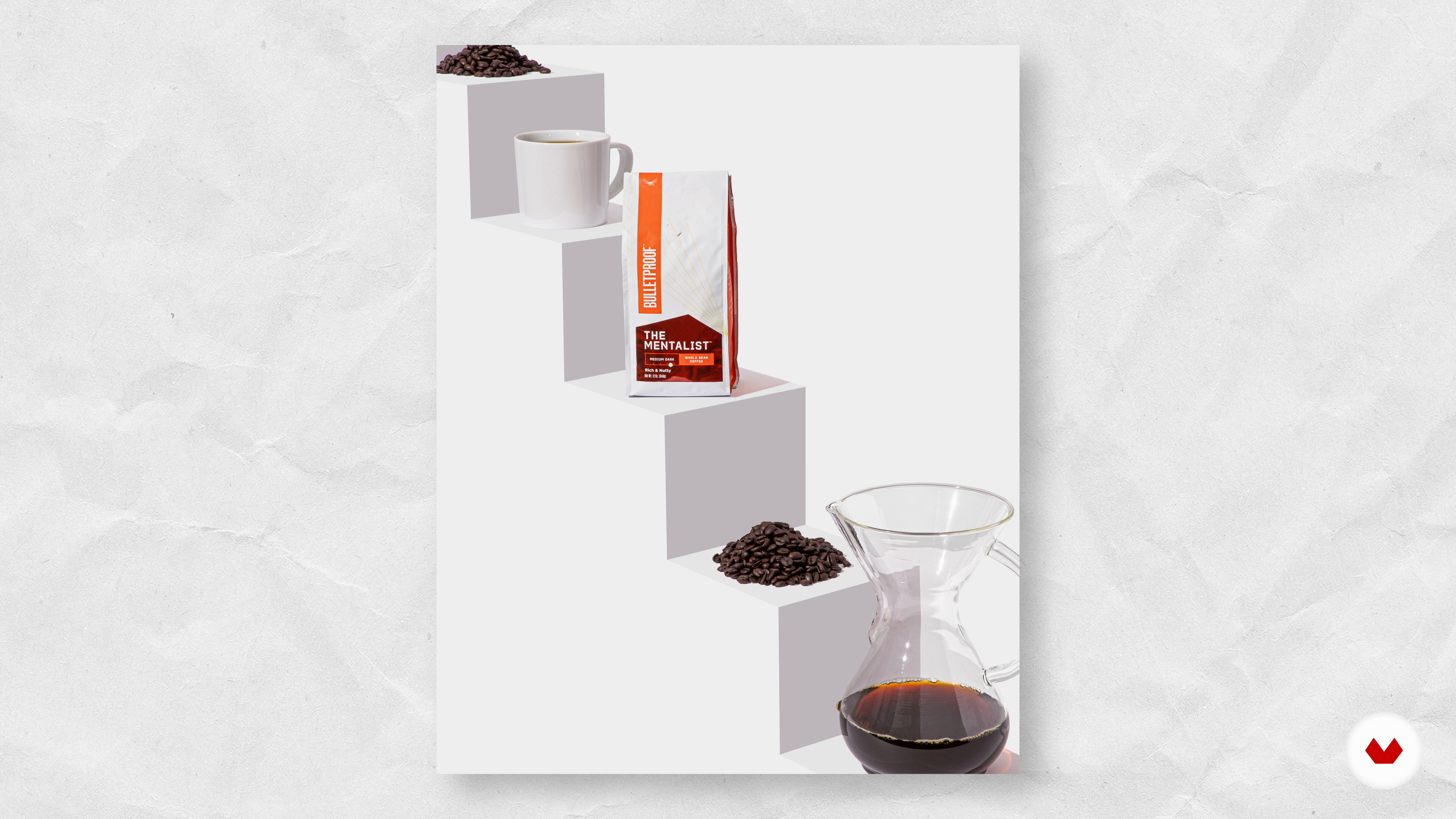
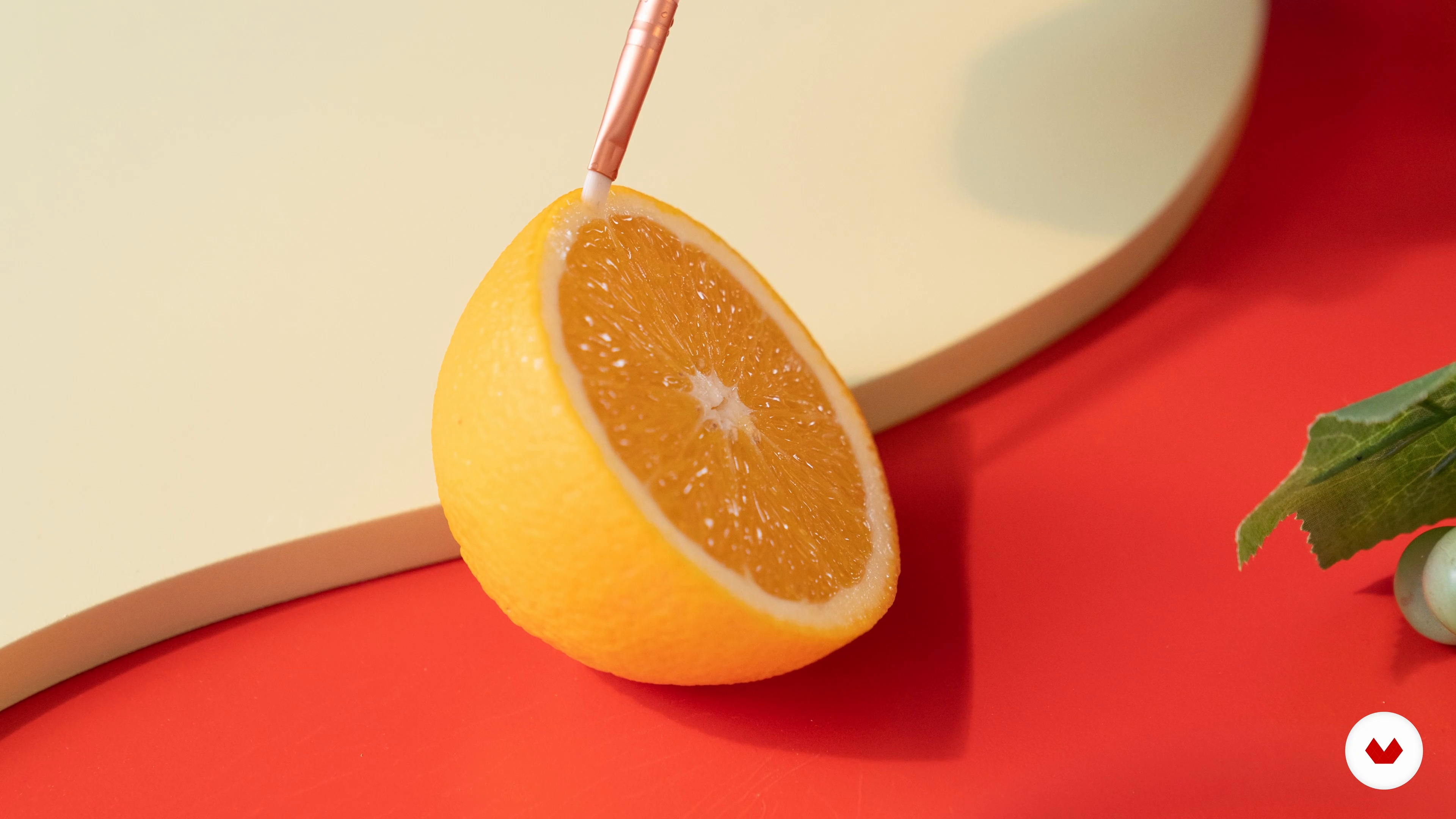
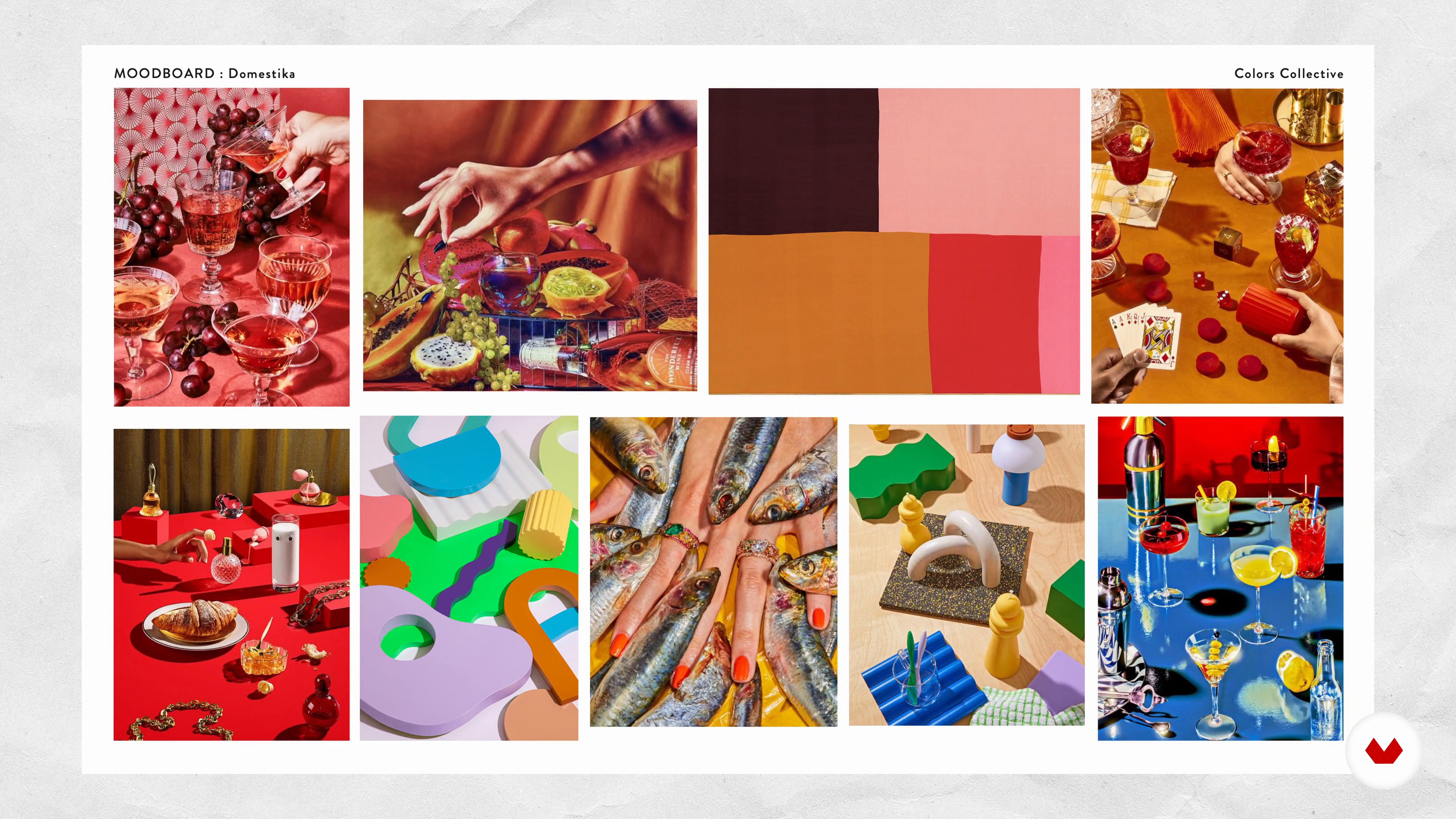
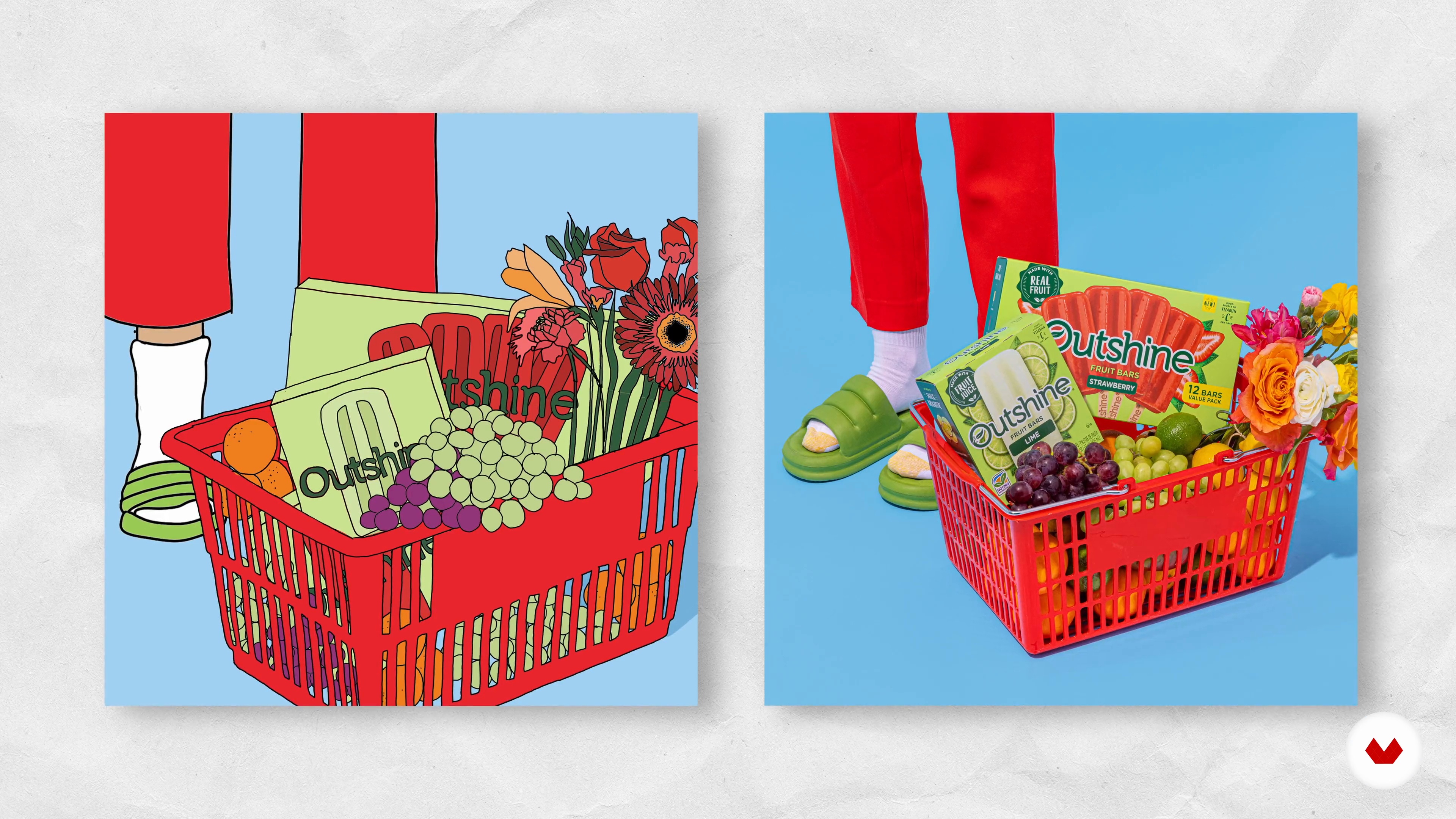
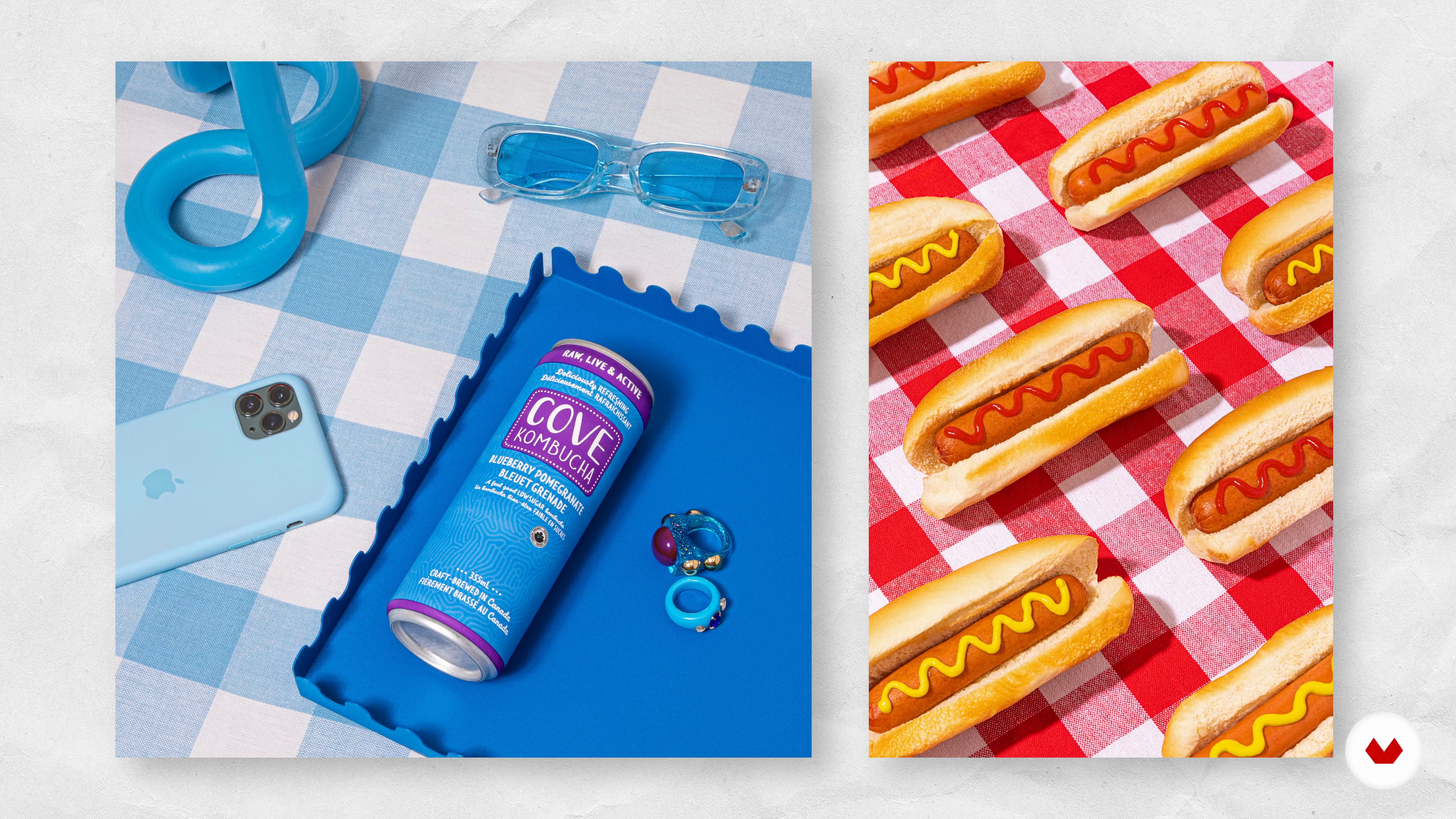
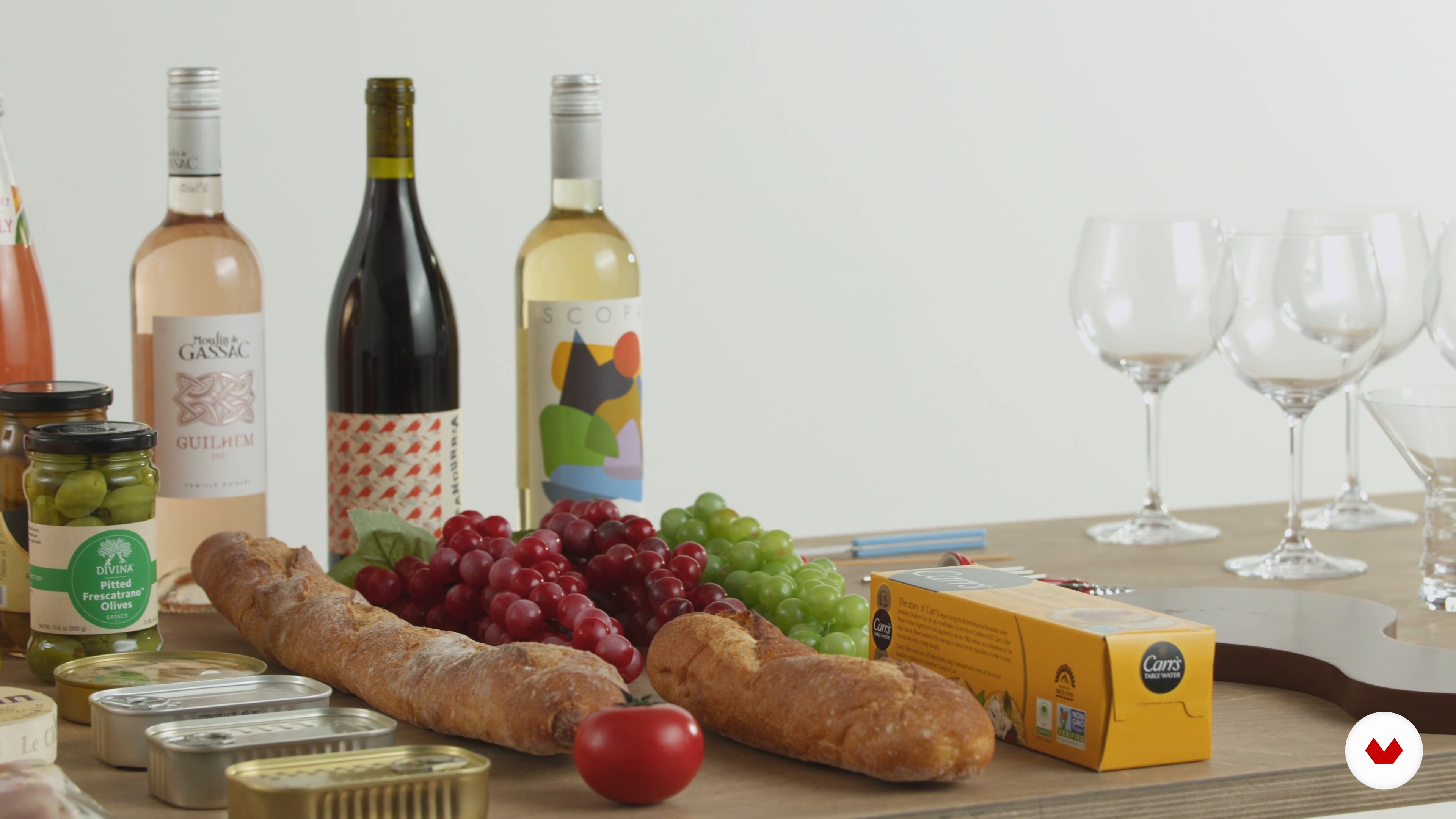
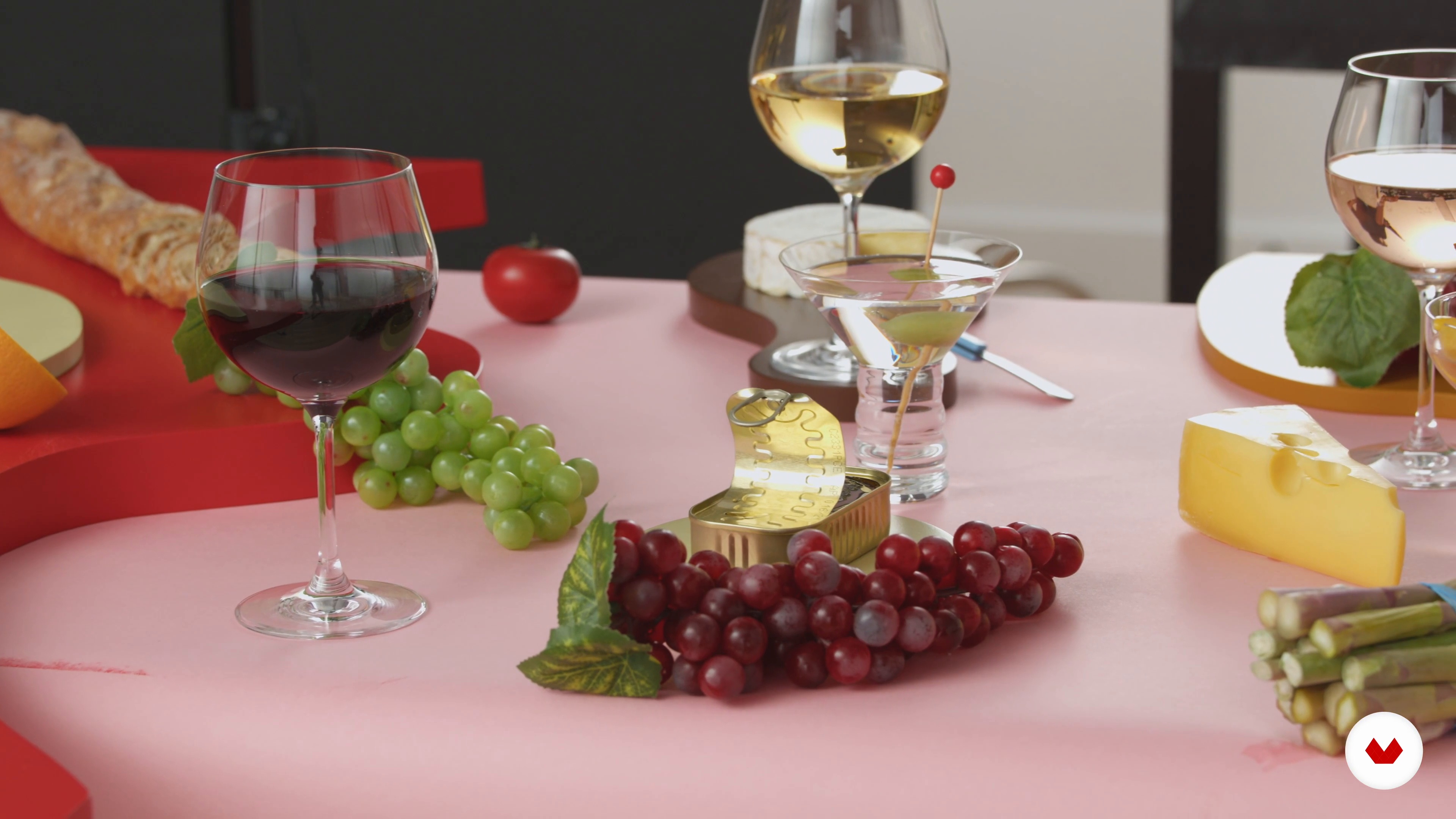
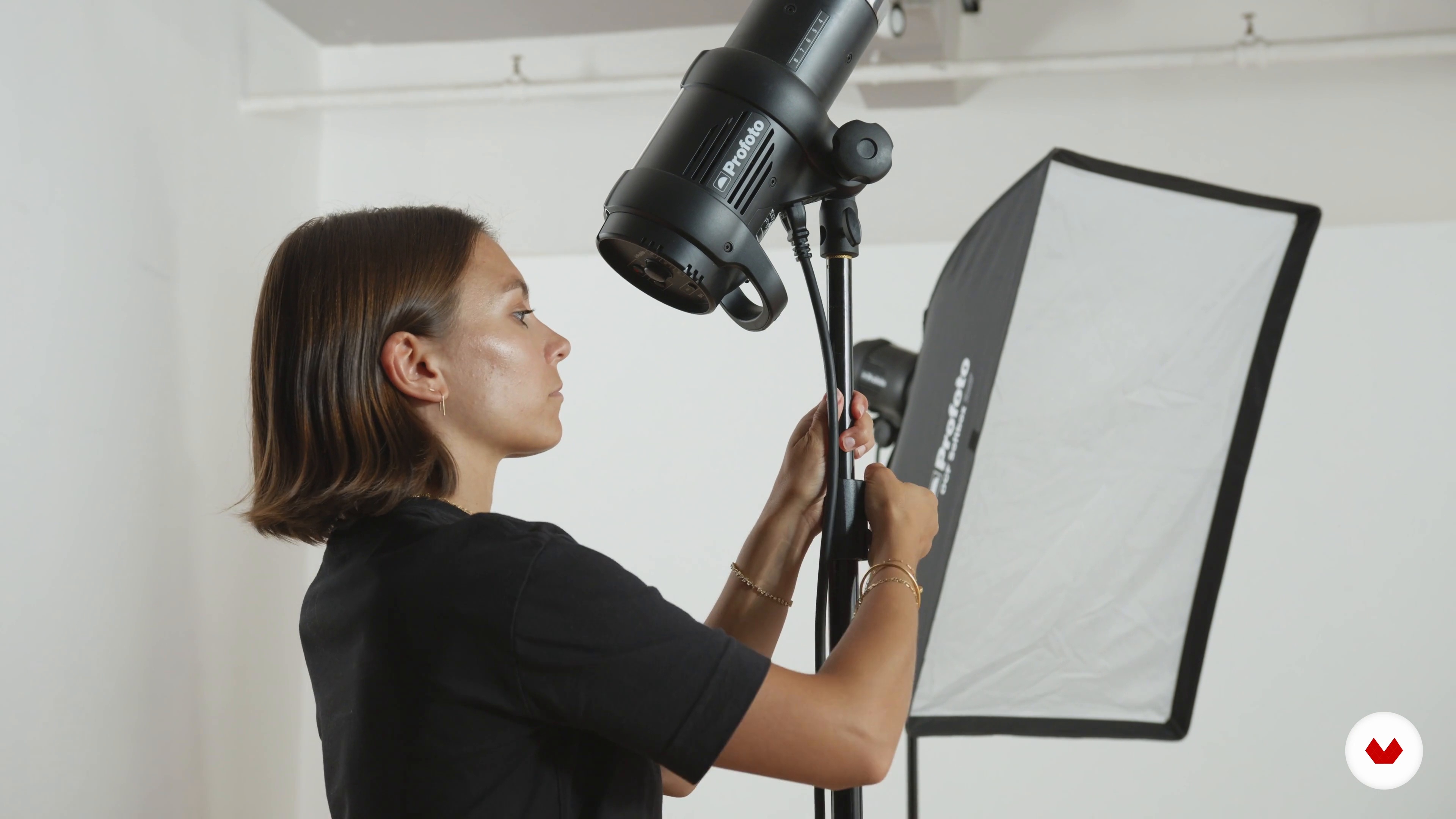

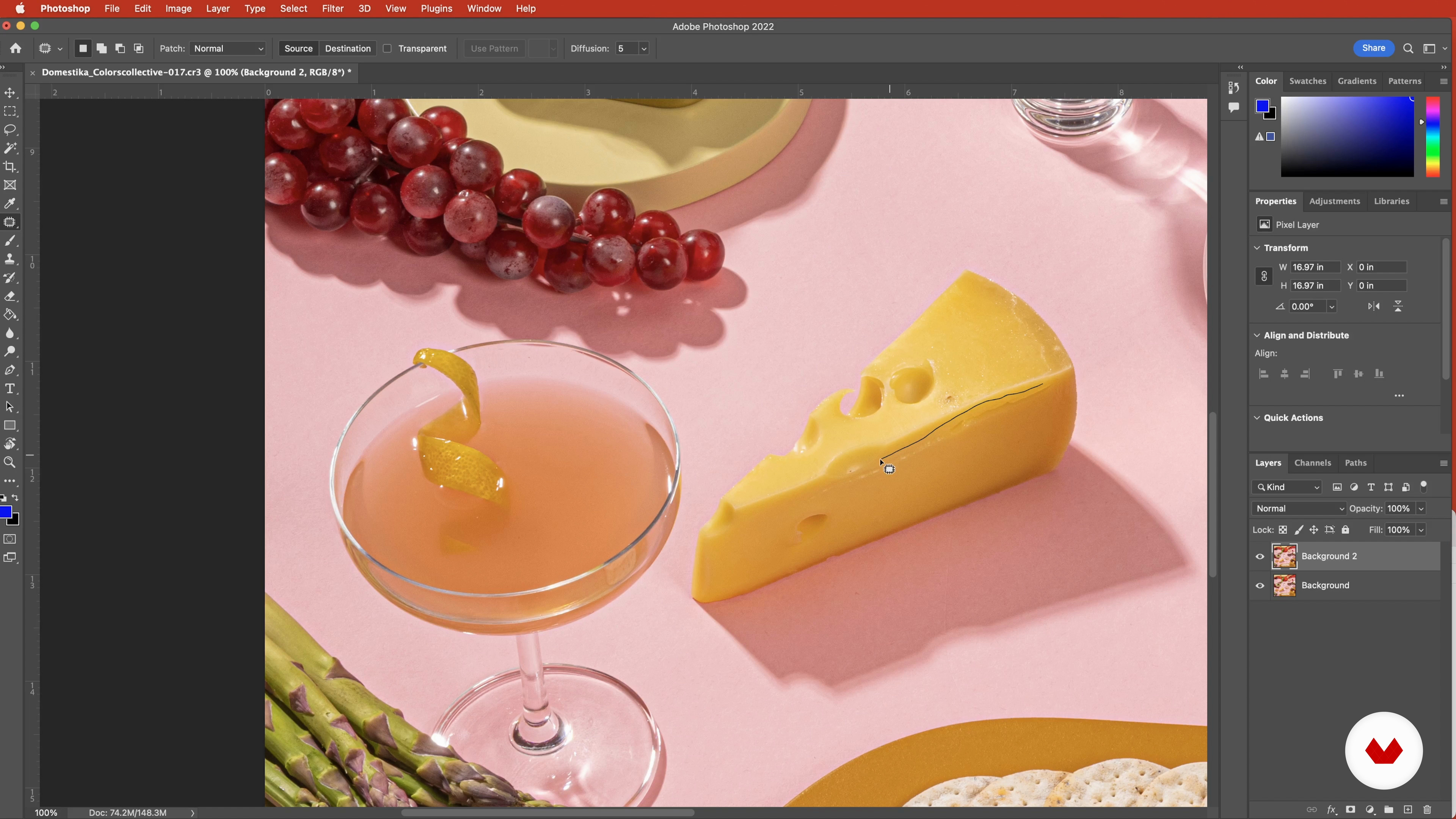
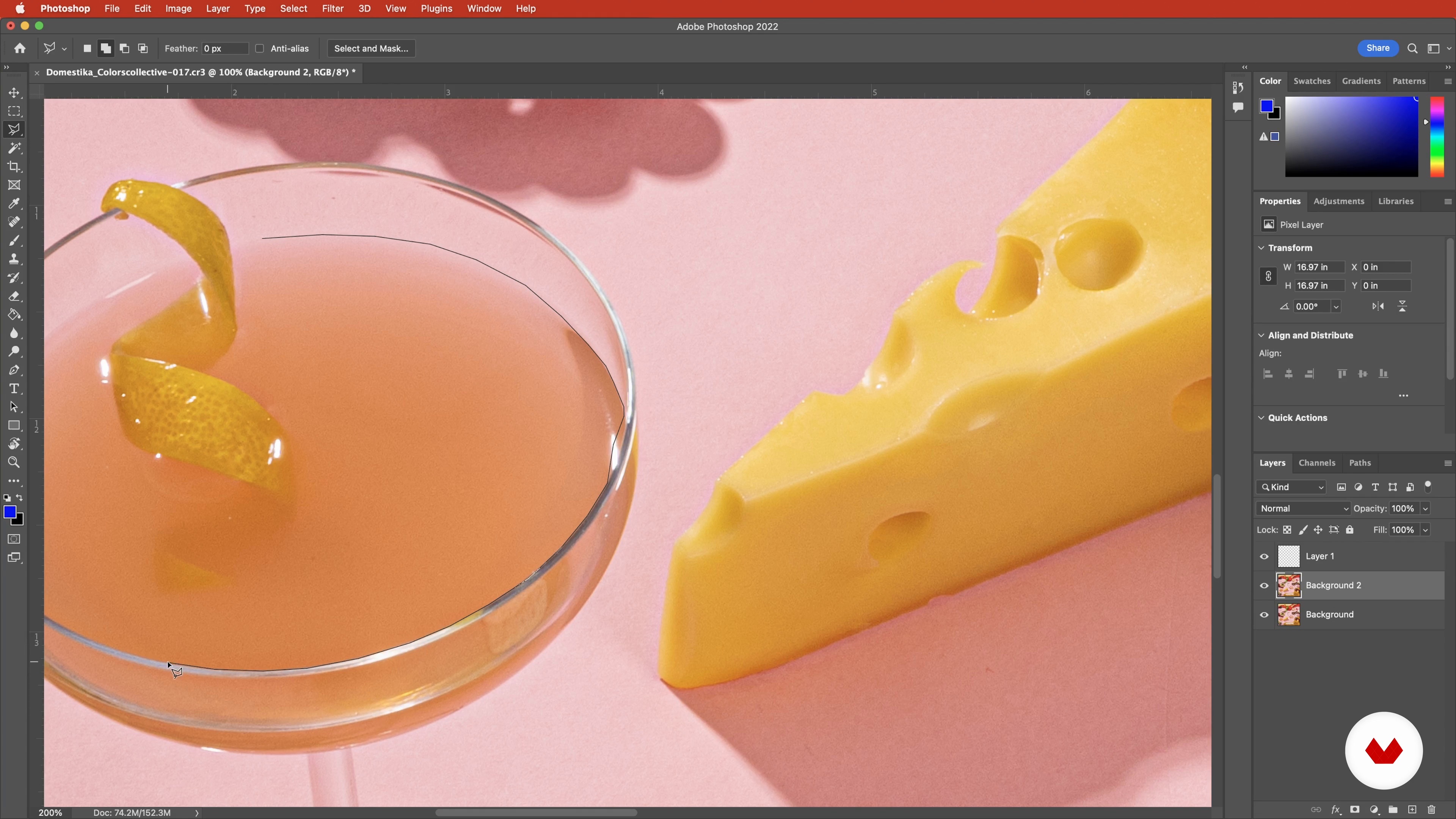
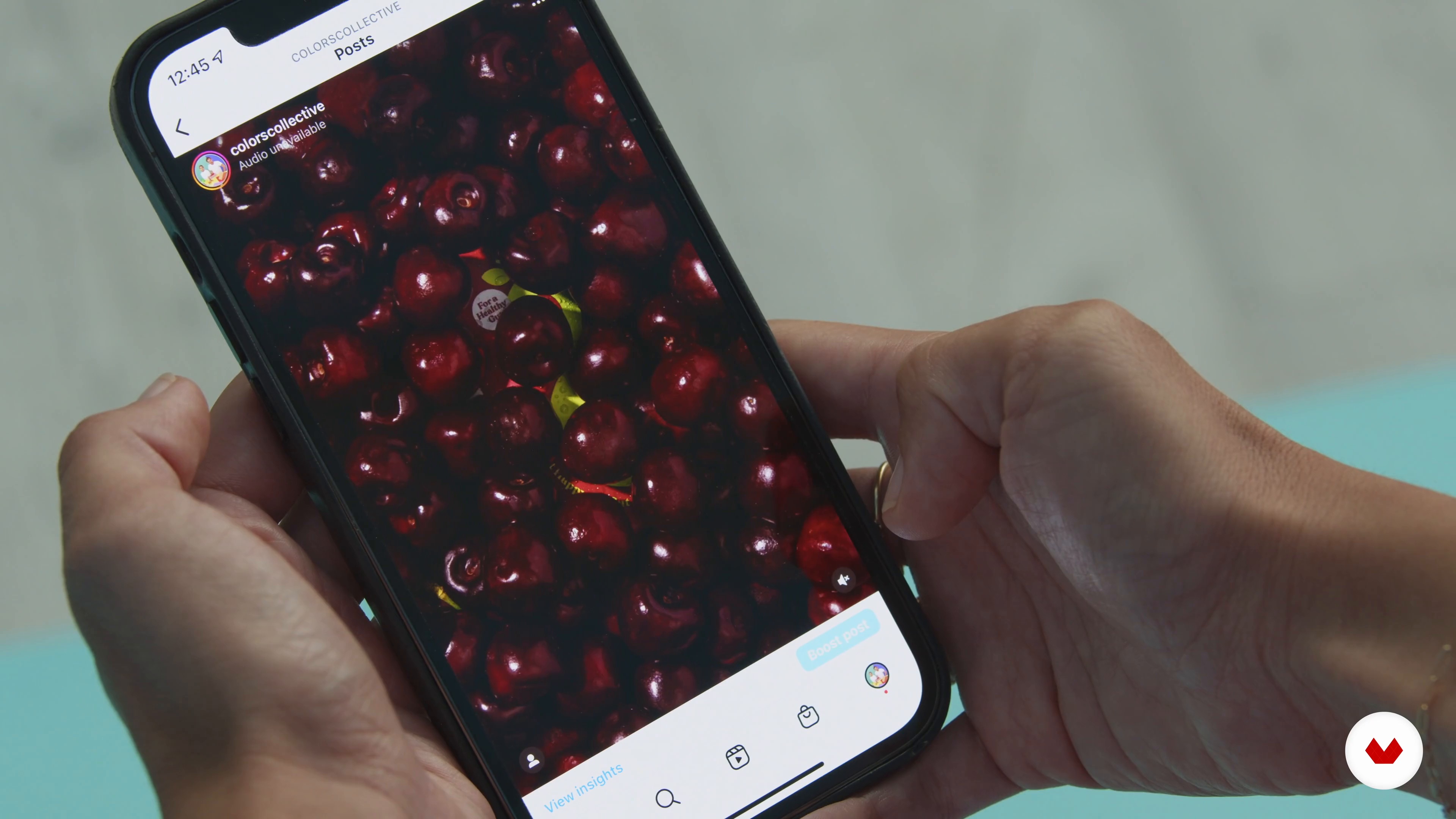

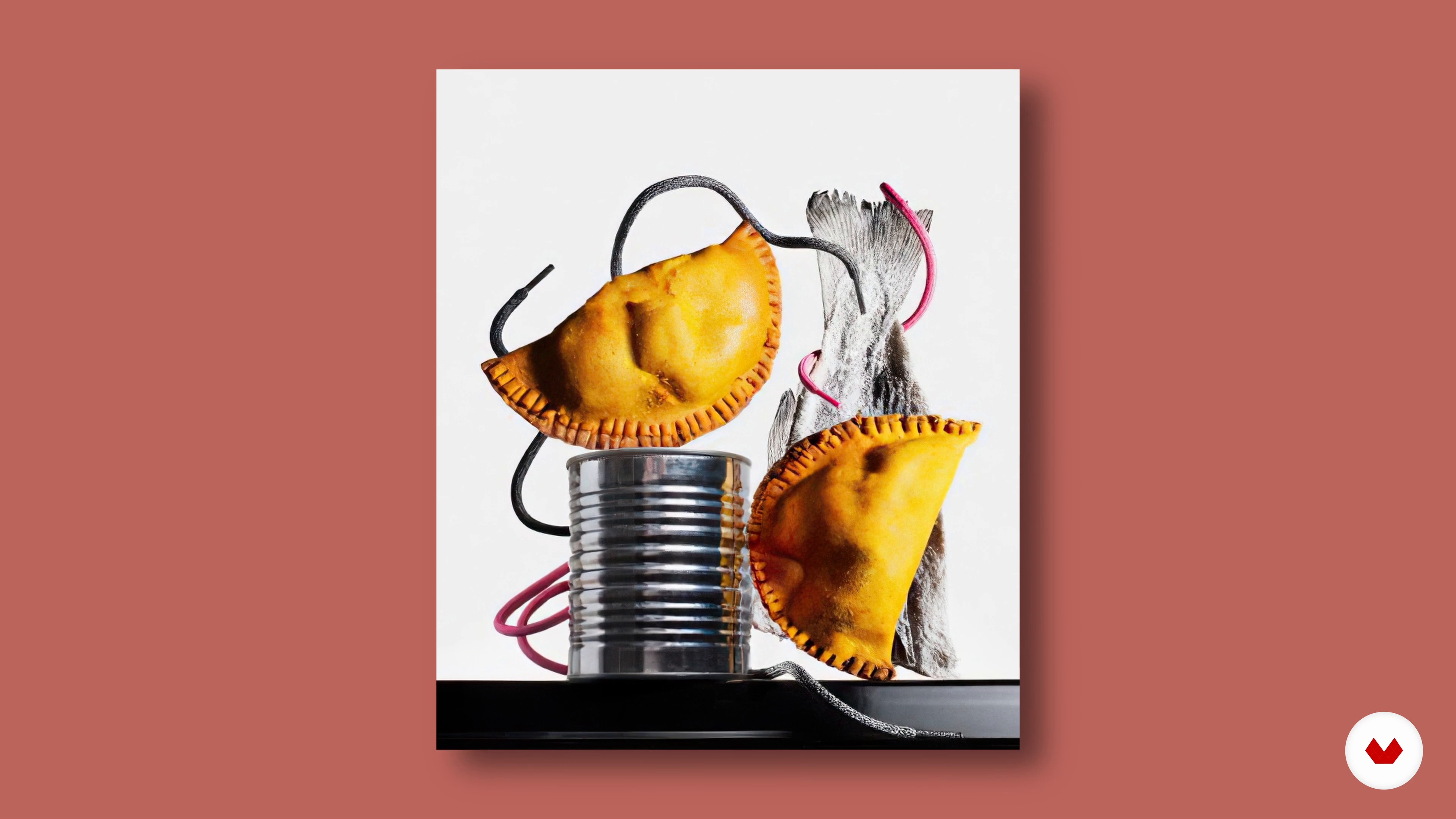

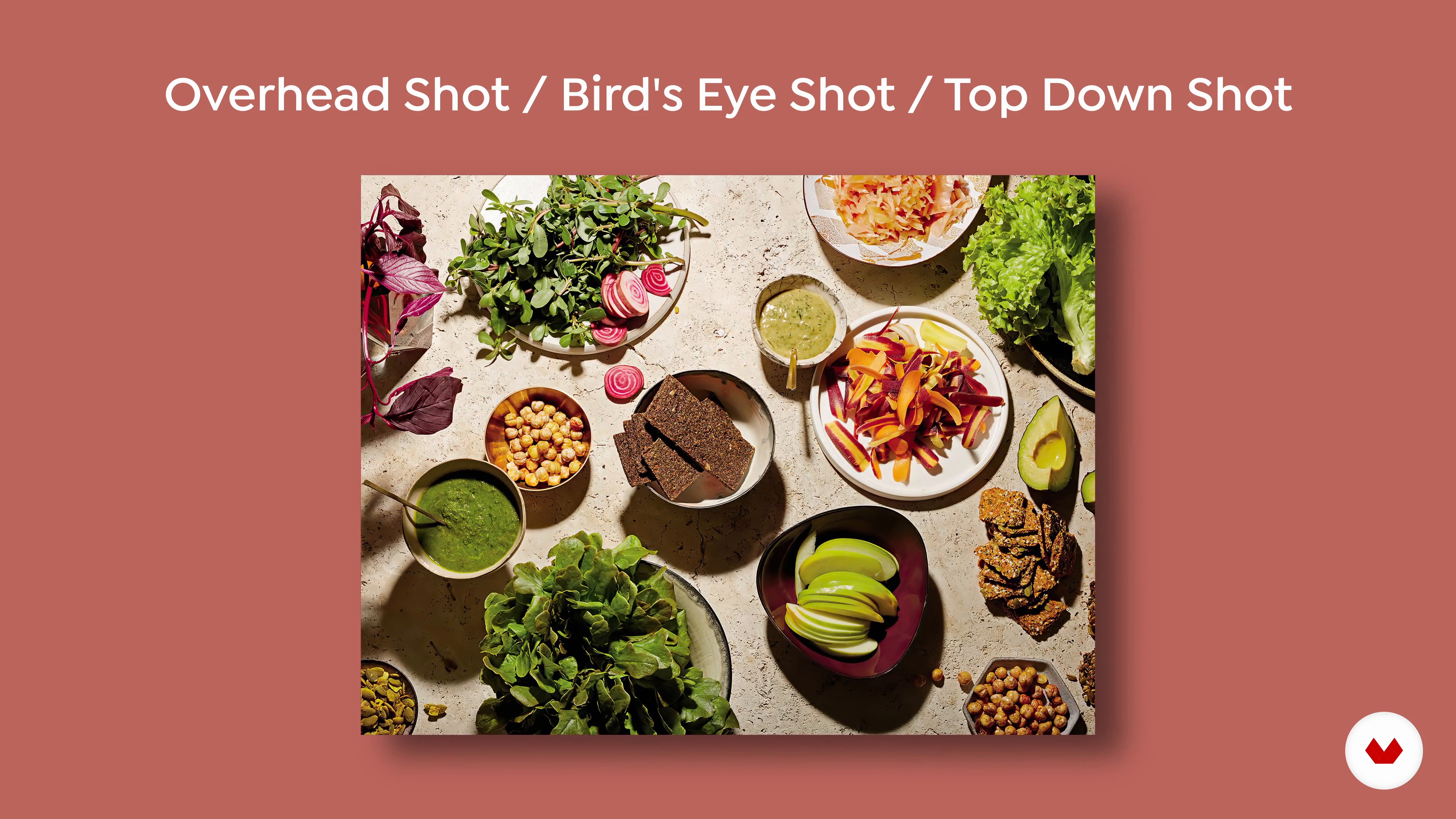
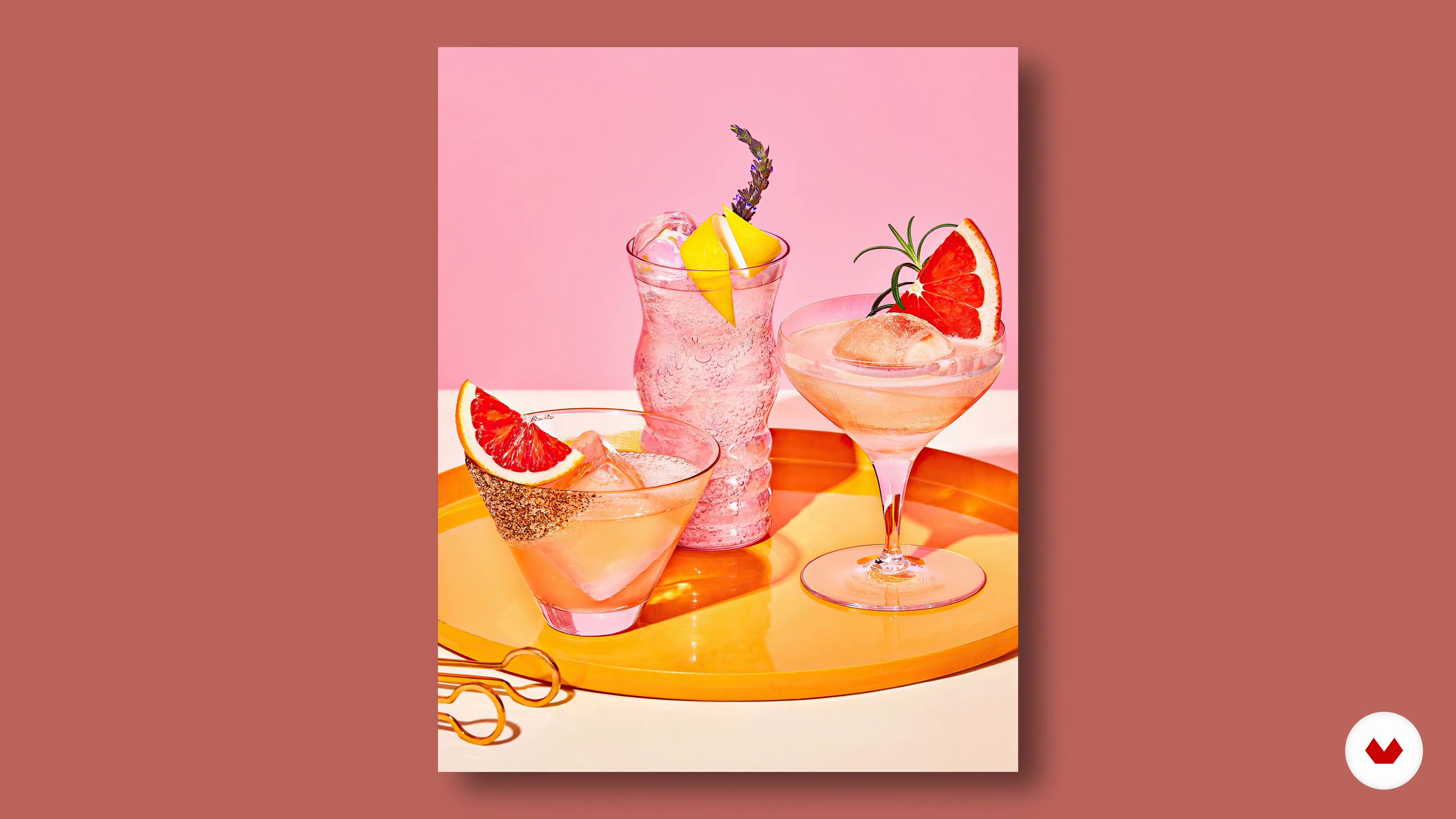
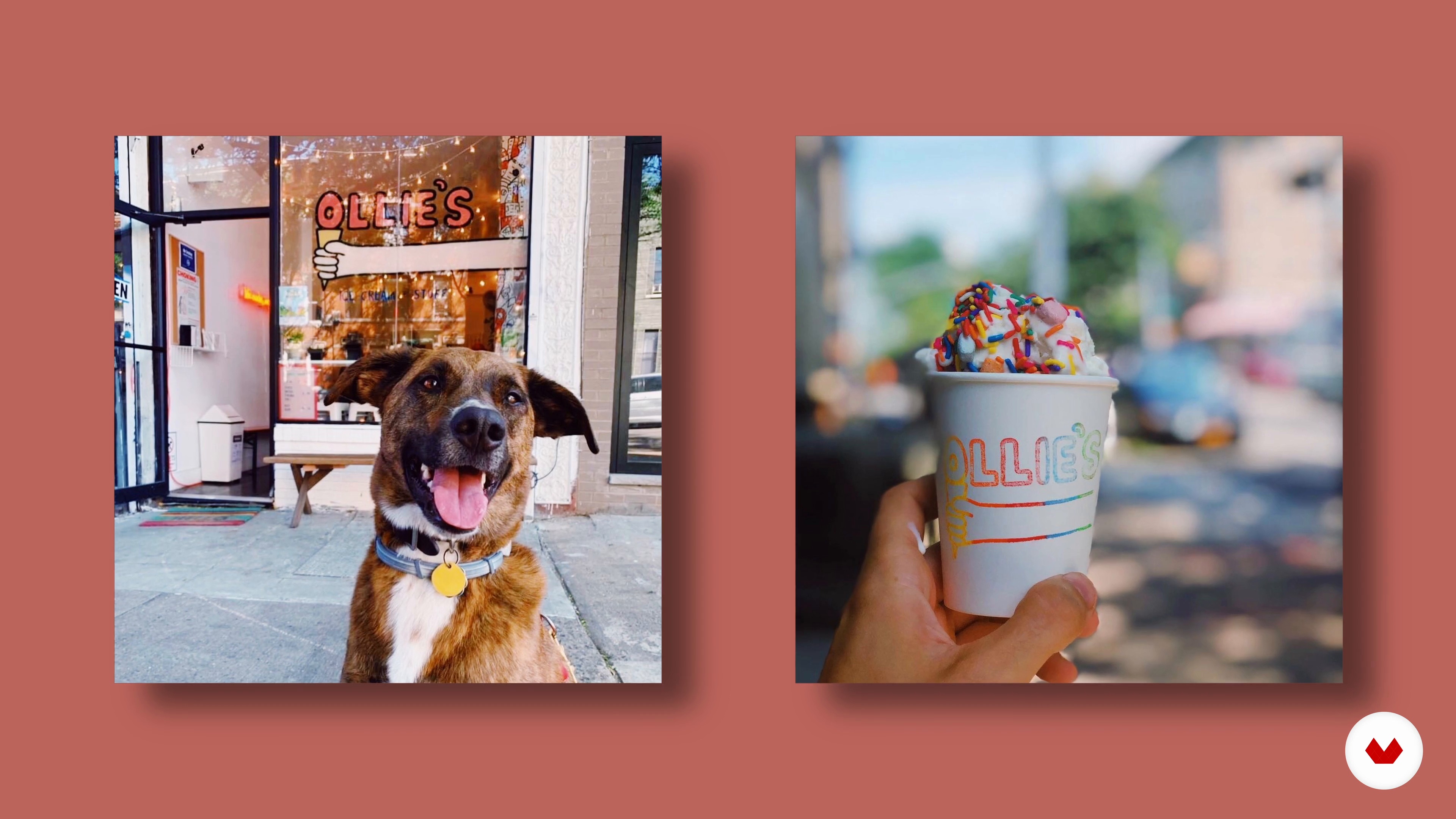
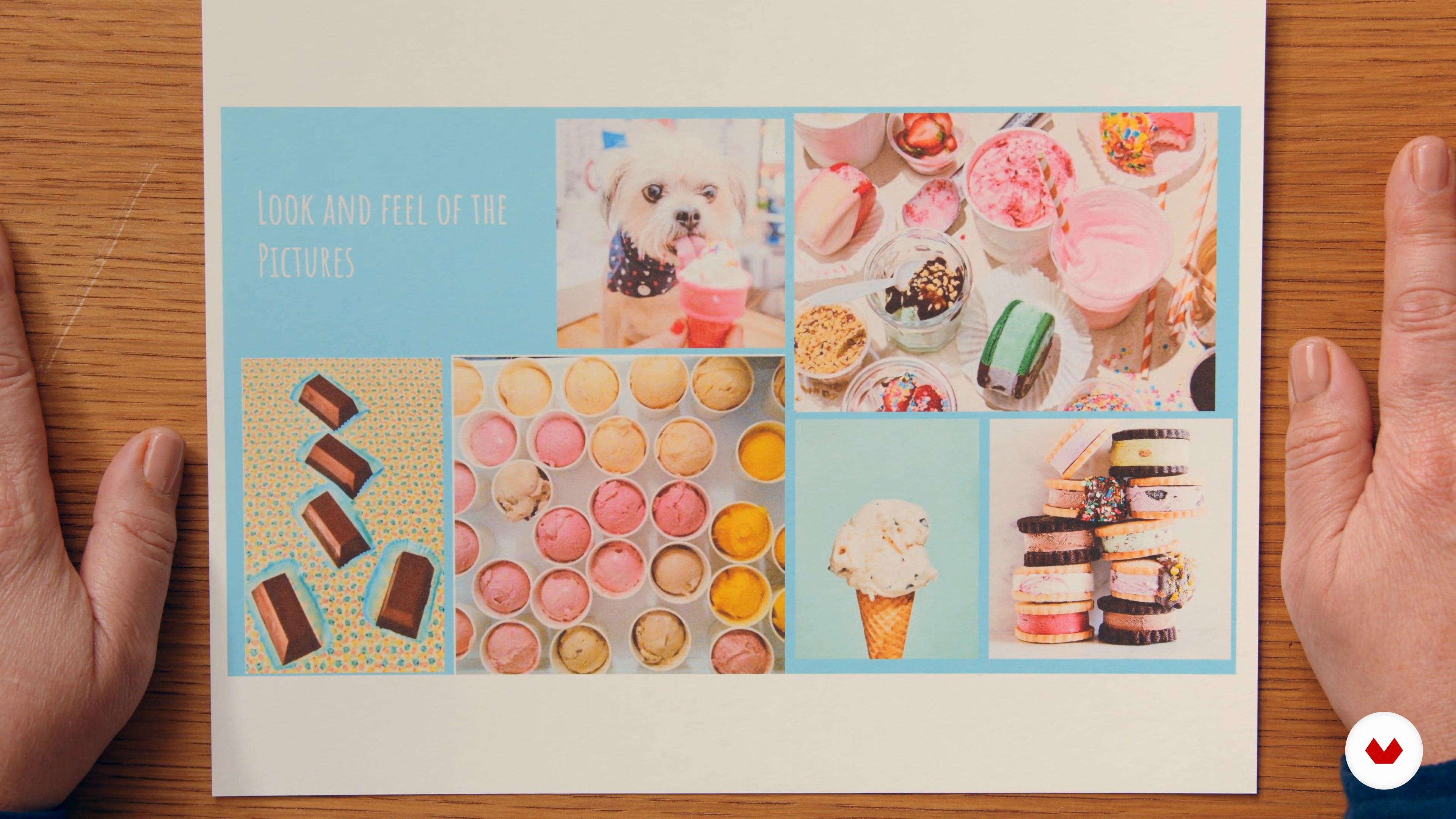
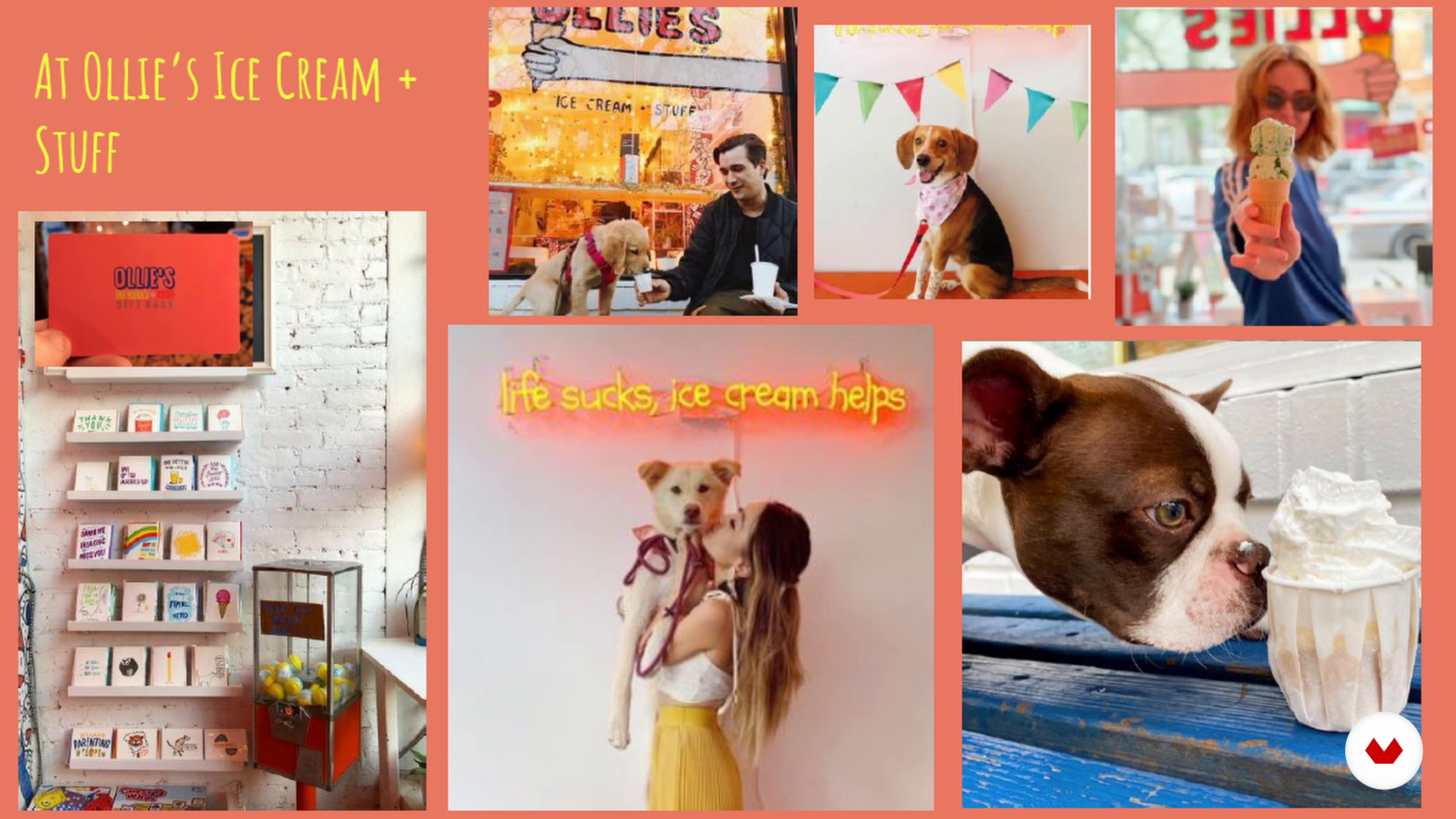
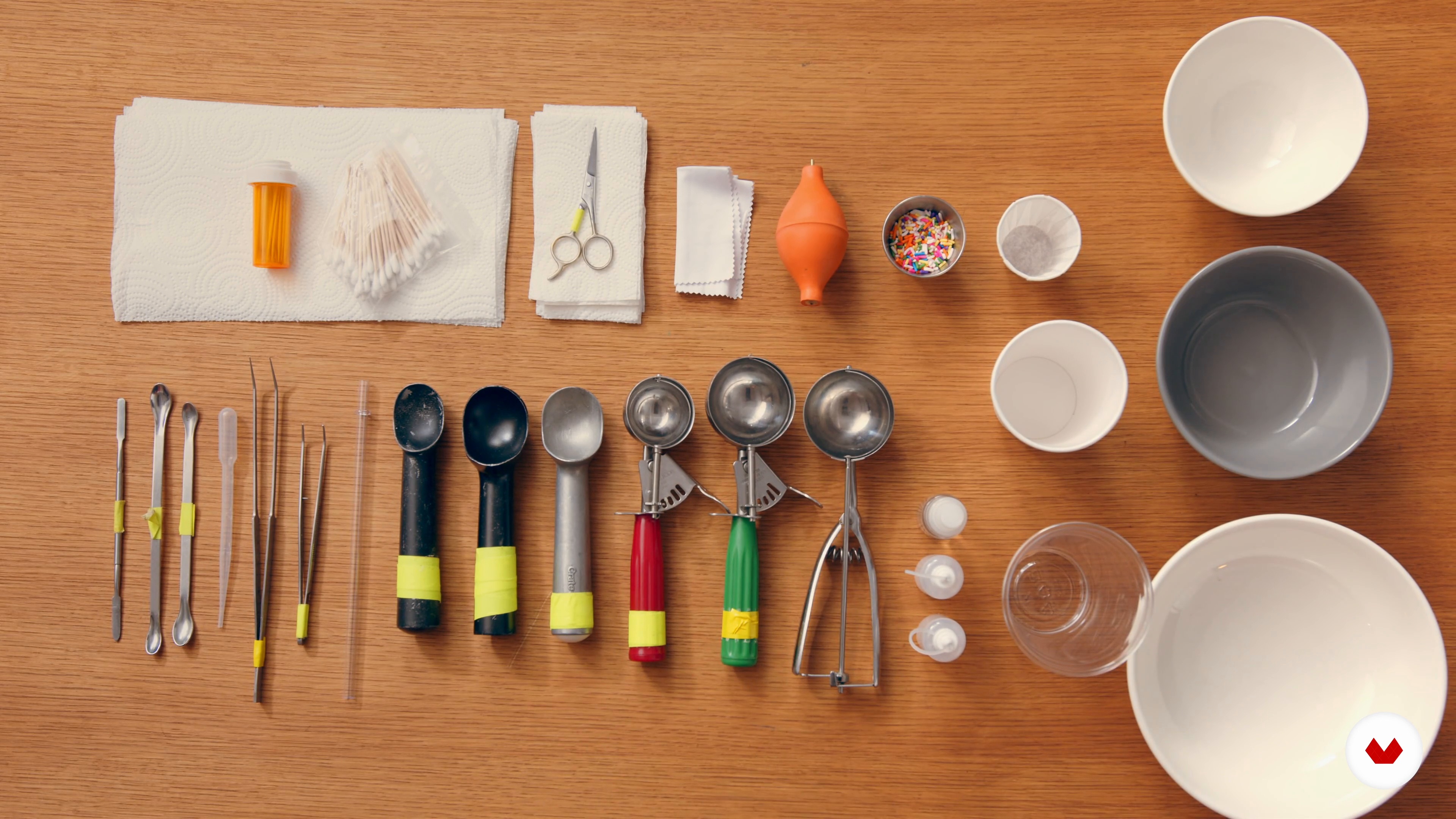
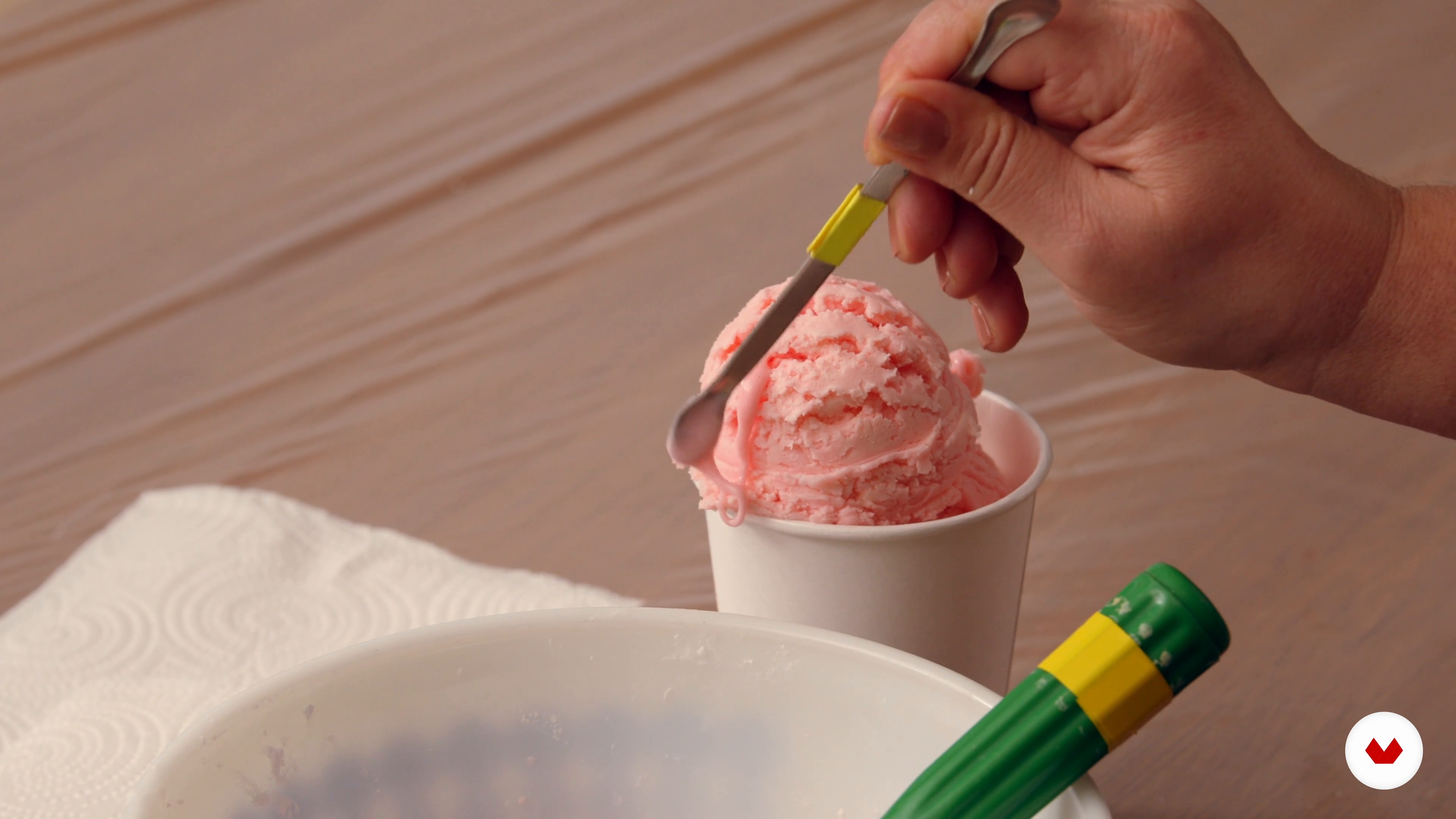

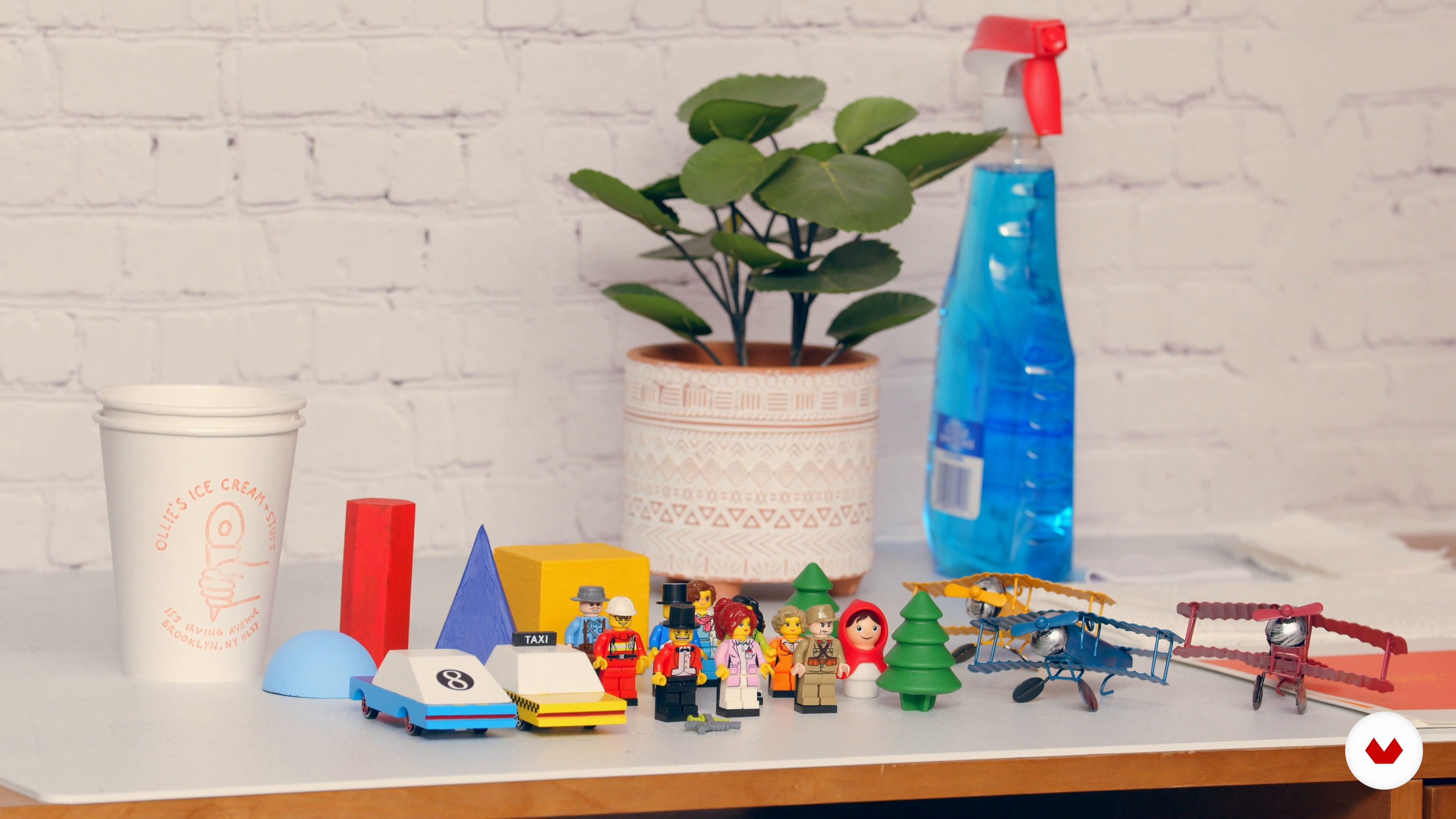
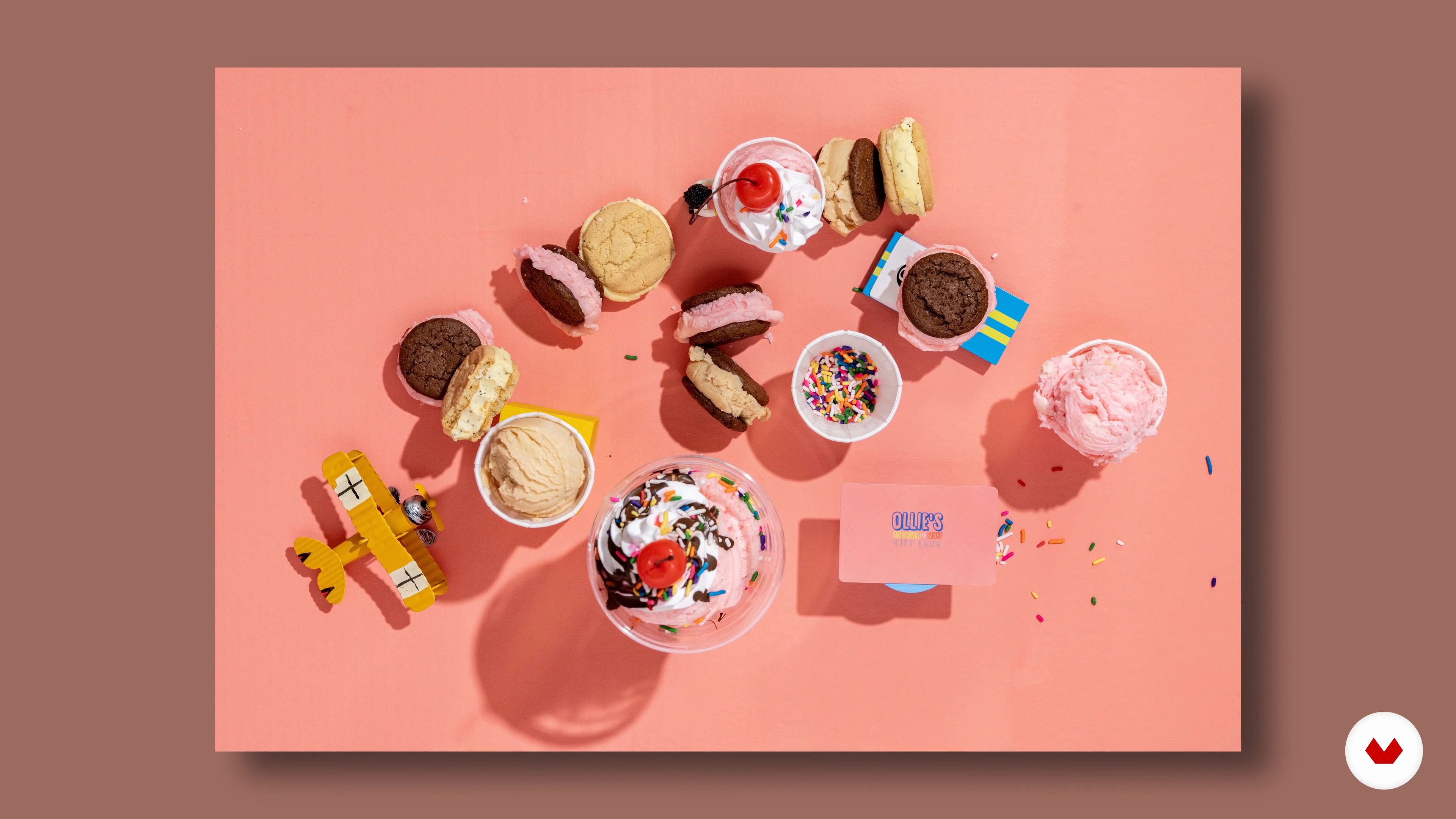
- 14 students
- 86 lessons (13h 4m)
- 118 additional resources (59 files)
- Online and at your own pace
- Audio: English, German, Spanish, Spanish (Latam), French, Italian, Dutch, Polish, Portuguese, Turkish
- Spanish · English · Portuguese · German · French · Italian · Polish · Dutch · Turkish
- Level: Beginner
- Unlimited access forever
What is this course's project?
Create a captivating visual food book showcasing your storytelling skills through photography. Develop a cohesive concept, craft a moodboard, capture evocative natural light and conceptual images, and propose commercial applications, culminating in a sequential narrative of 5-7 photographs.
Who is this specialization for?
Aspiring photographers and content creators eager to enhance their visual storytelling skills through culinary photography will benefit. Those interested in turning food into compelling narratives for artistic or commercial purposes will find this specialization insightful and transformative.
Requirements and materials
No extensive prior knowledge is needed for this course, just a passion for culinary photography. Basic necessities include a camera or smartphone, natural light access, and a simple food styling kit. Creativity and curiosity to explore visual storytelling are key.







What to expect from this specialization course
-
Learn at your own pace
Enjoy learning from home without a set schedule and with an easy-to-follow method. You set your own pace.
-
Learn from the best professionals
Learn valuable methods and techniques explained by top experts in the creative sector.
-
Meet expert teachers
Each expert teaches what they do best, with clear guidelines, true passion, and professional insight in every lesson.
-
Certificates
PlusIf you're a Plus member, get a custom certificate for every specialization course. Share it on your portfolio, social media, or wherever you like.
-
Get front-row seats
Videos of the highest quality, so you don't miss a single detail. With unlimited access, you can watch them as many times as you need to perfect your technique.
-
Share knowledge and ideas
Ask questions, request feedback, or offer solutions. Share your learning experience with other students in the community who are as passionate about creativity as you are.
-
Connect with a global creative community
The community is home to millions of people from around the world who are curious and passionate about exploring and expressing their creativity.
-
Watch professionally produced courses
Domestika curates its teacher roster and produces every course in-house to ensure a high-quality online learning experience.
FAQs
What are Domestika's online courses?
Domestika courses are online classes that allow you to learn new skills and create incredible projects. All our courses include the opportunity to share your work with other students and/or teachers, creating an active learning community. We offer different formats:
Original Courses: Complete classes that combine videos, texts, and educational materials to complete a specific project from start to finish.
Basics Courses: Specialized training where you master specific software tools step by step.
Specialization Courses: Learning paths with various expert teachers on the same topic, perfect for becoming a specialist by learning from different approaches.
Guided Courses: Practical experiences ideal for directly acquiring specific skills.
Intensive Courses (Deep Dives): New creative processes based on artificial intelligence tools in an accessible format for in-depth and dynamic understanding.
When do the specialization courses start and when do they finish?
All specialization courses are 100% online, so once they're published, specialization courses start and finish whenever you want. You set the pace of the class. You can go back to review what interests you most and skip what you already know, ask questions, answer questions, share your projects, and more.
What do Domestika's specialization courses include?
The specialization courses are divided into different modules. Each one includes lessons, informational text, tasks, and practice exercises to help you carry out your project step by step, with additional complementary resources and downloads. You'll also have access to an exclusive forum where you can interact with other students, as well as share your work and your final project, creating a community around the specialization courses.
Have you been given a specialization courses?
You can redeem the specialization courses you received by accessing the redeeming page and entering your gift code.

